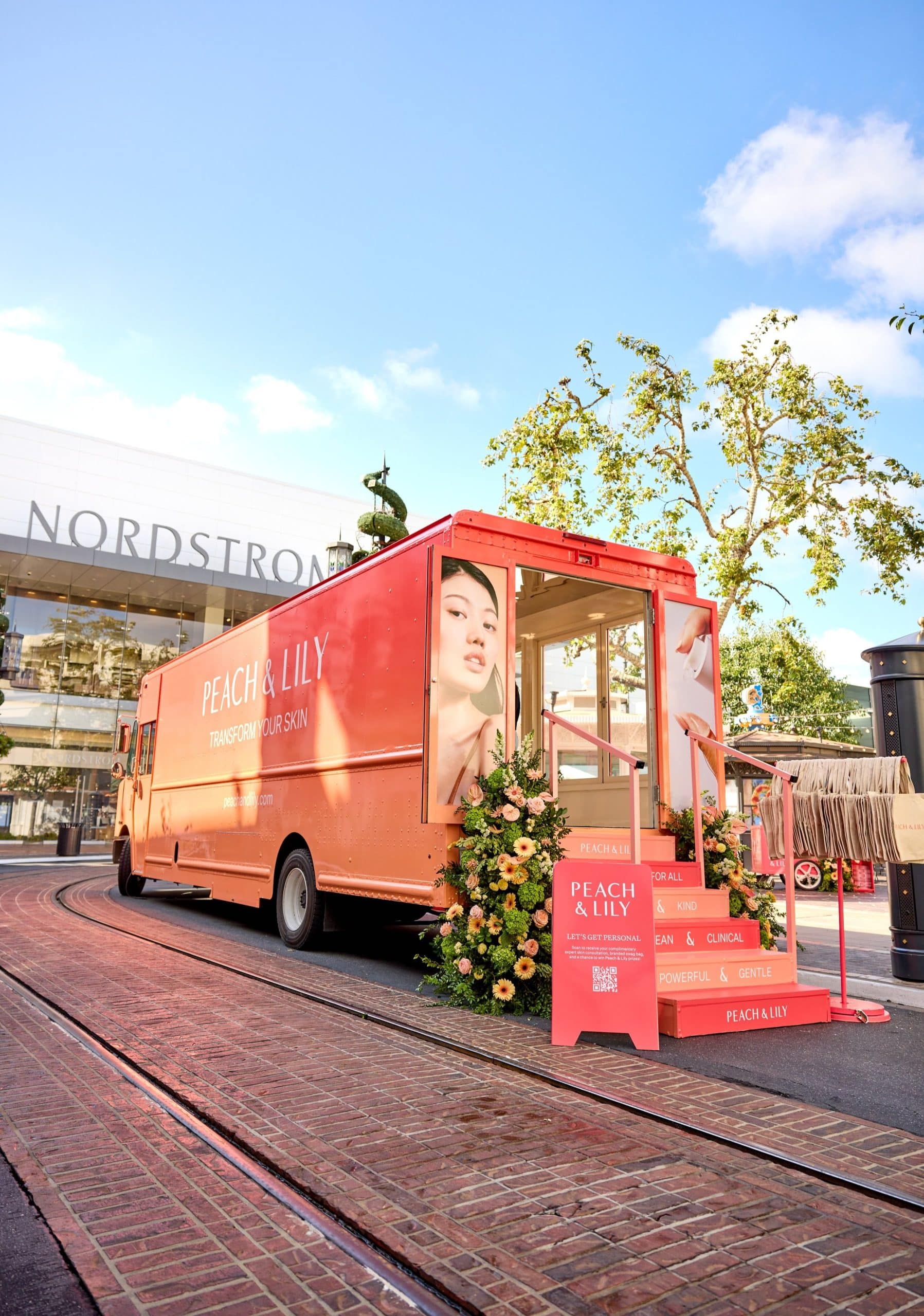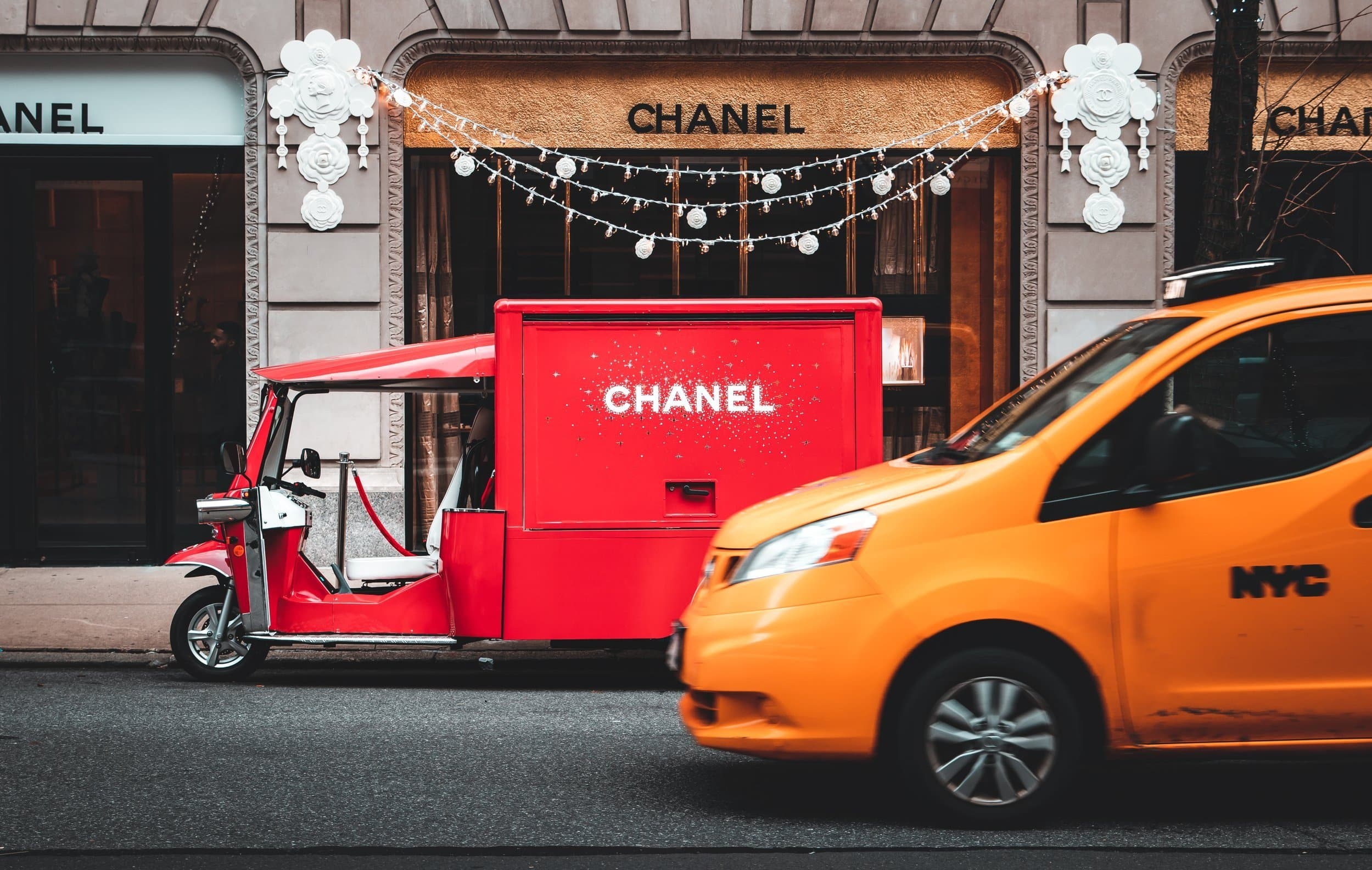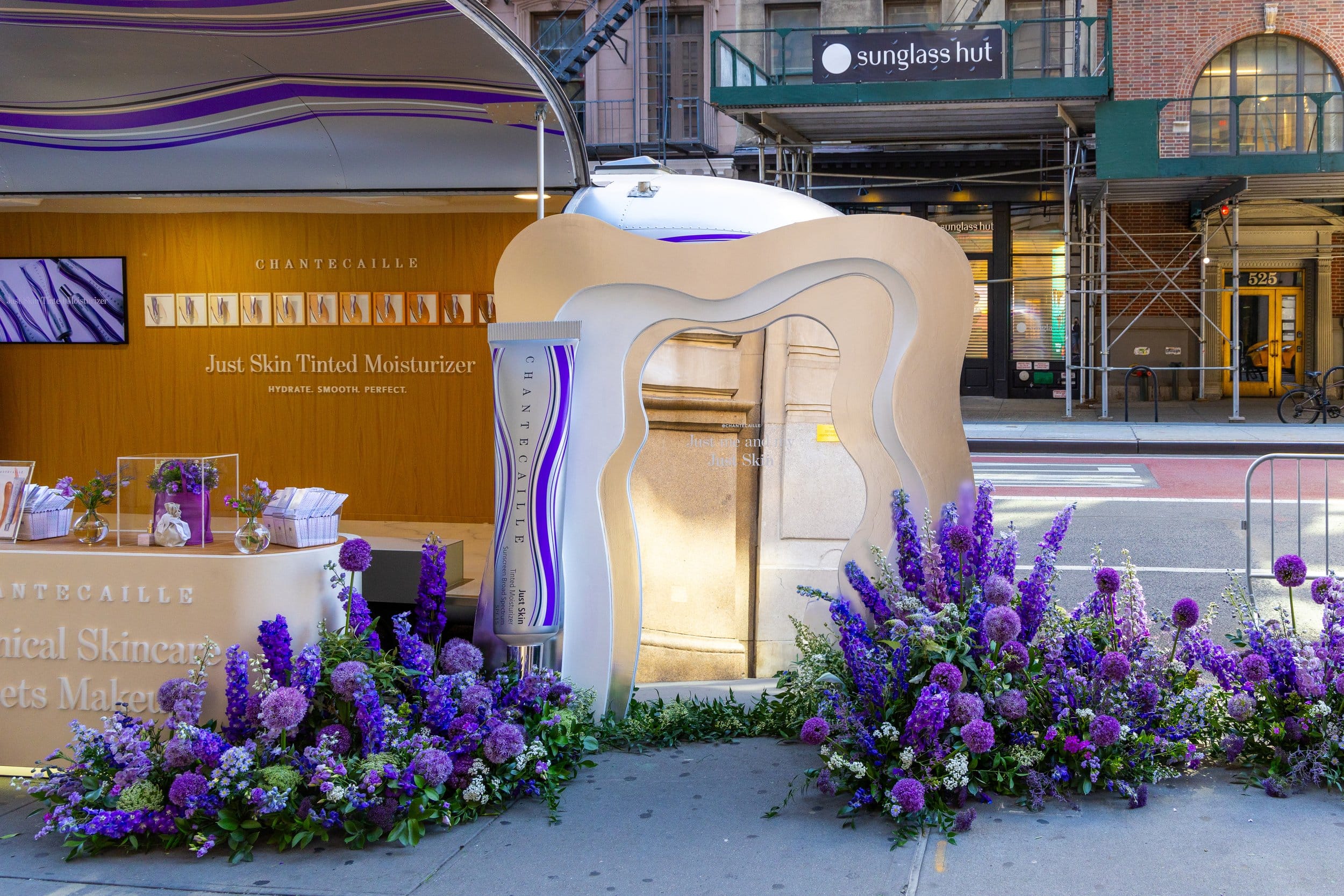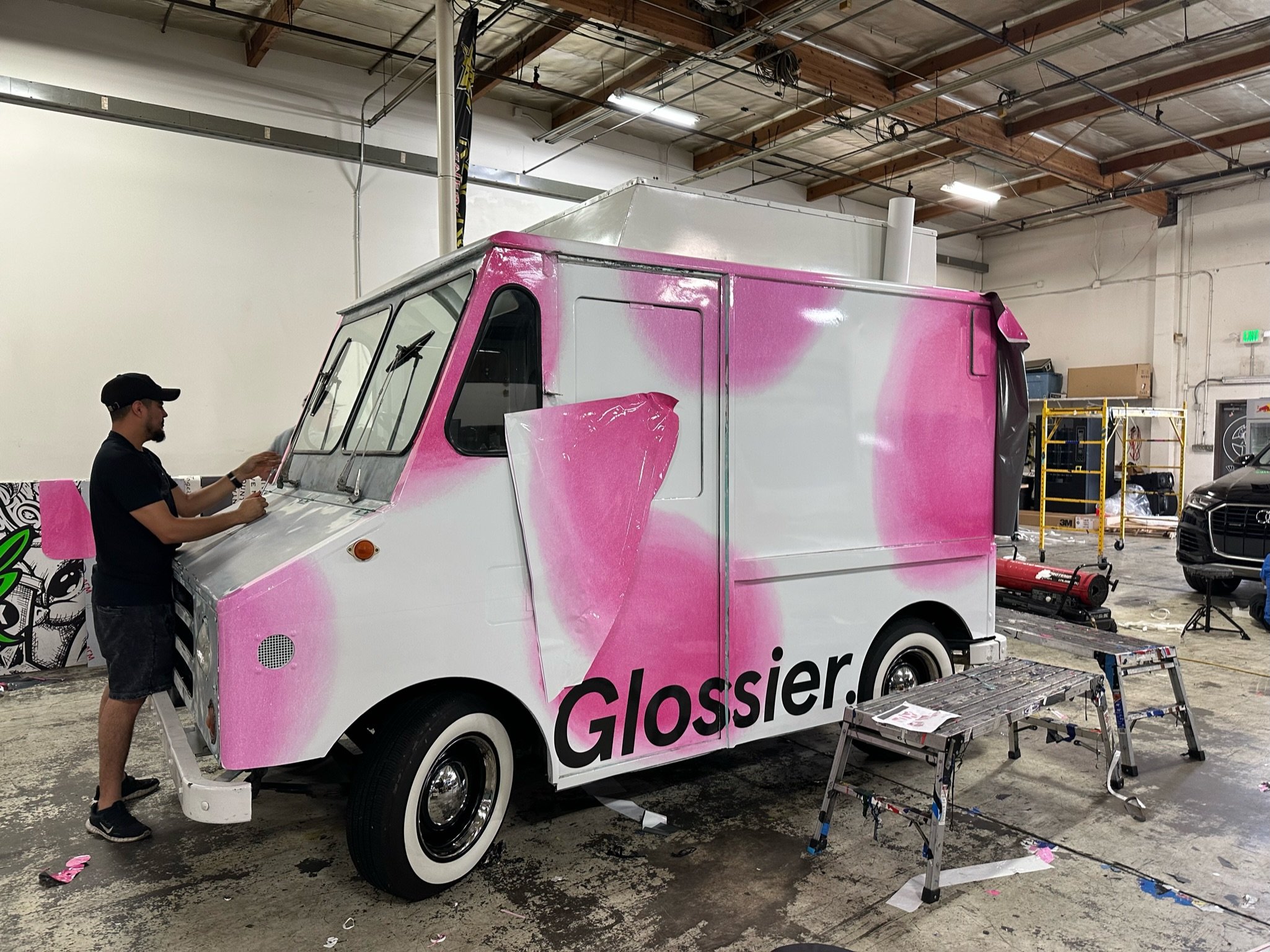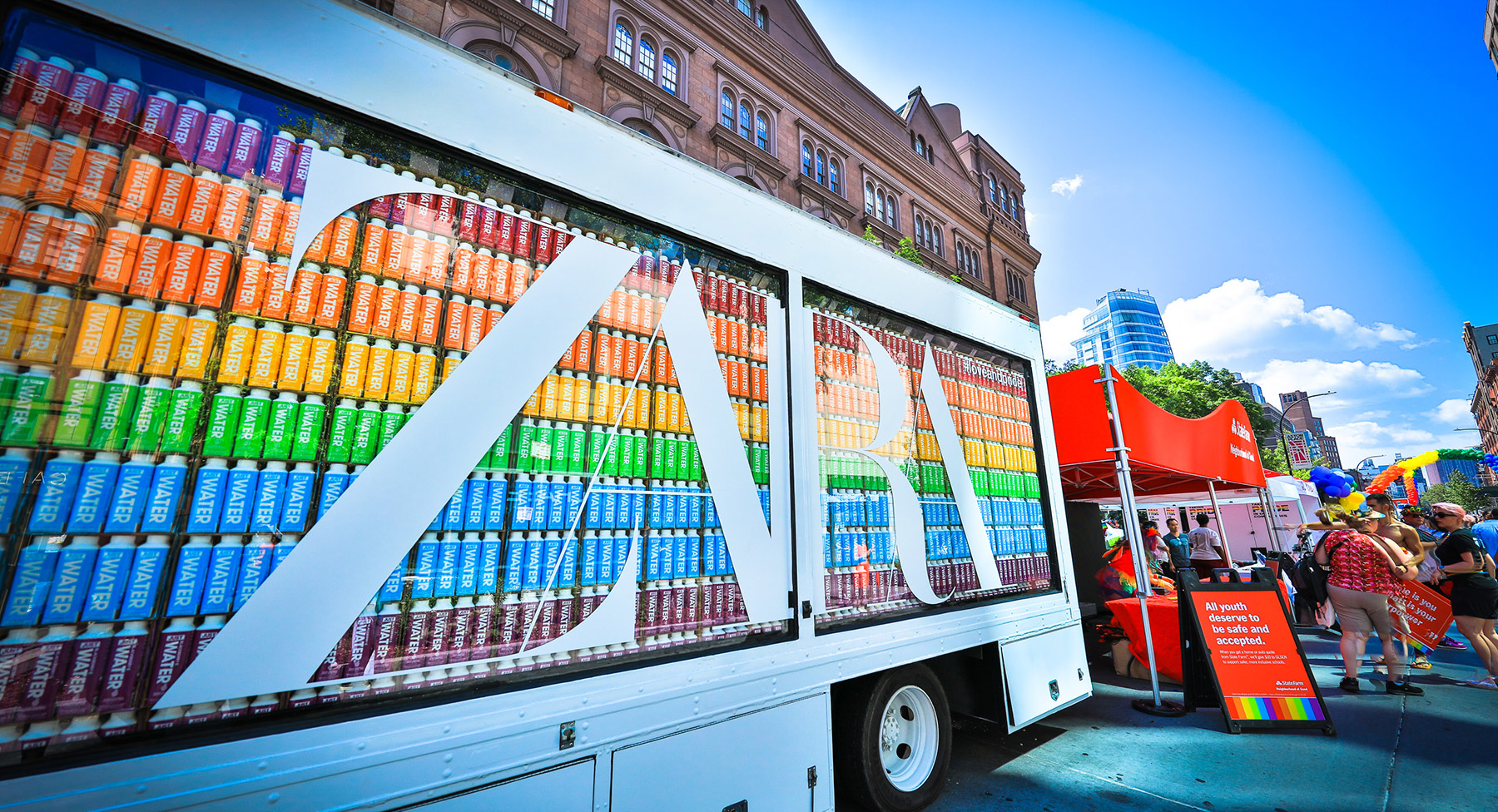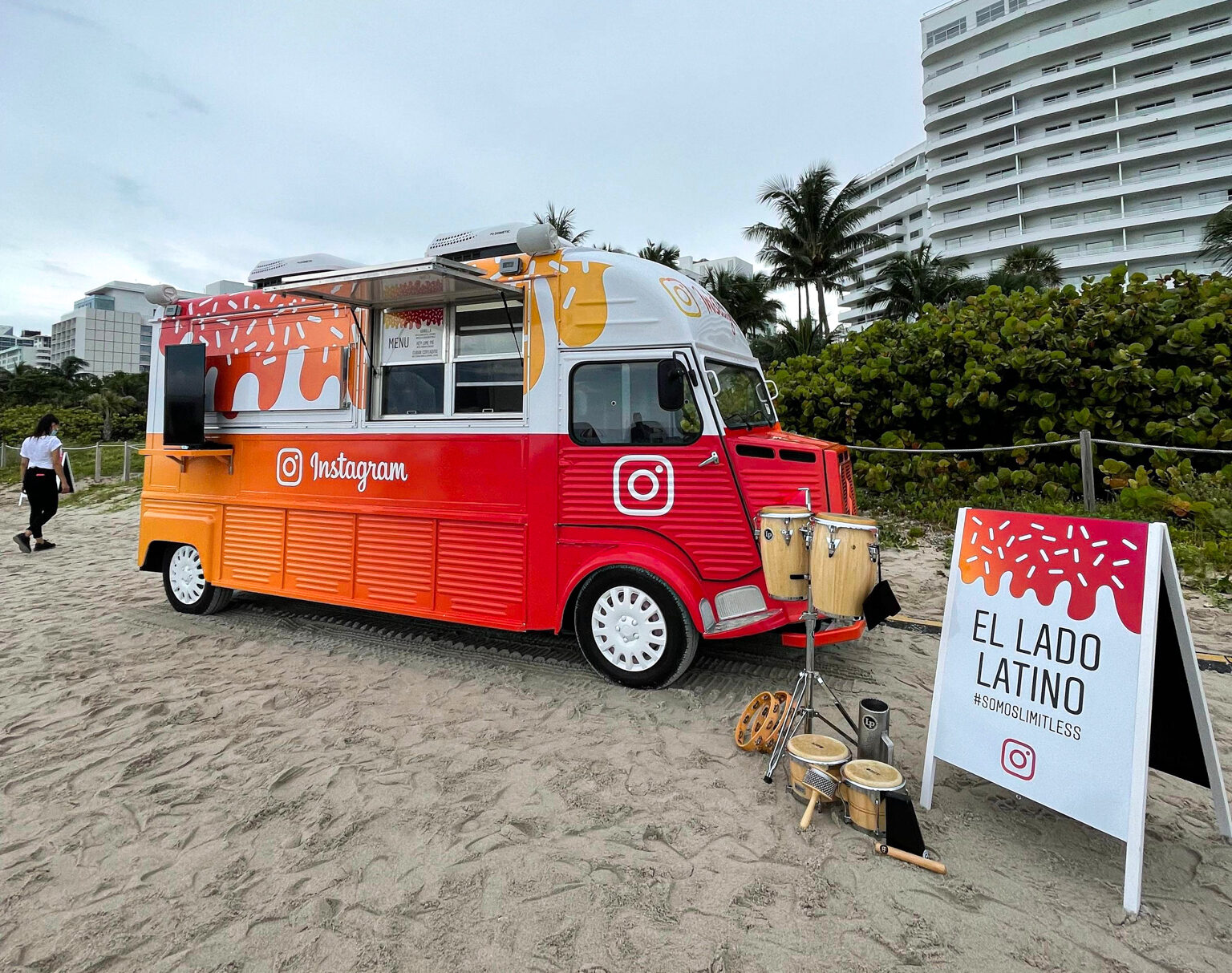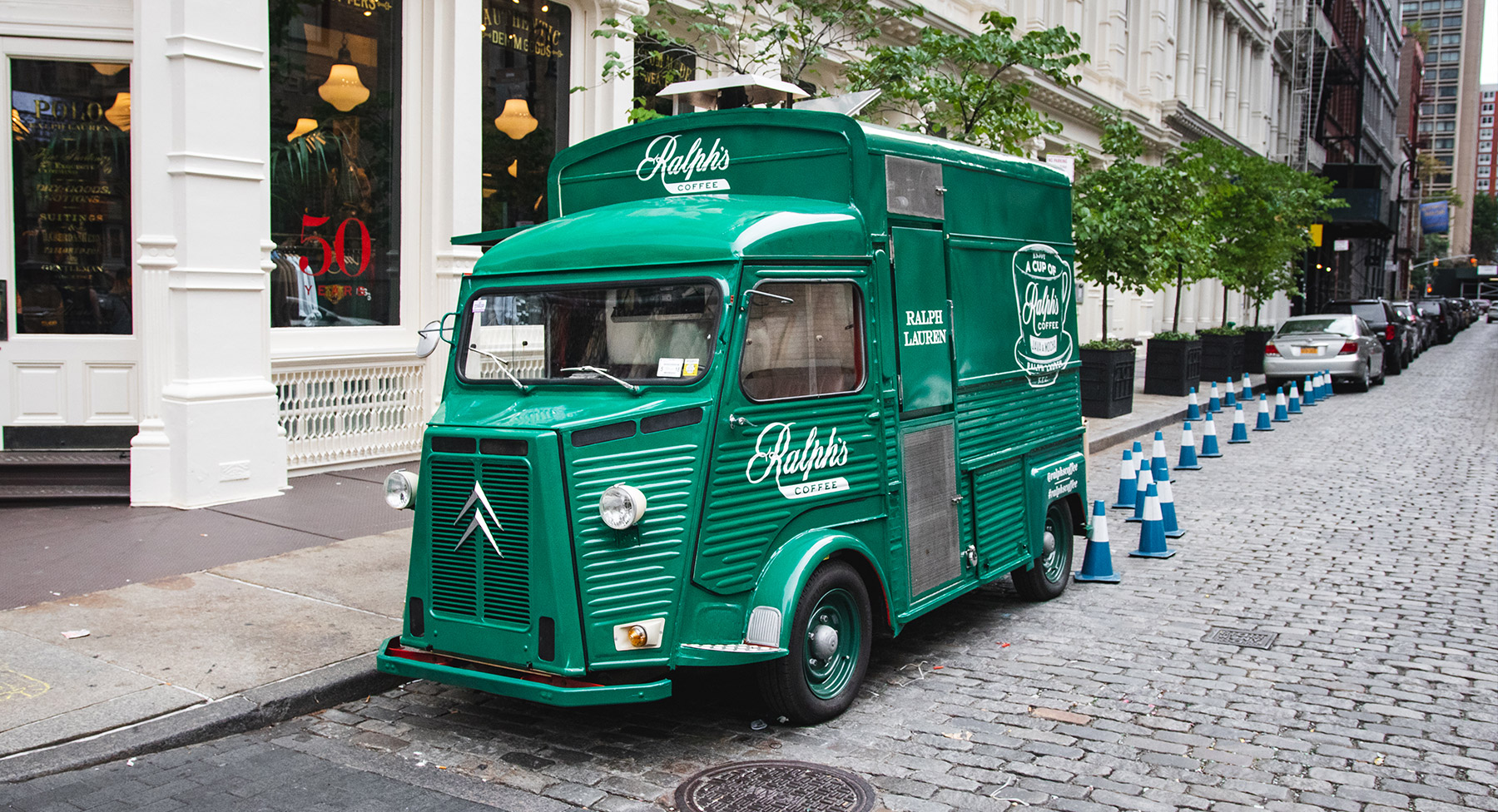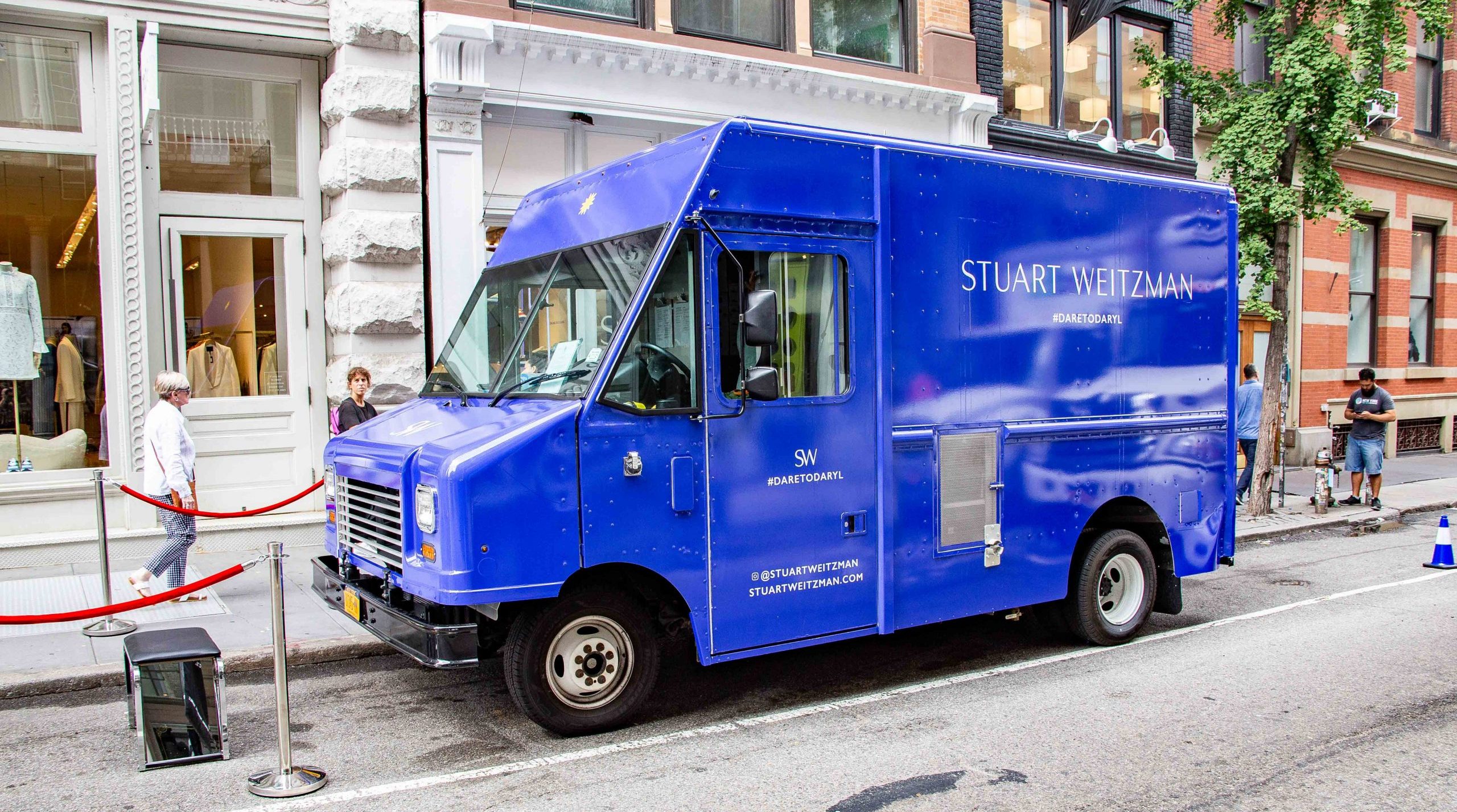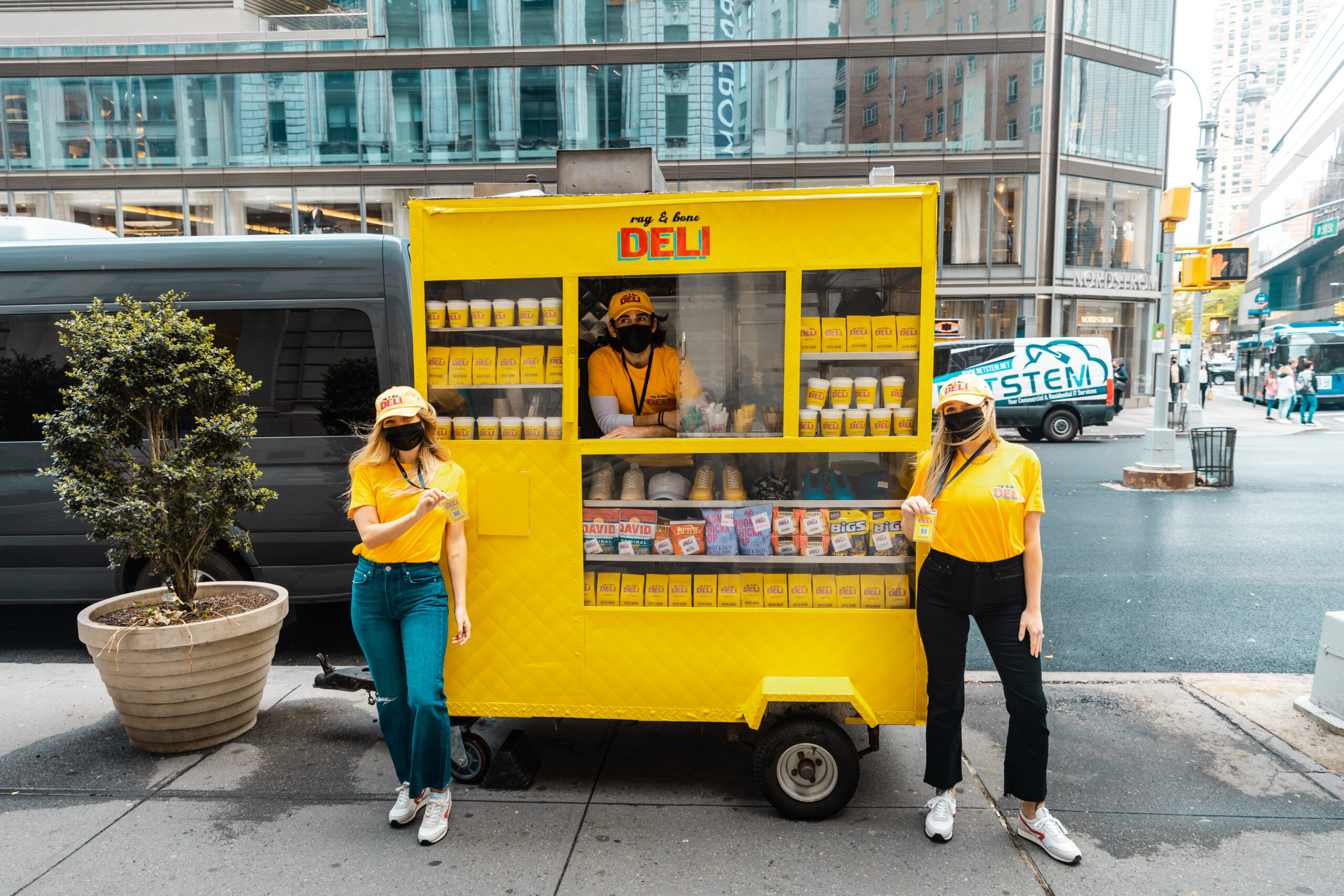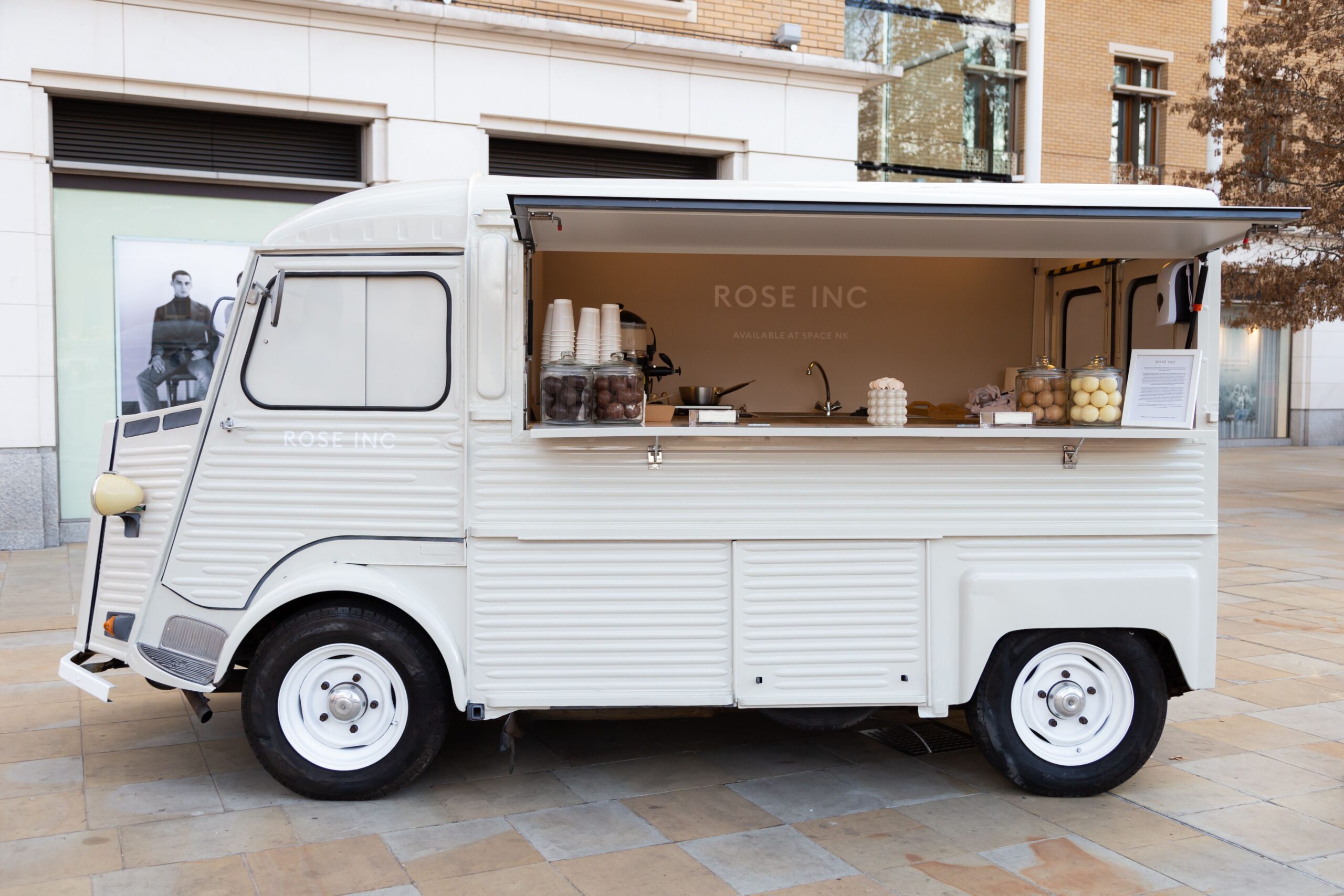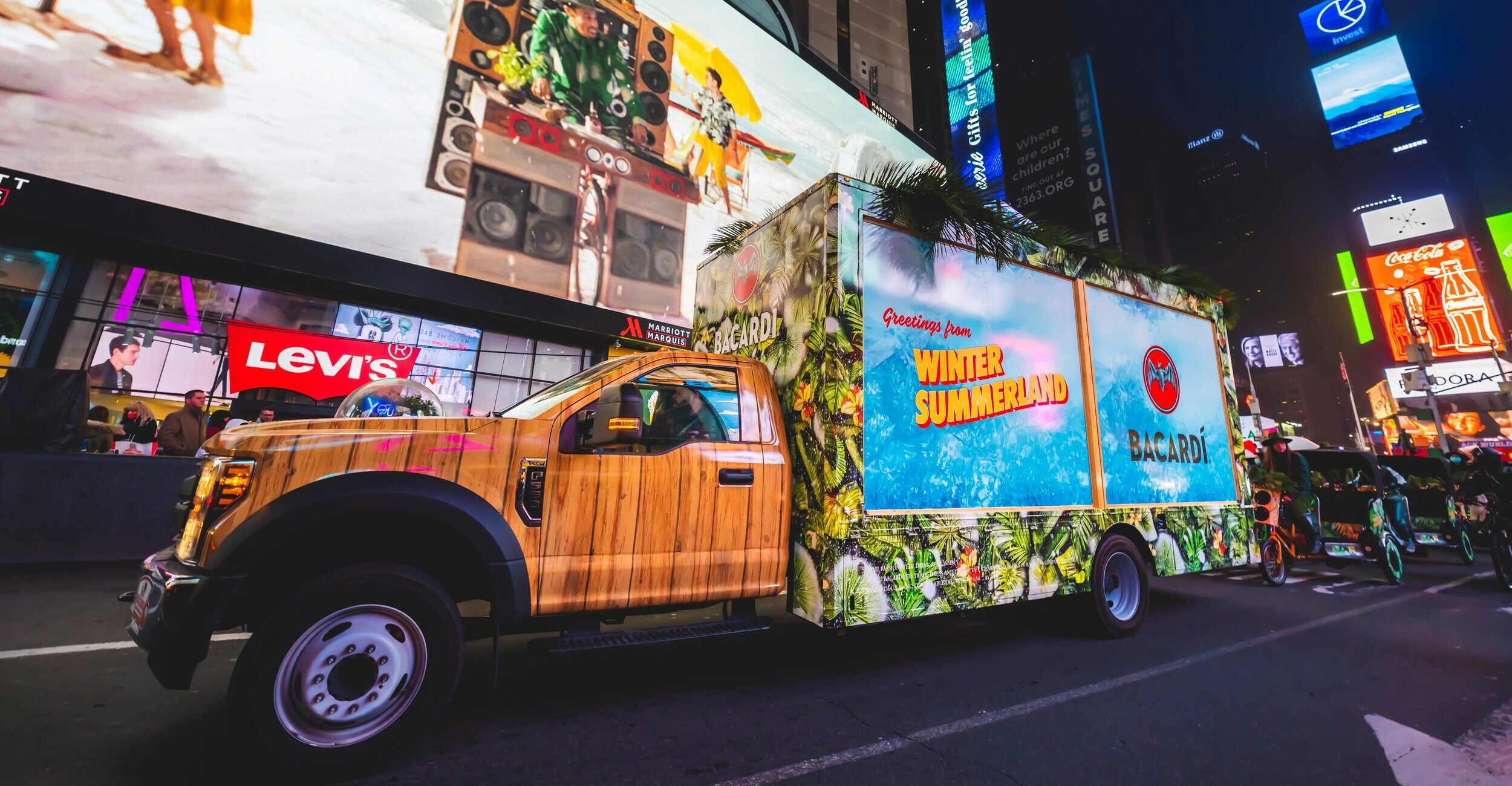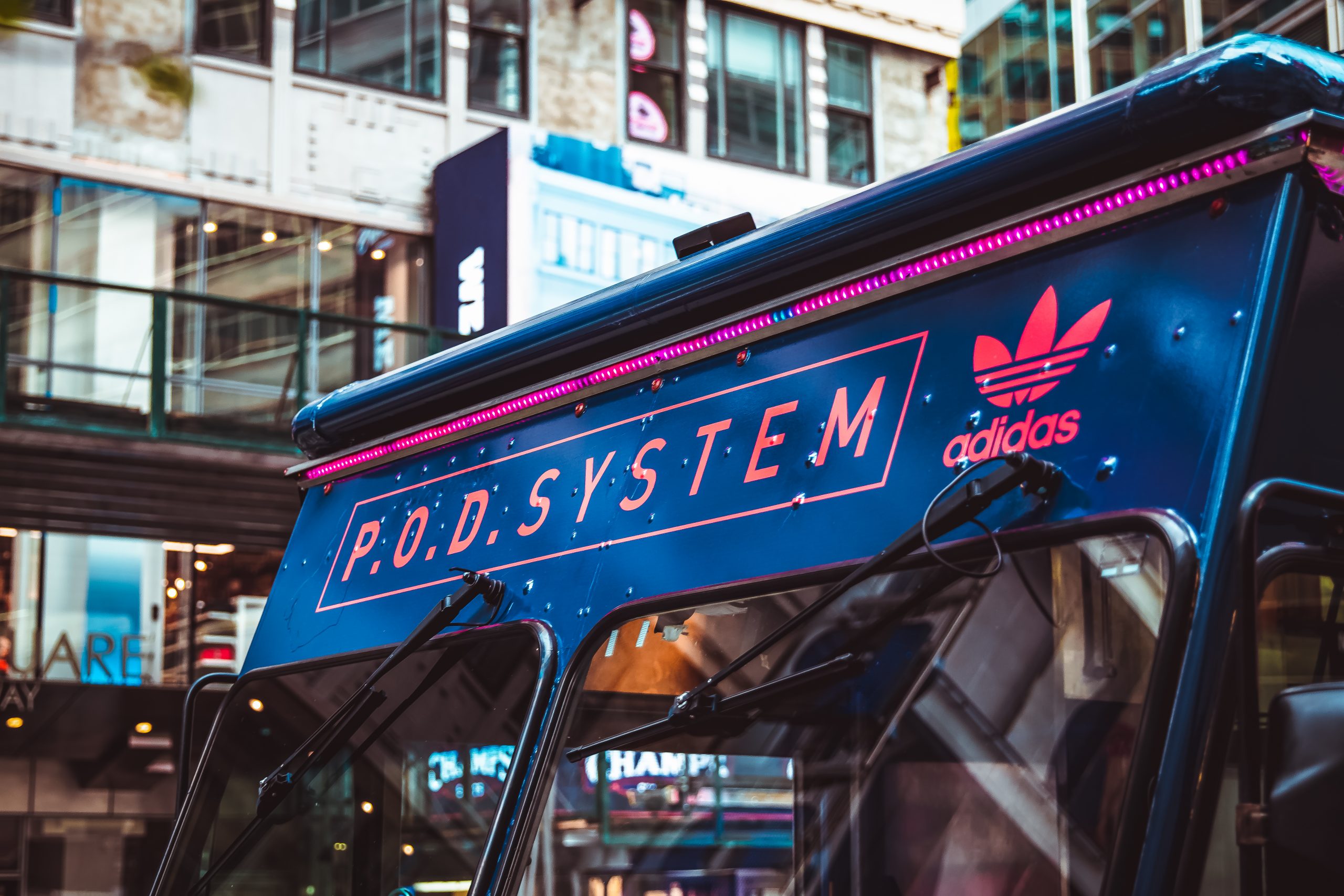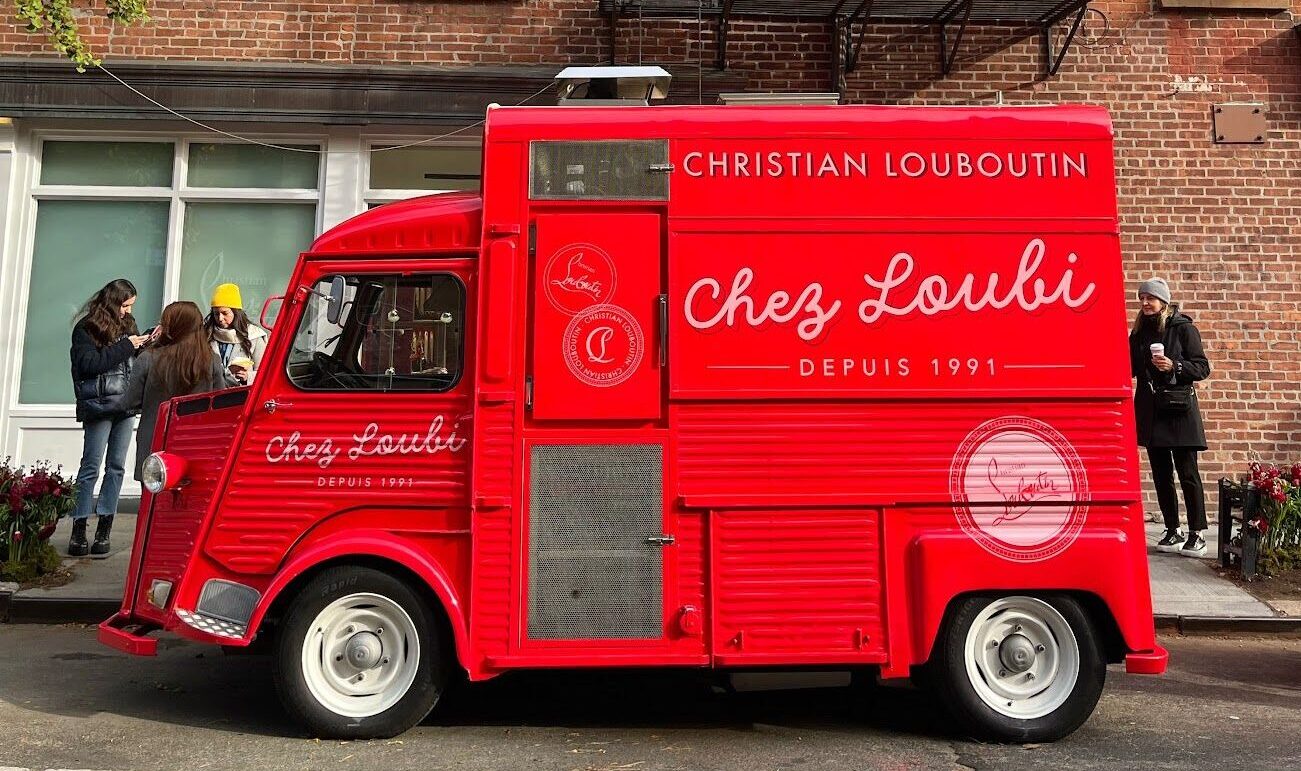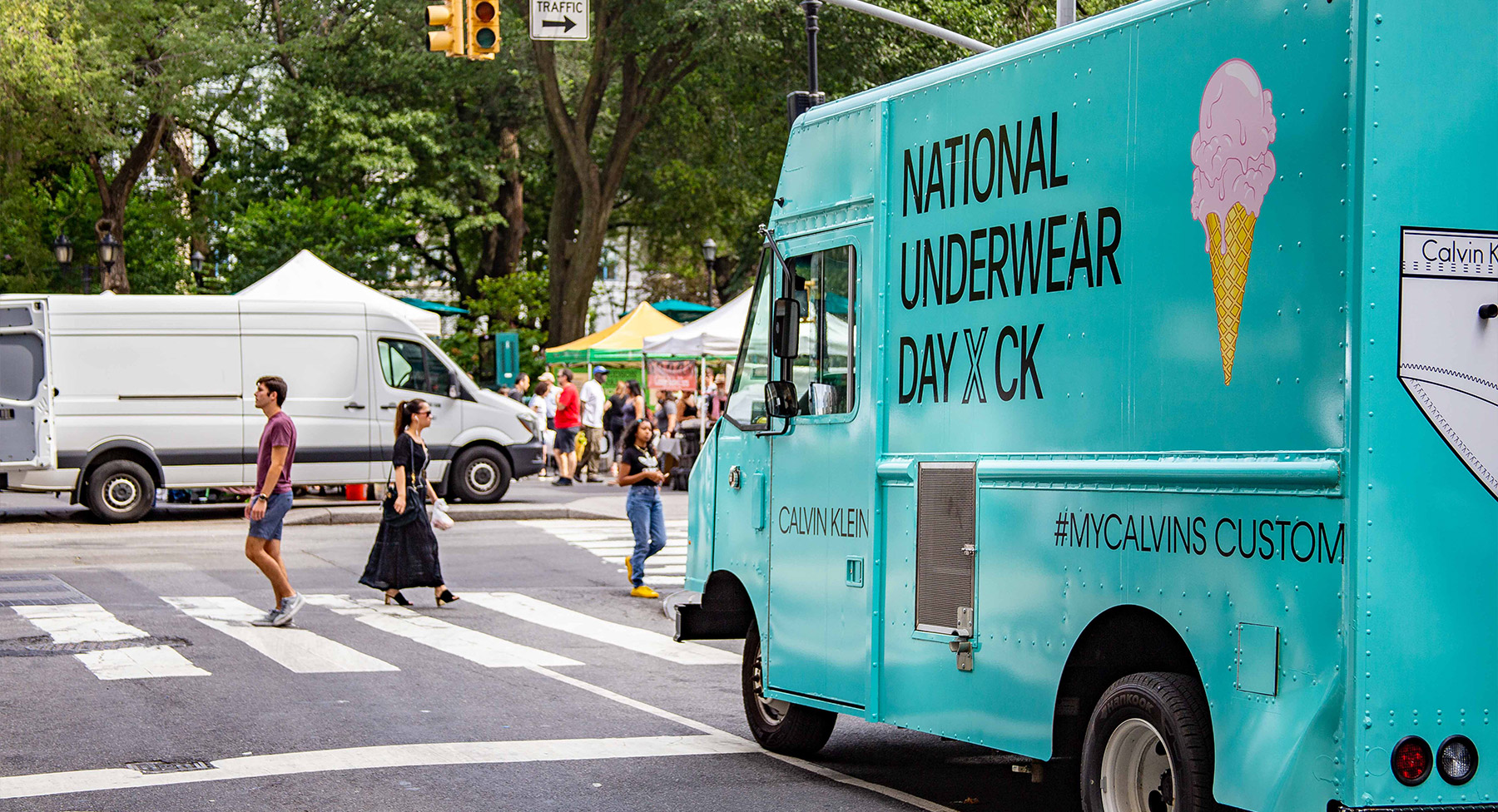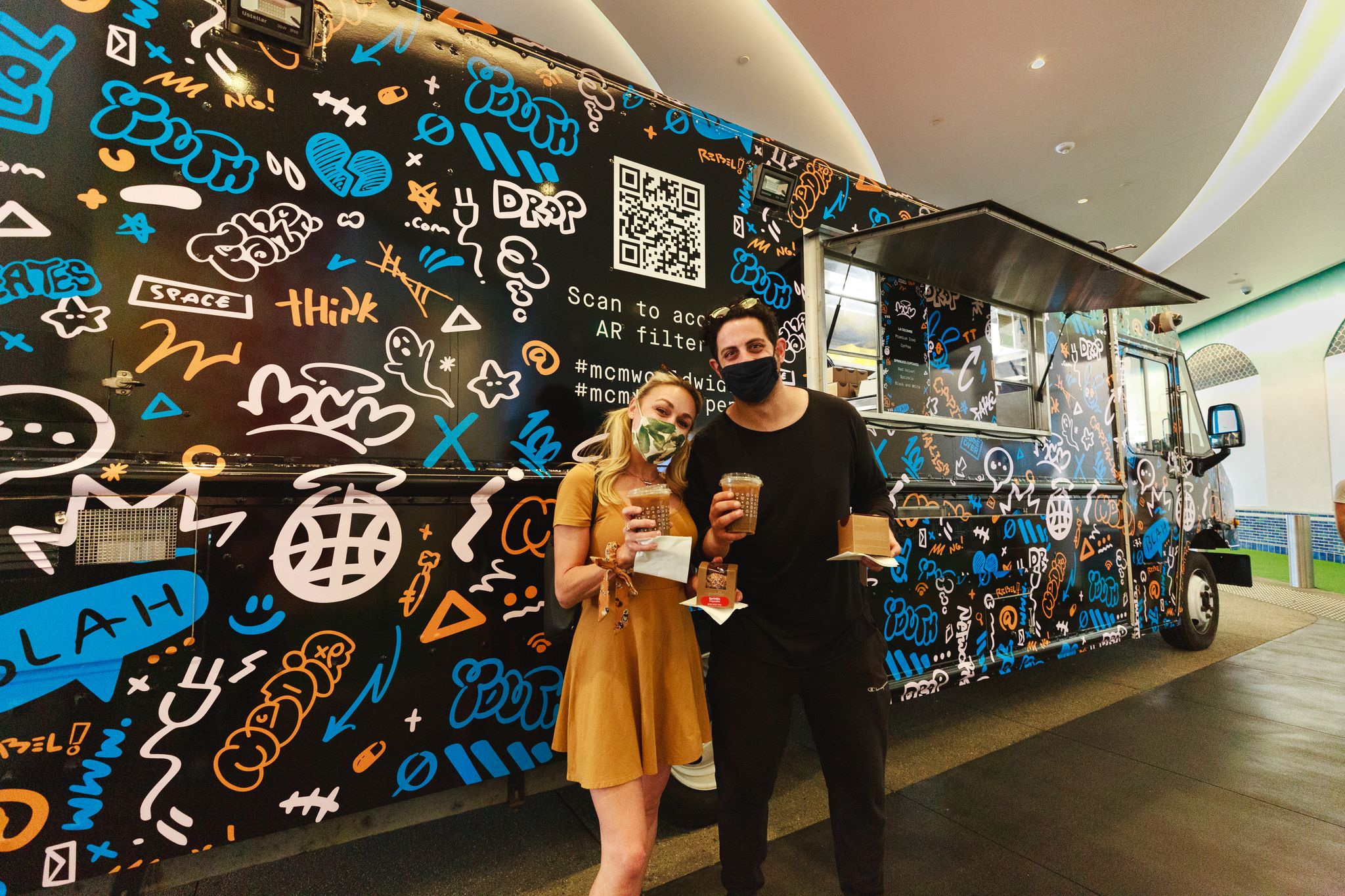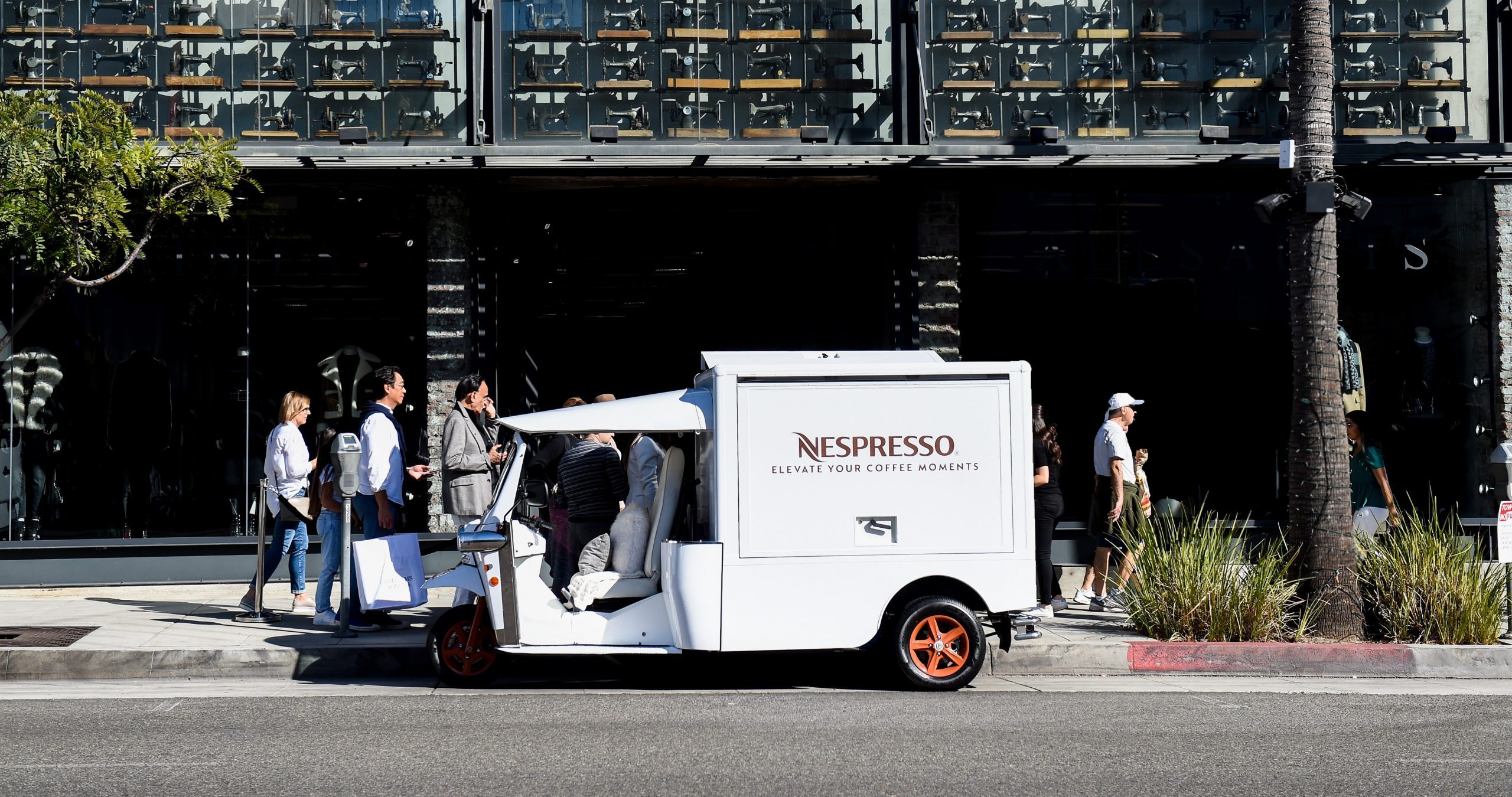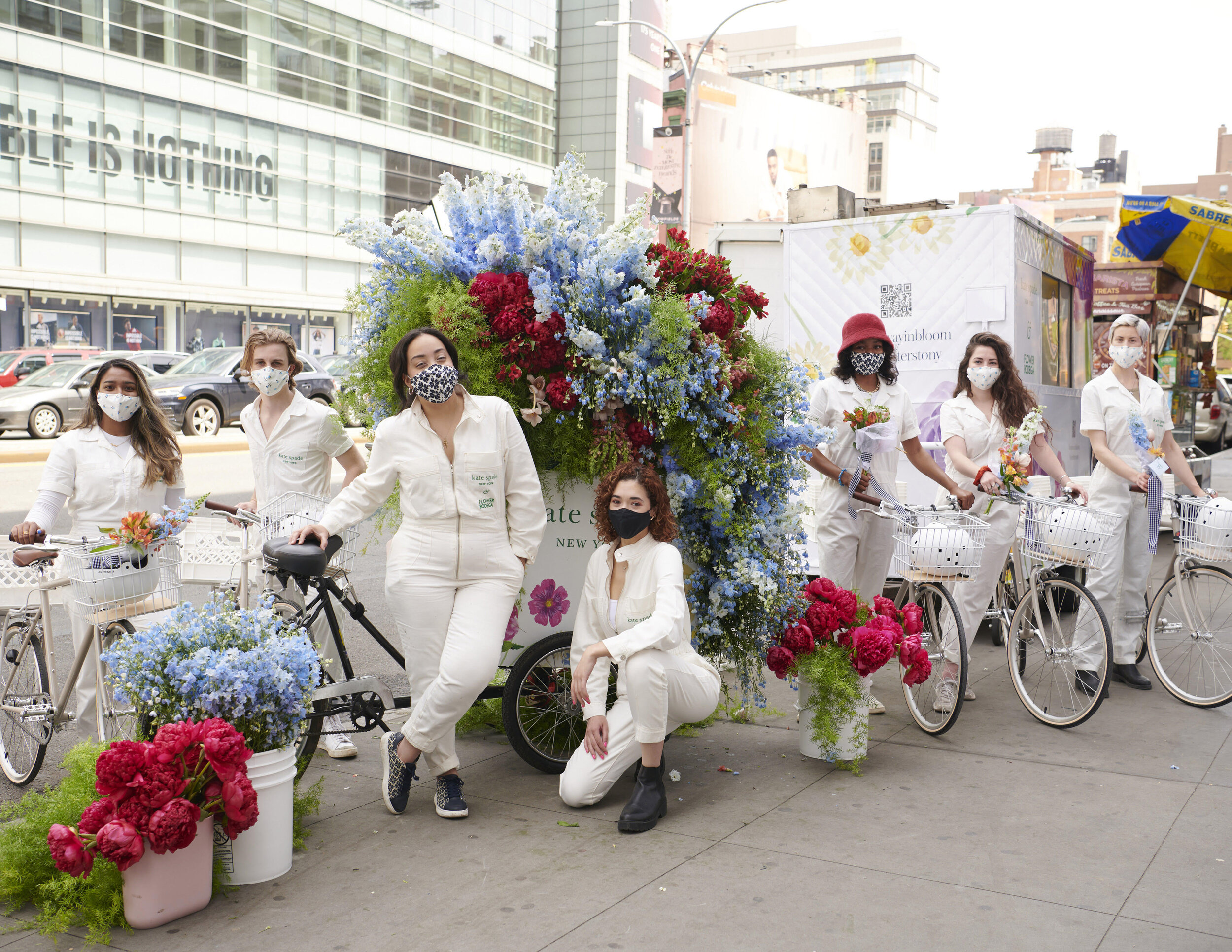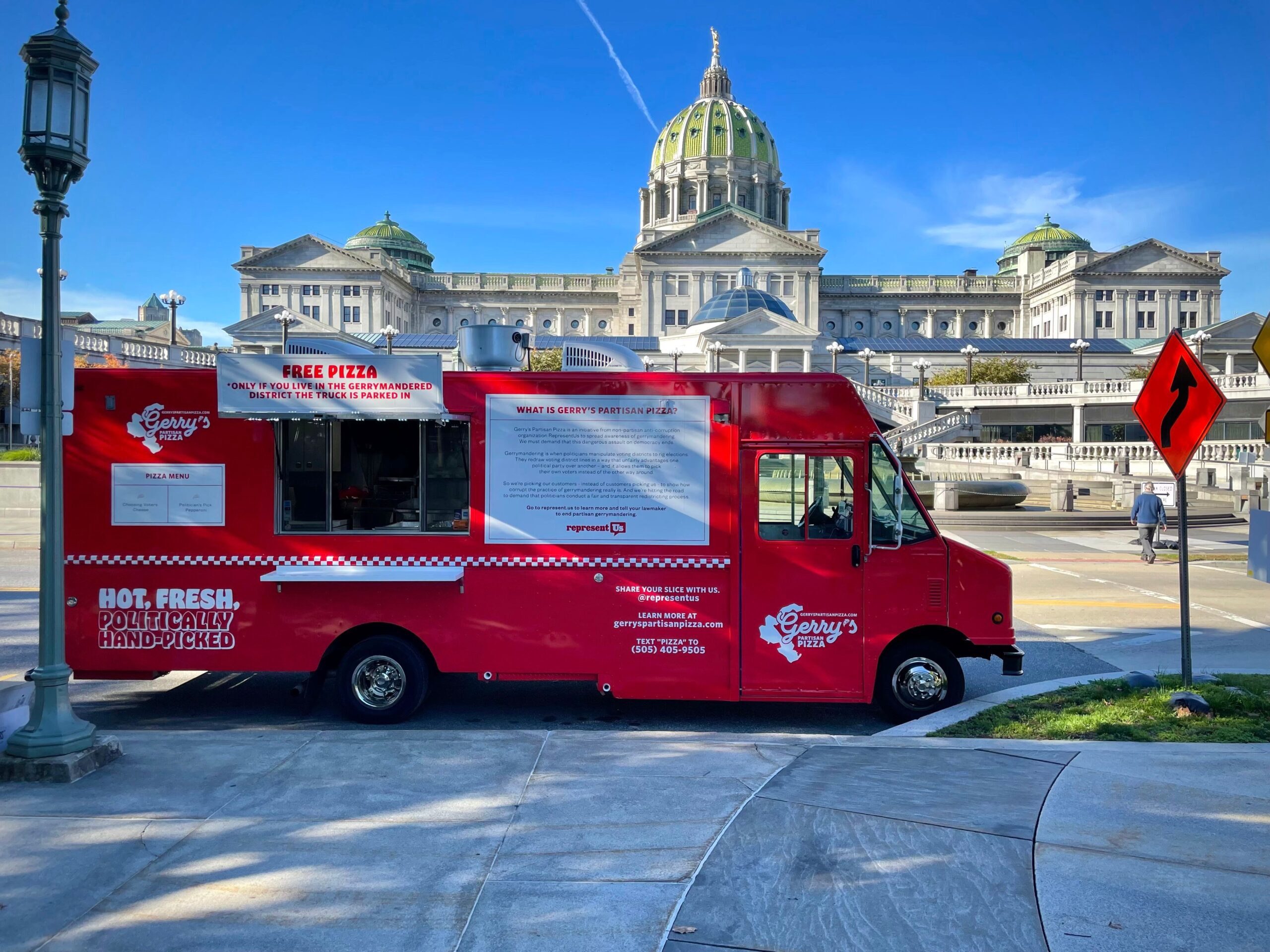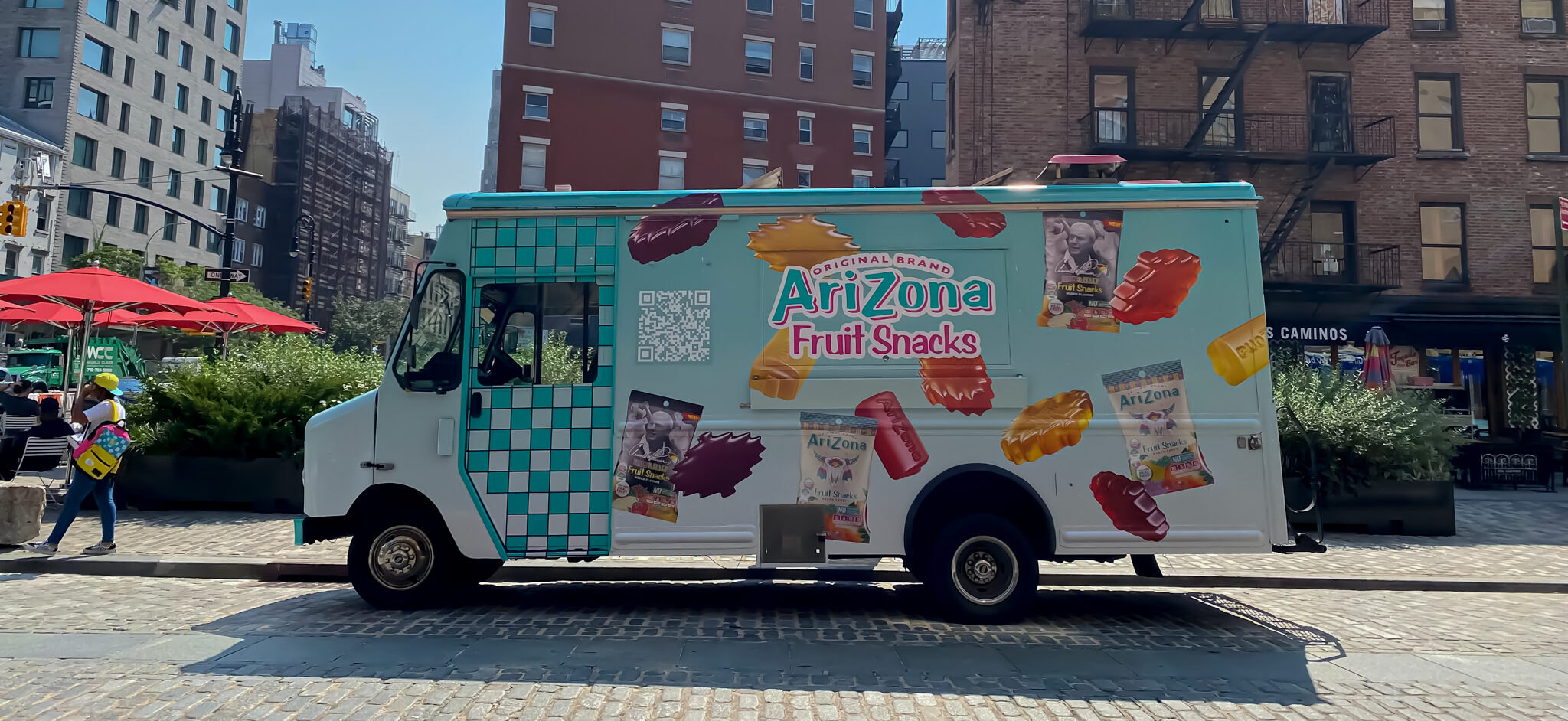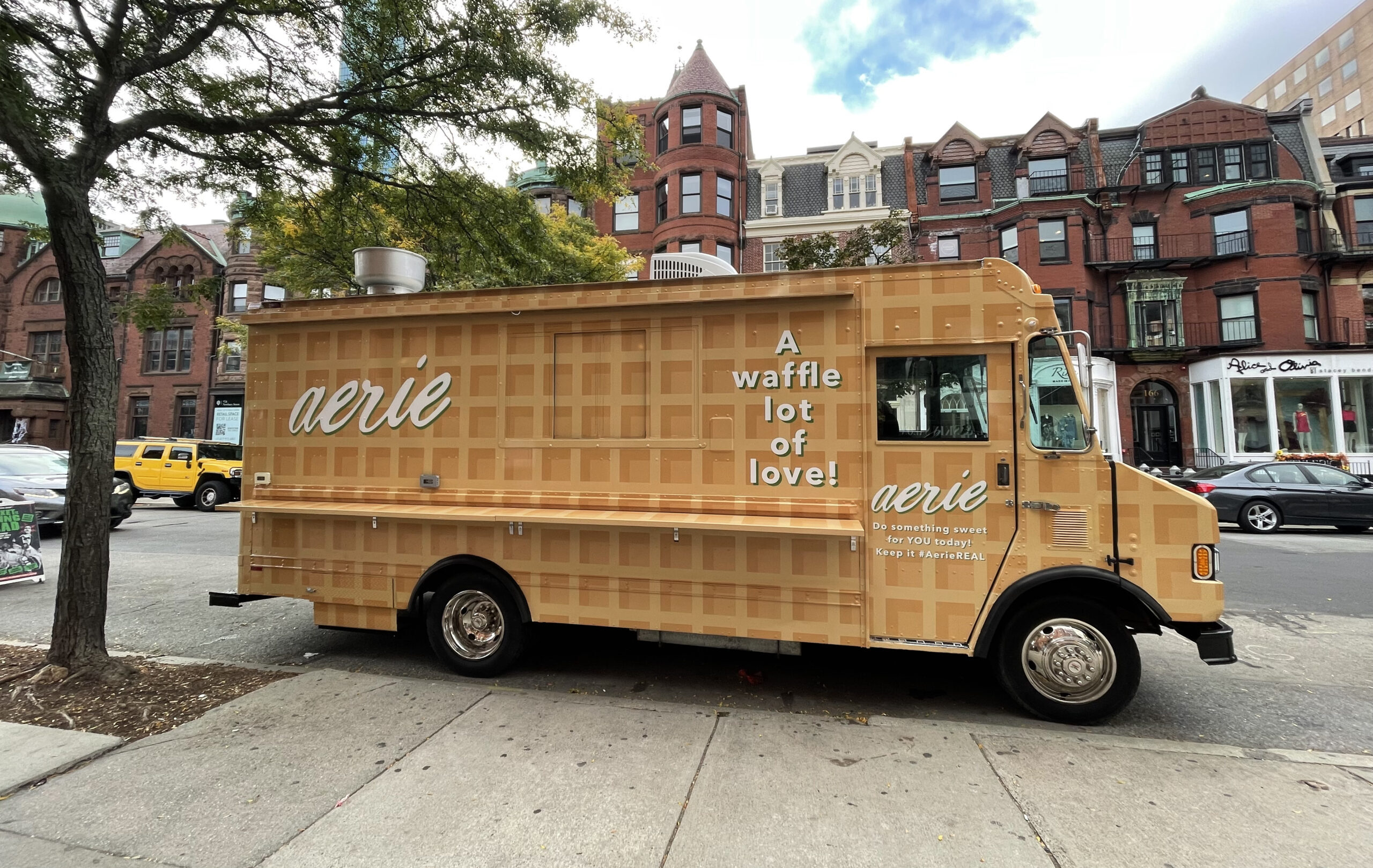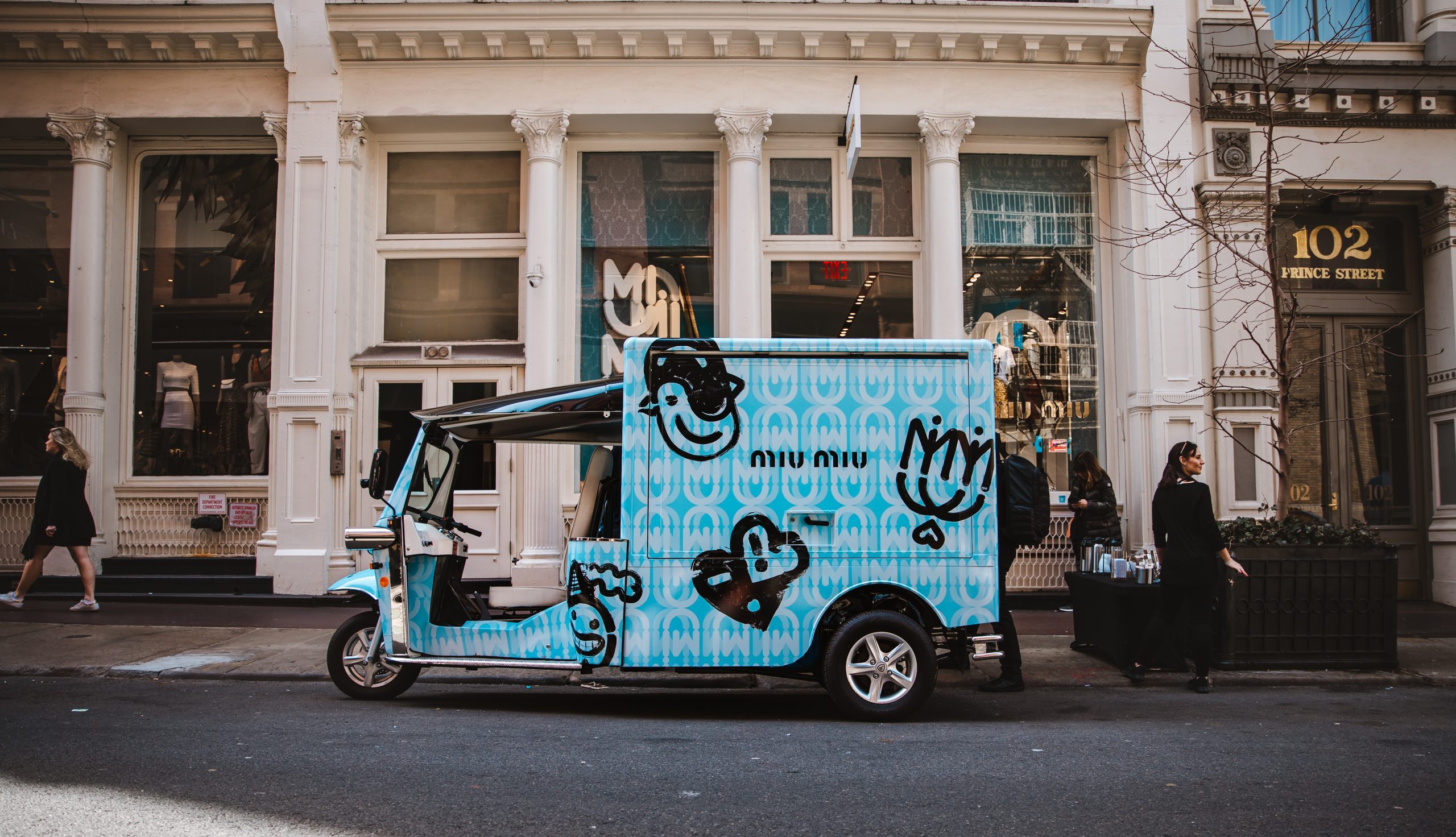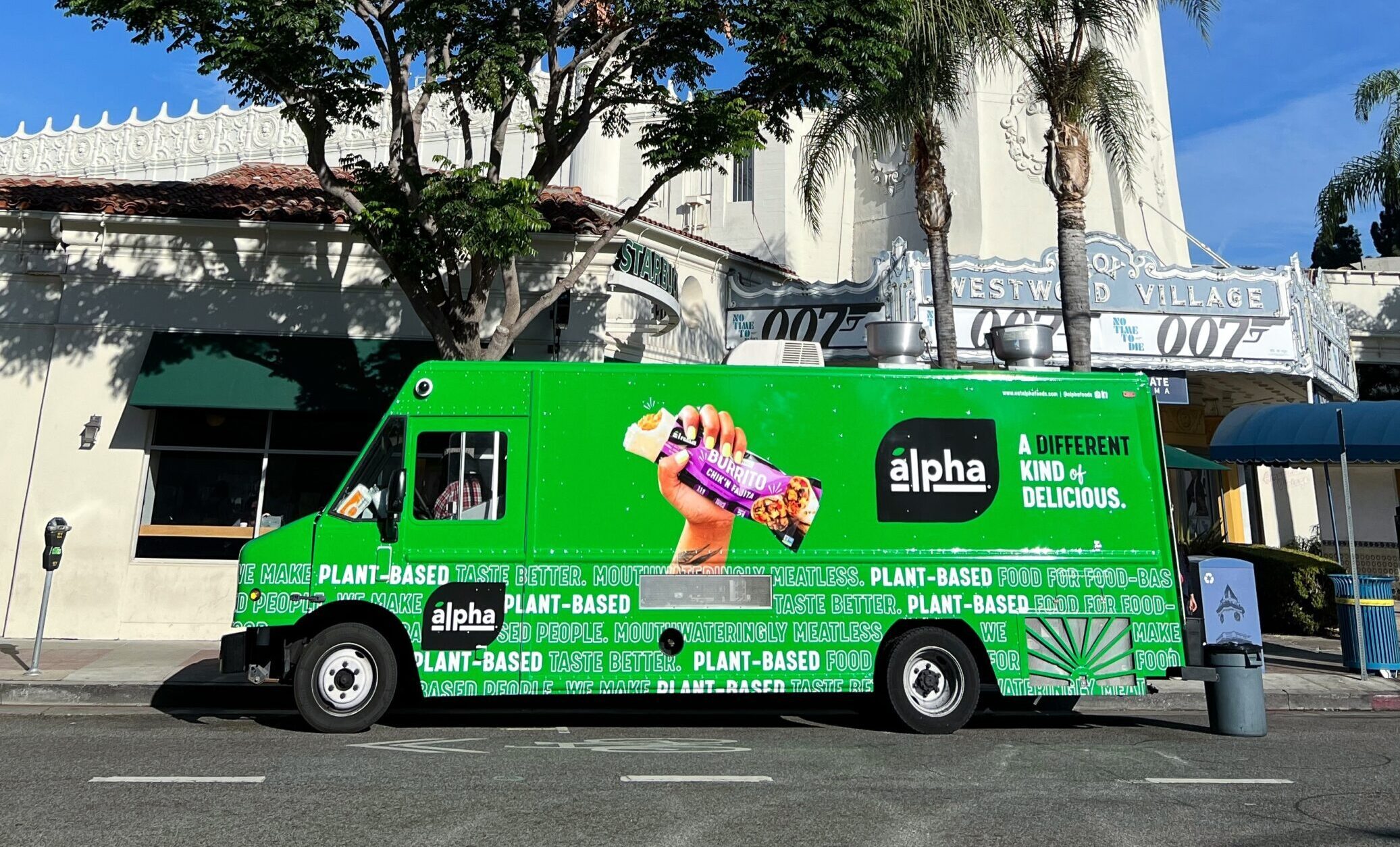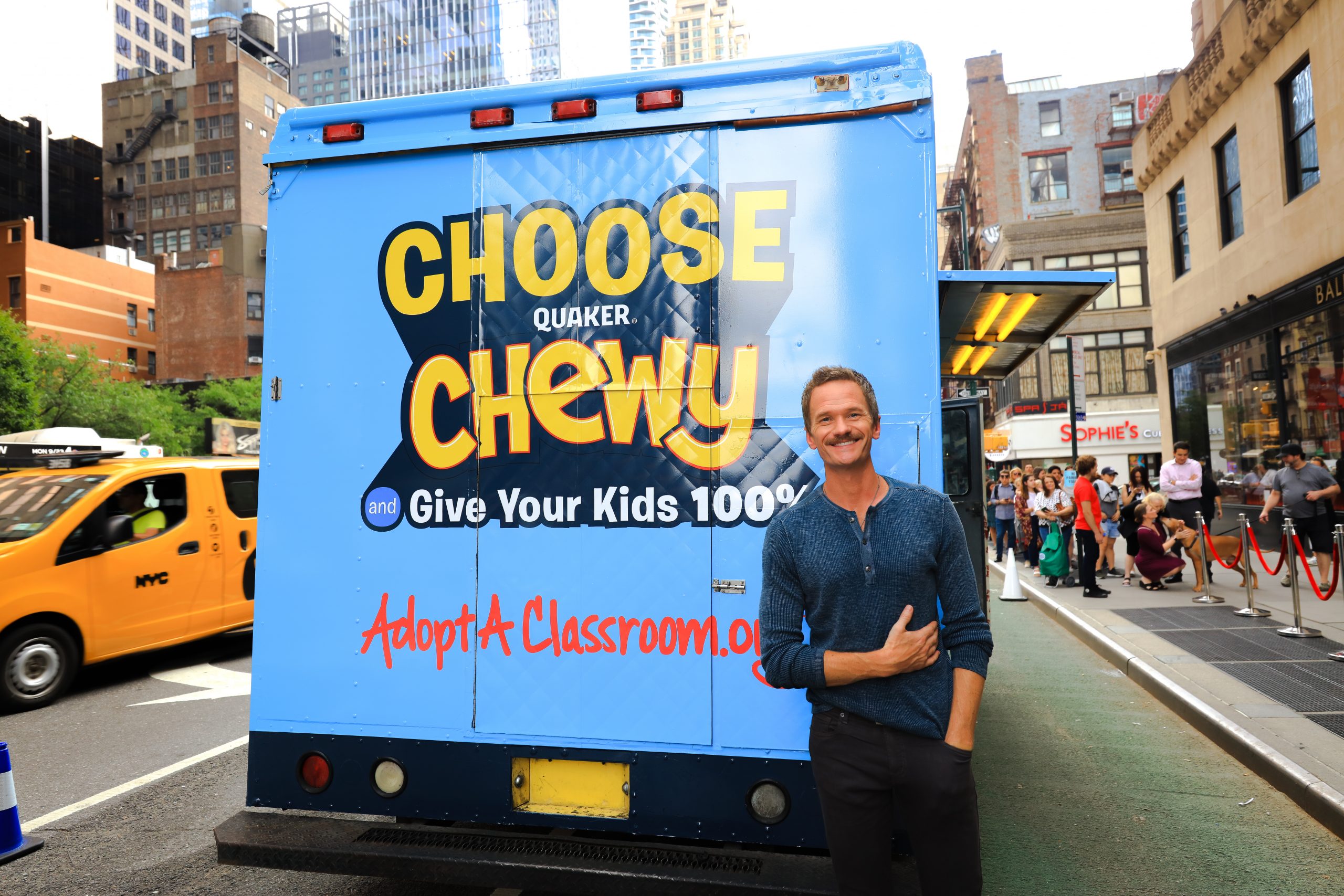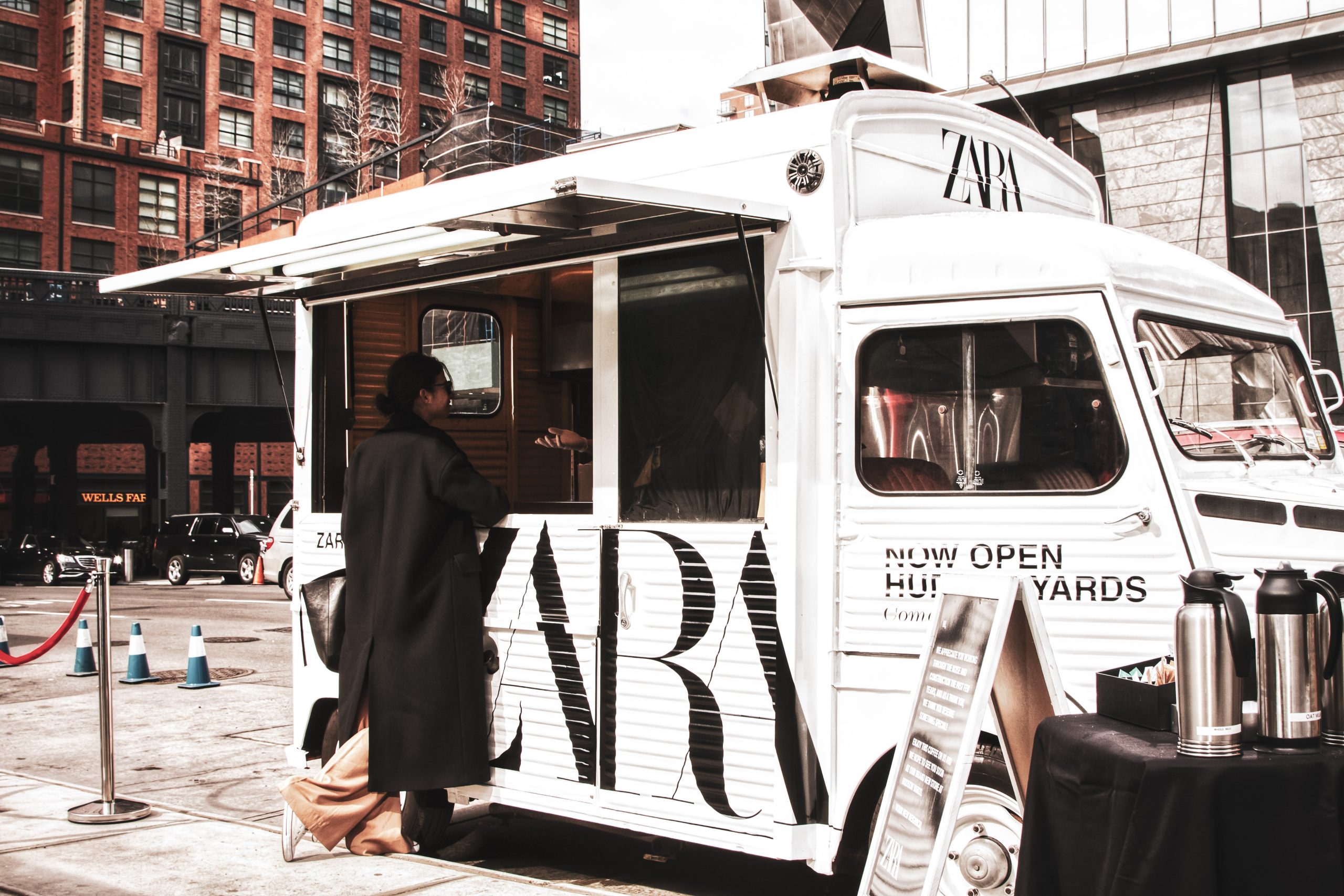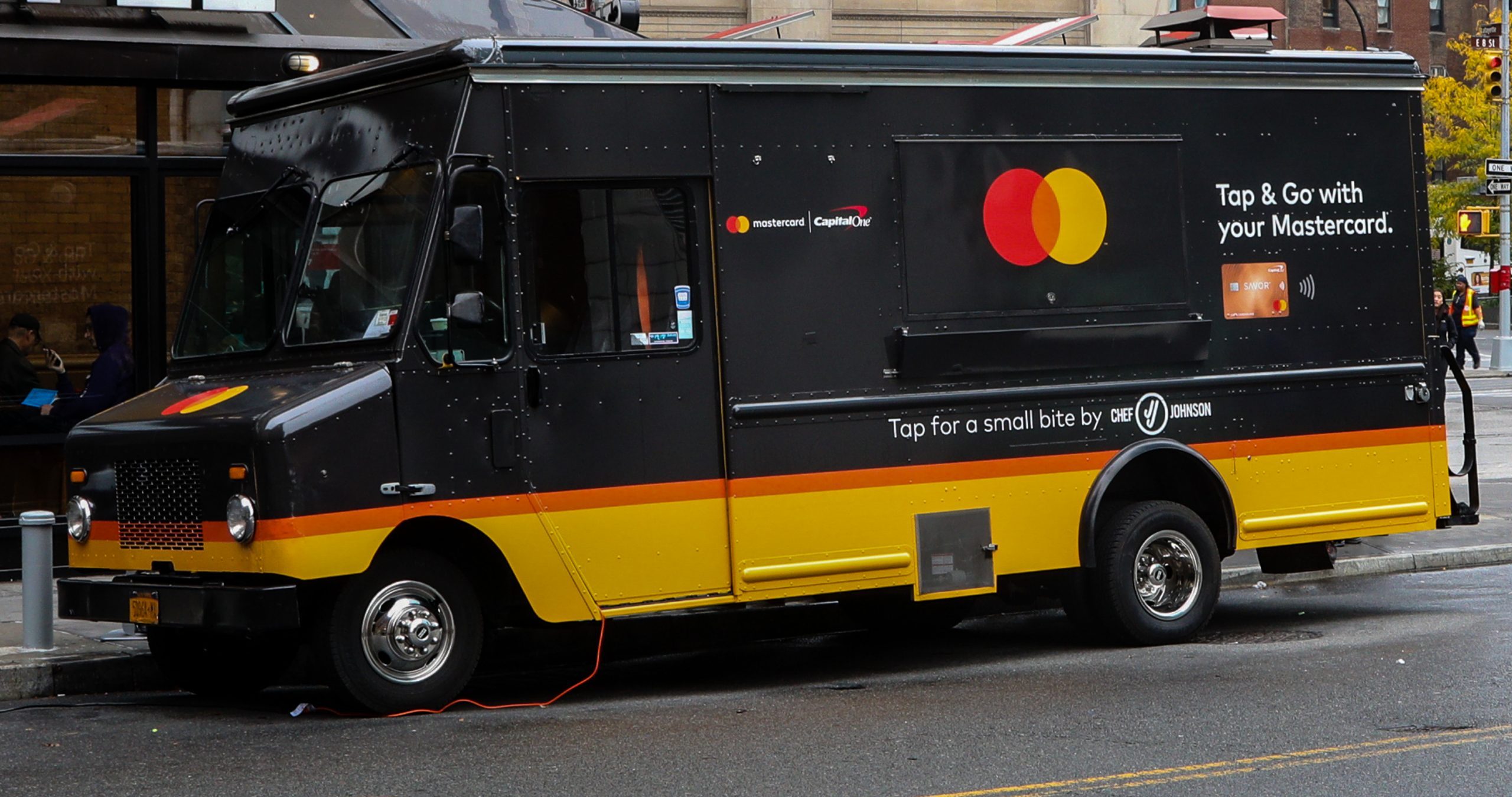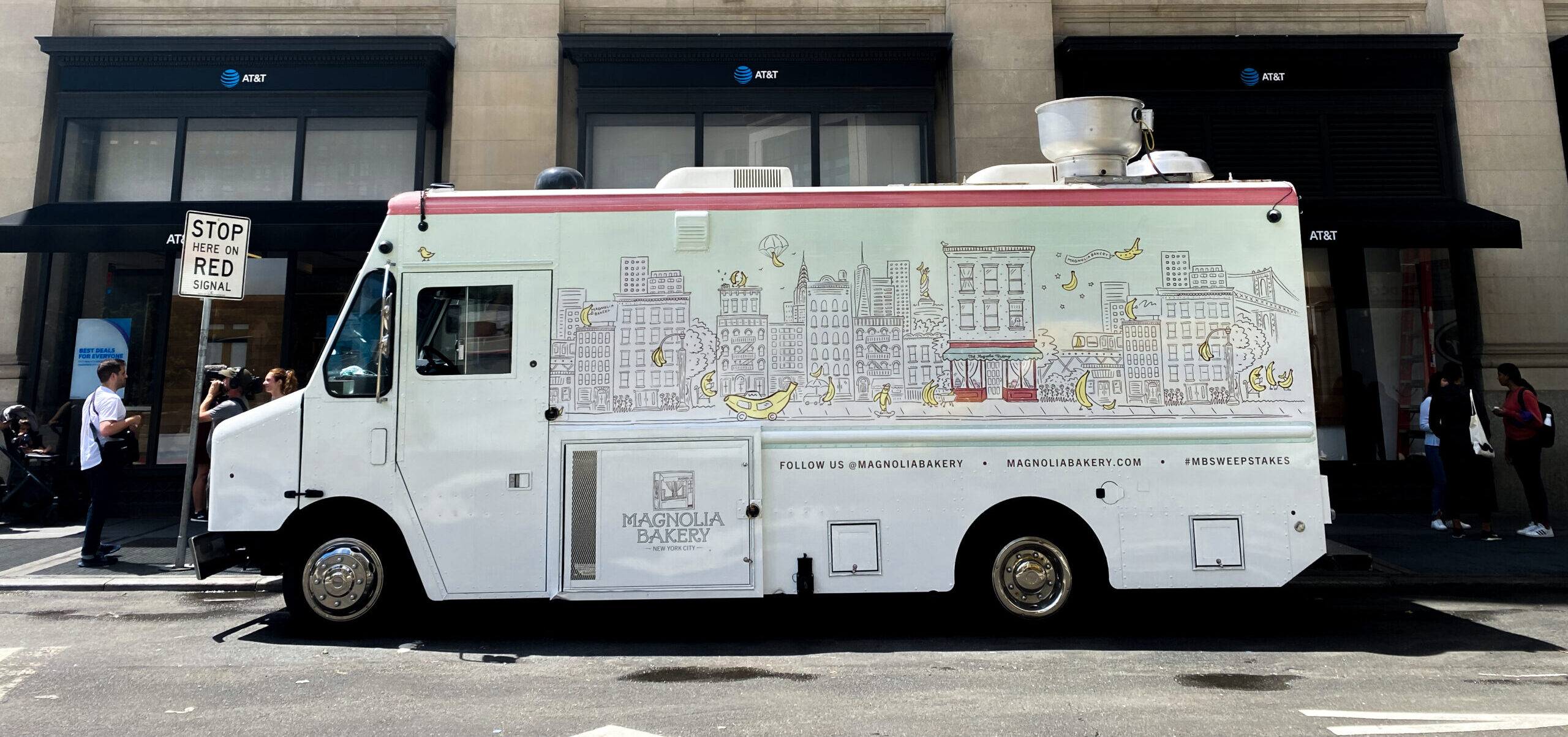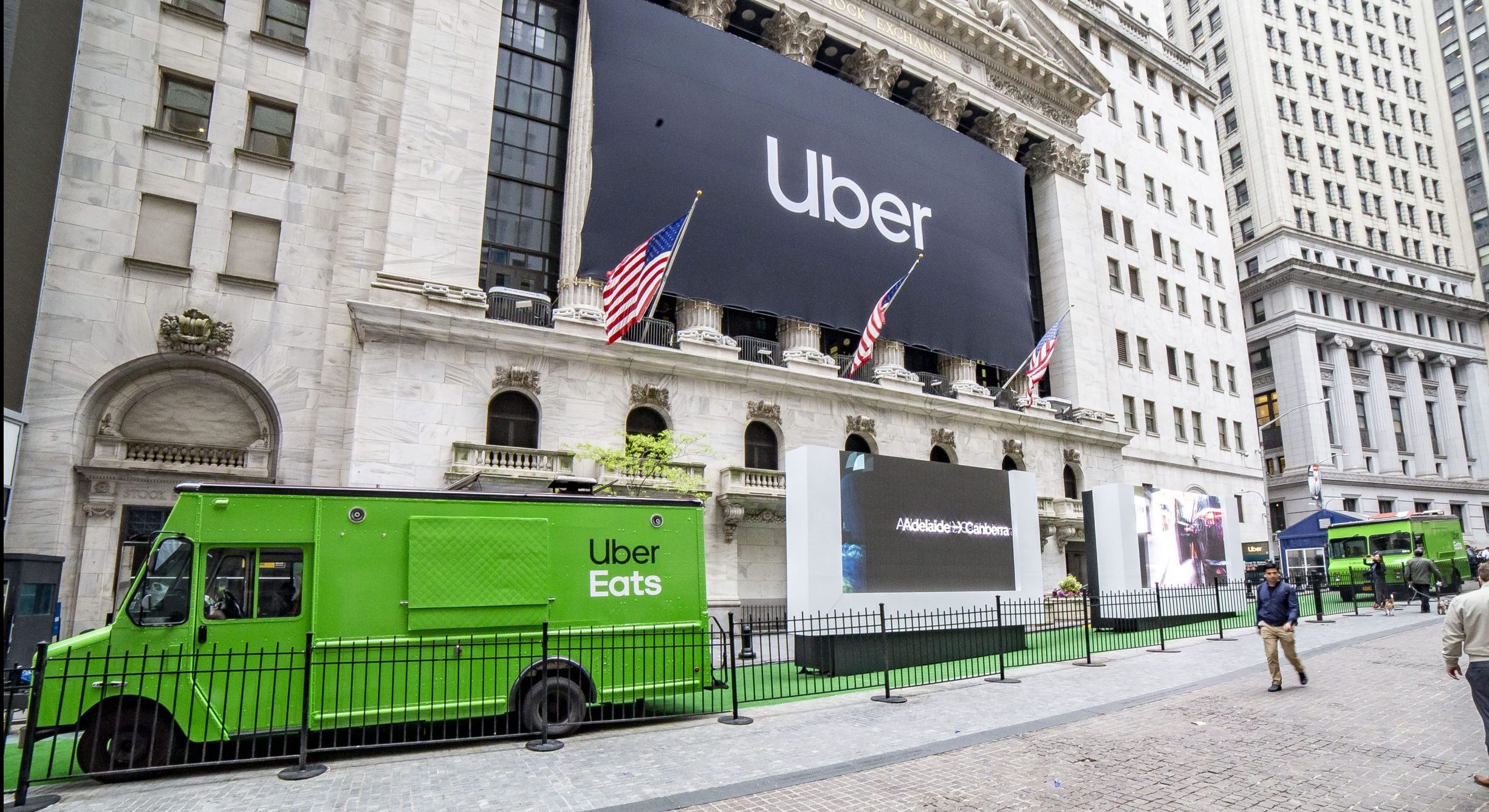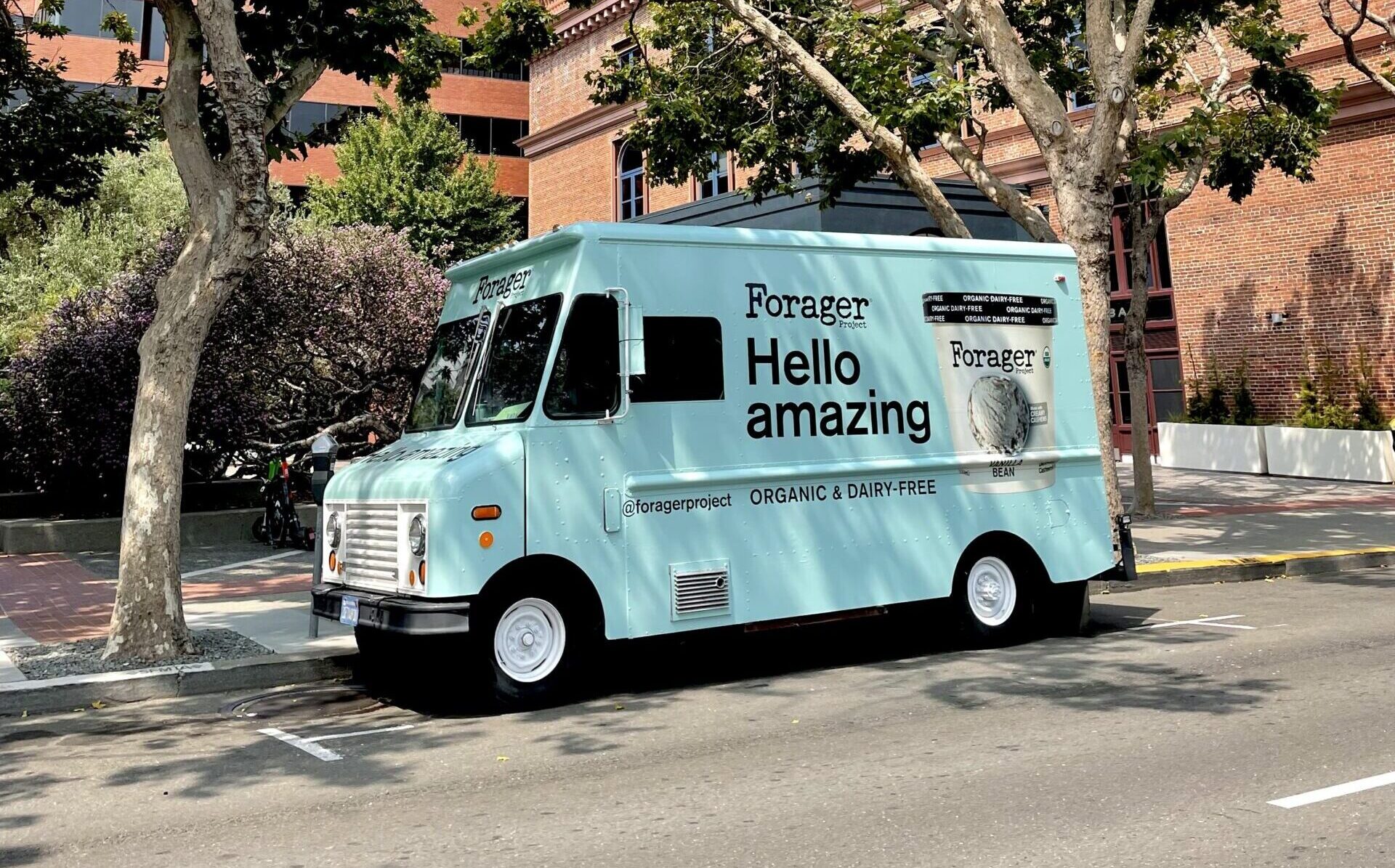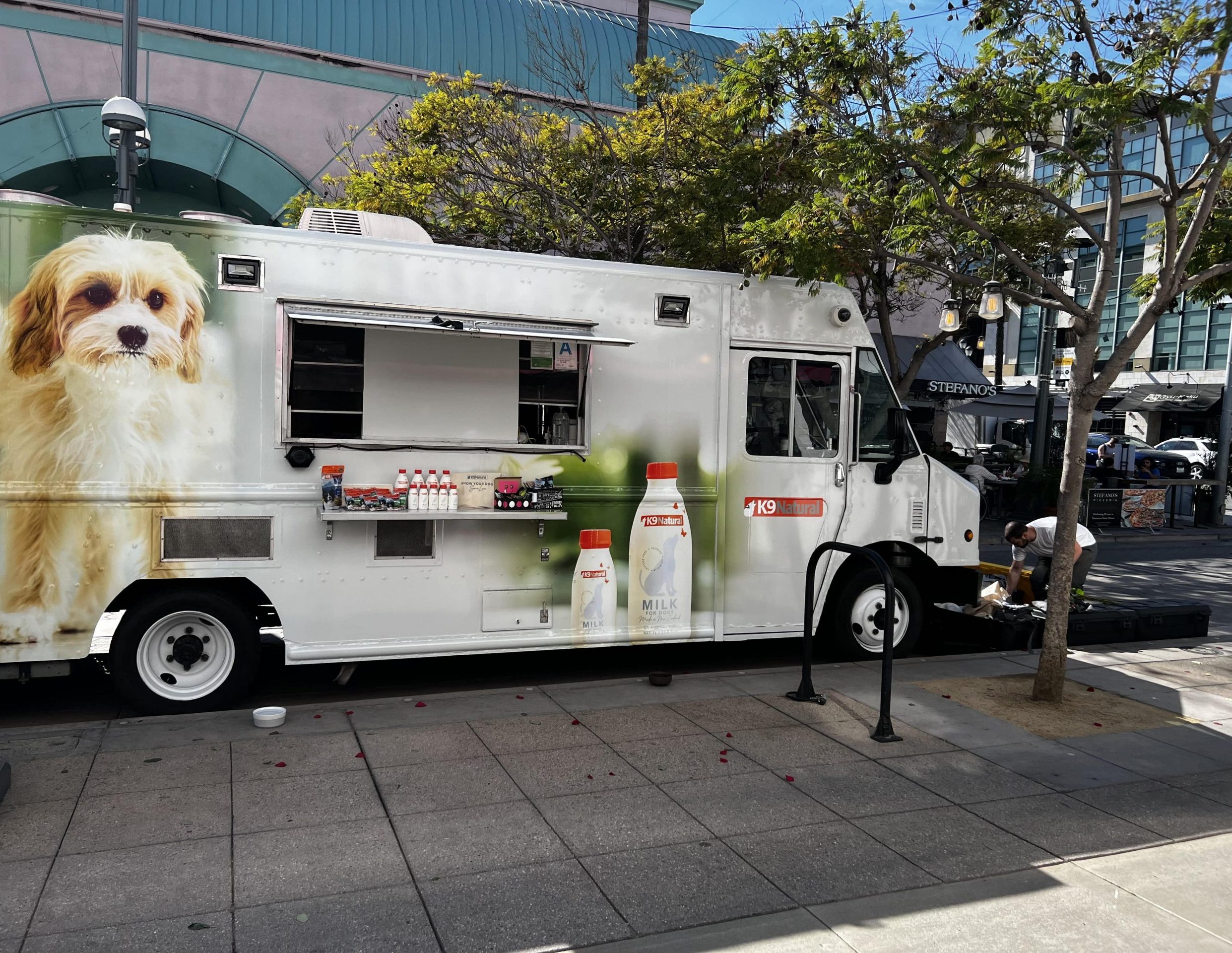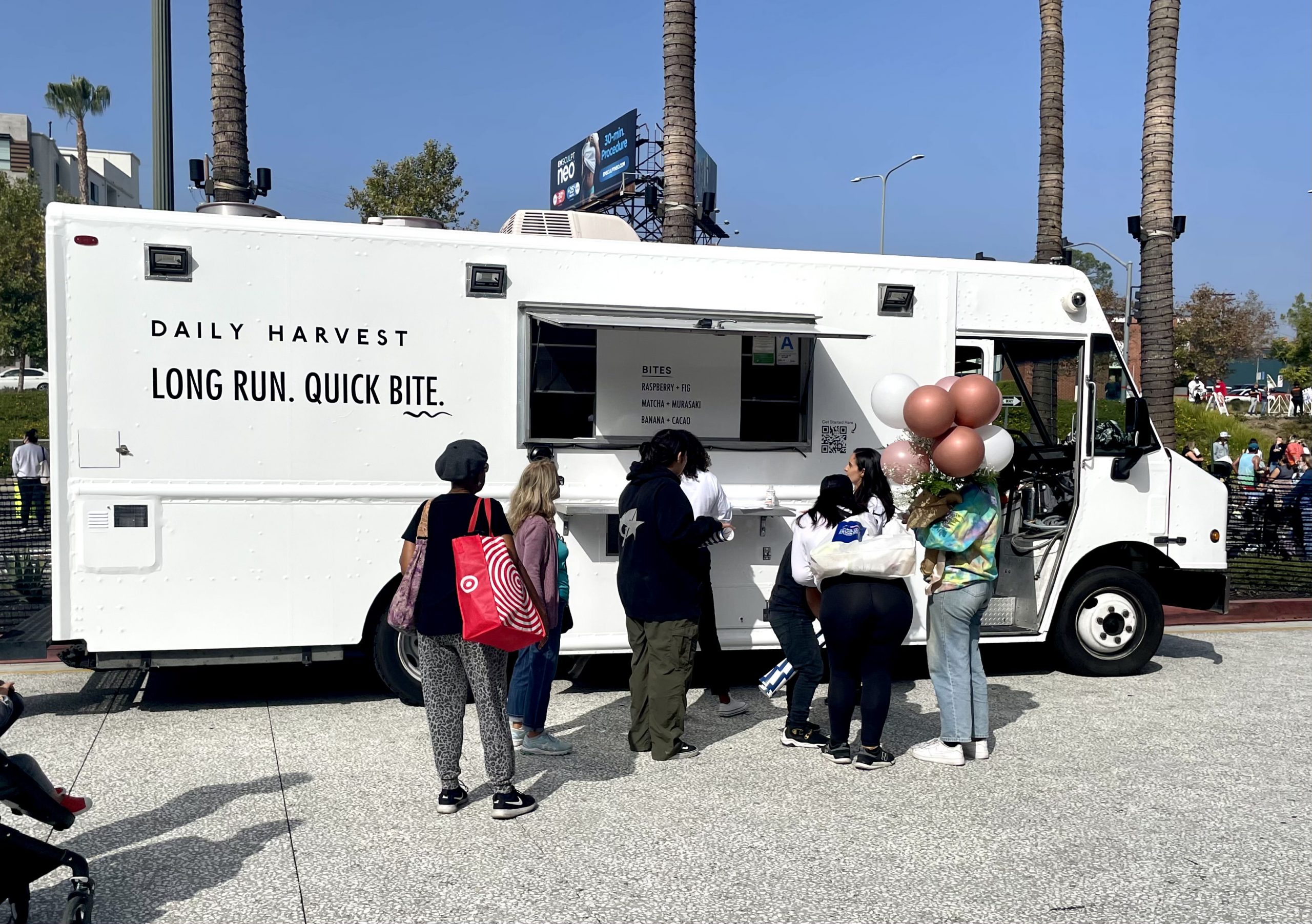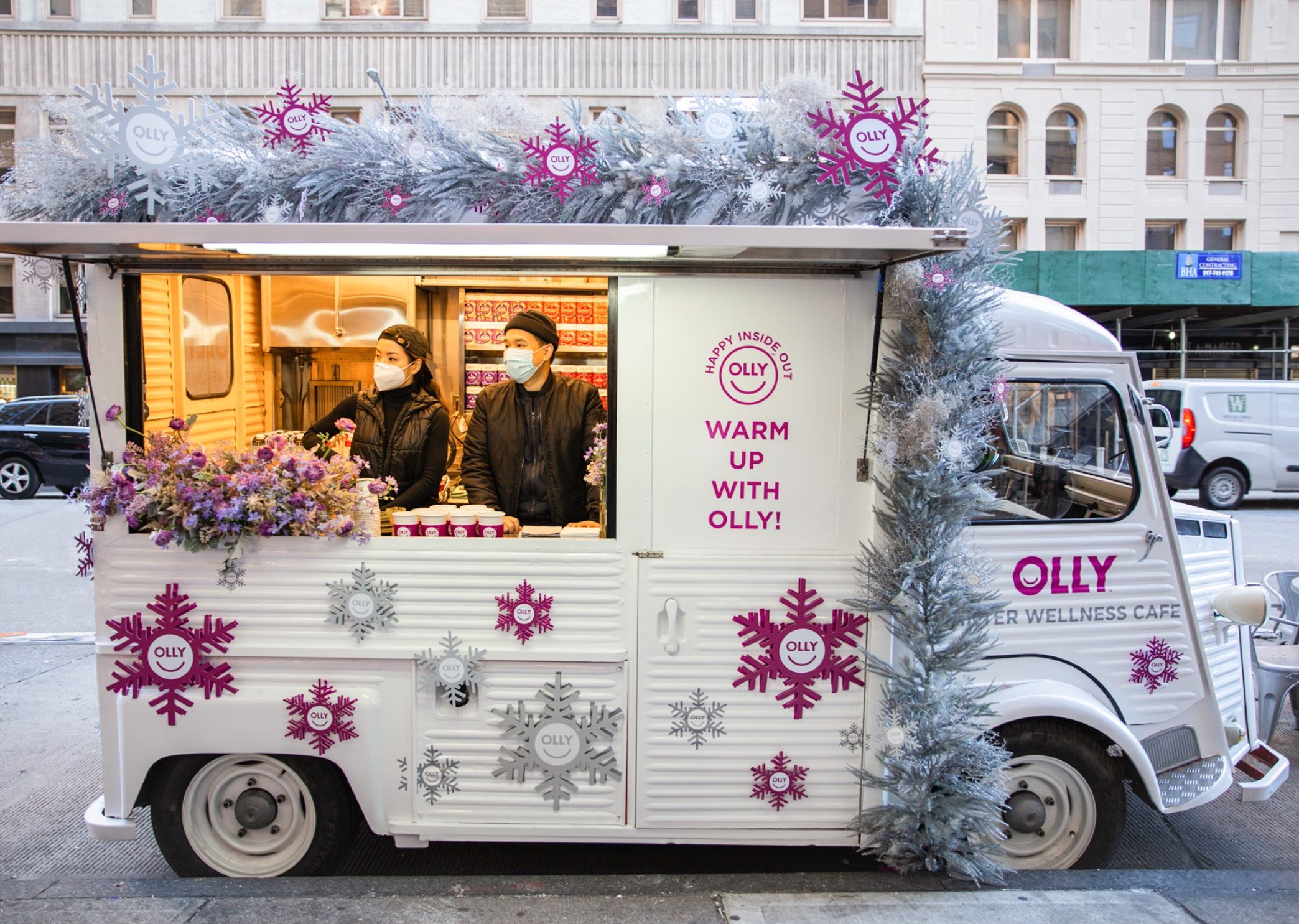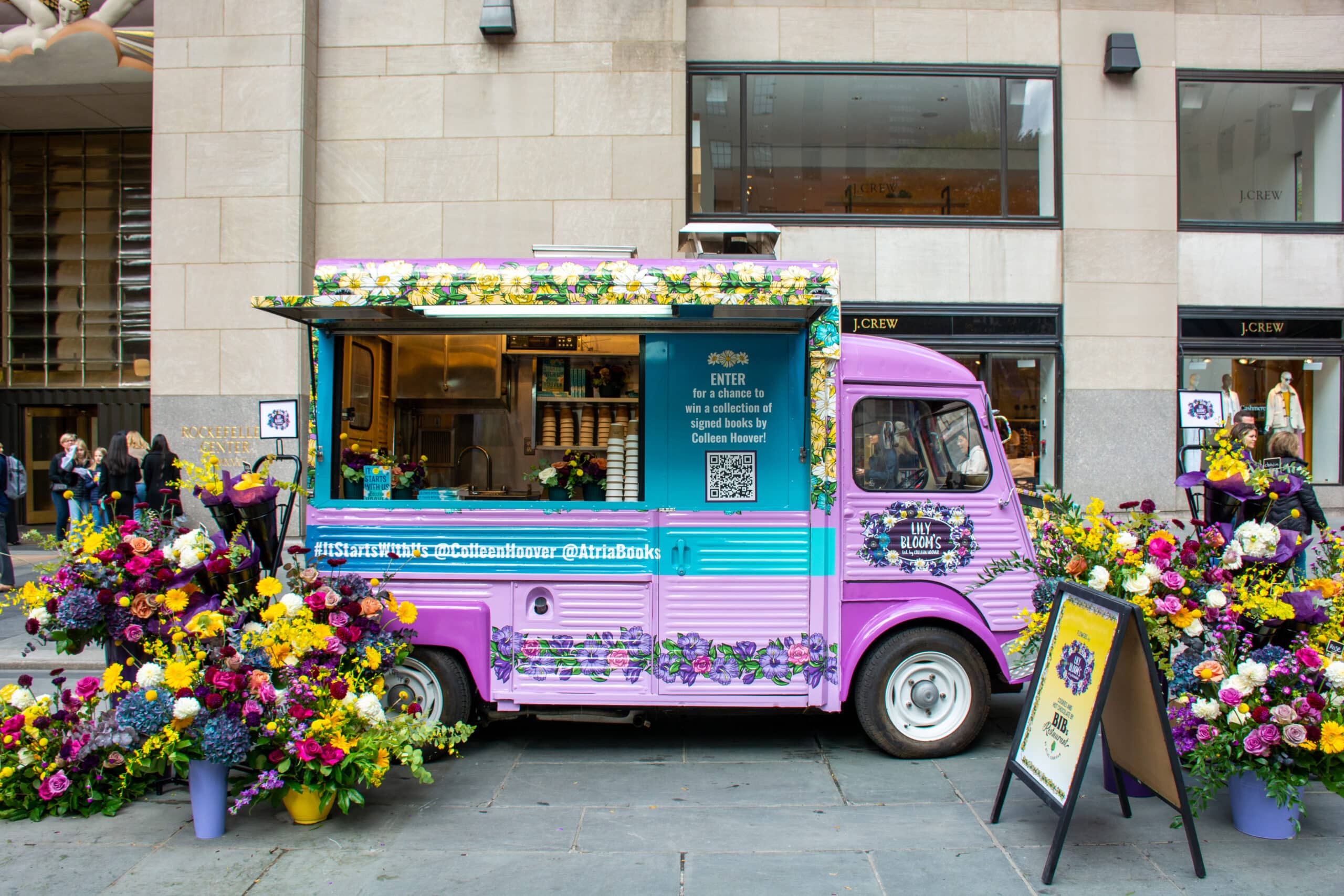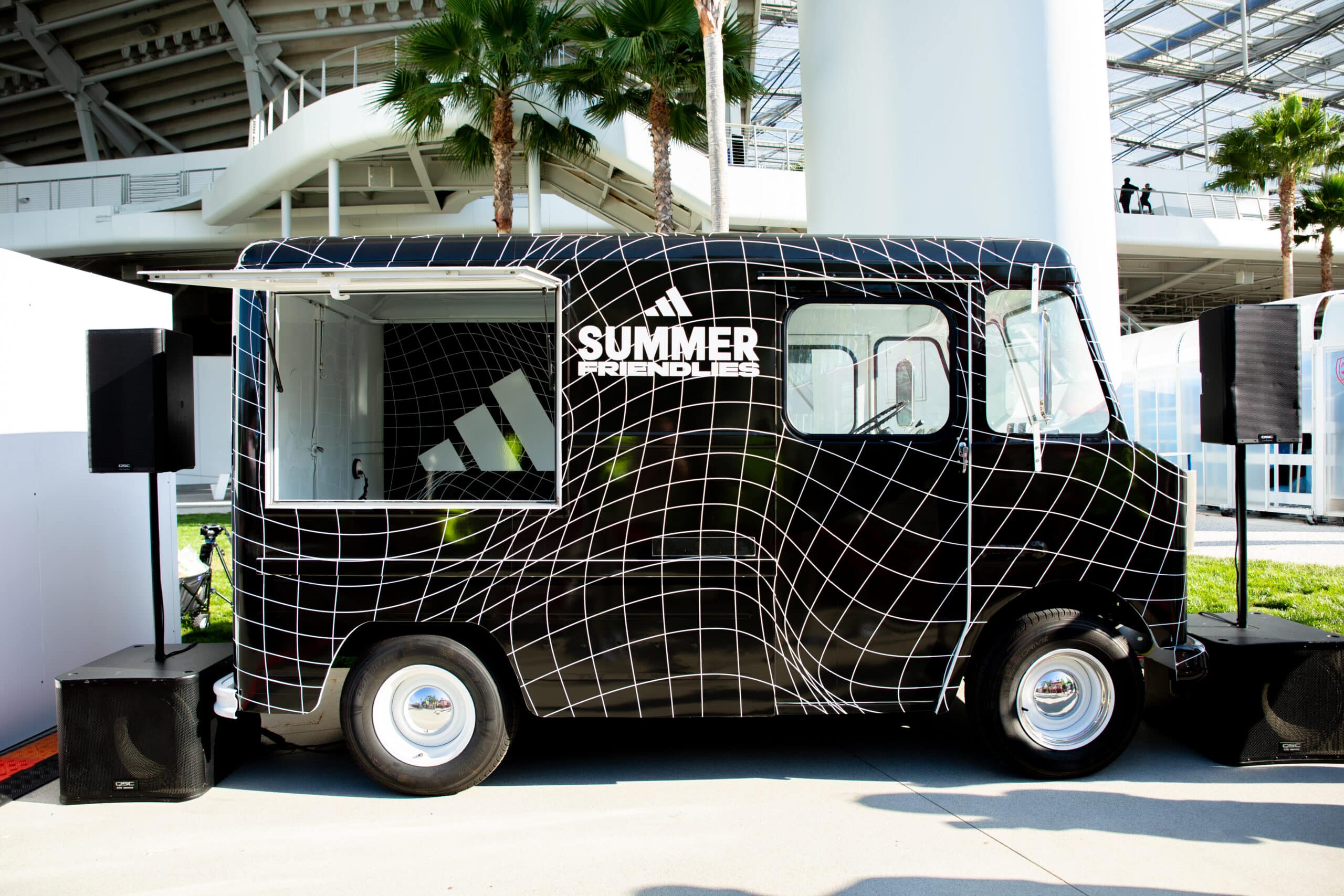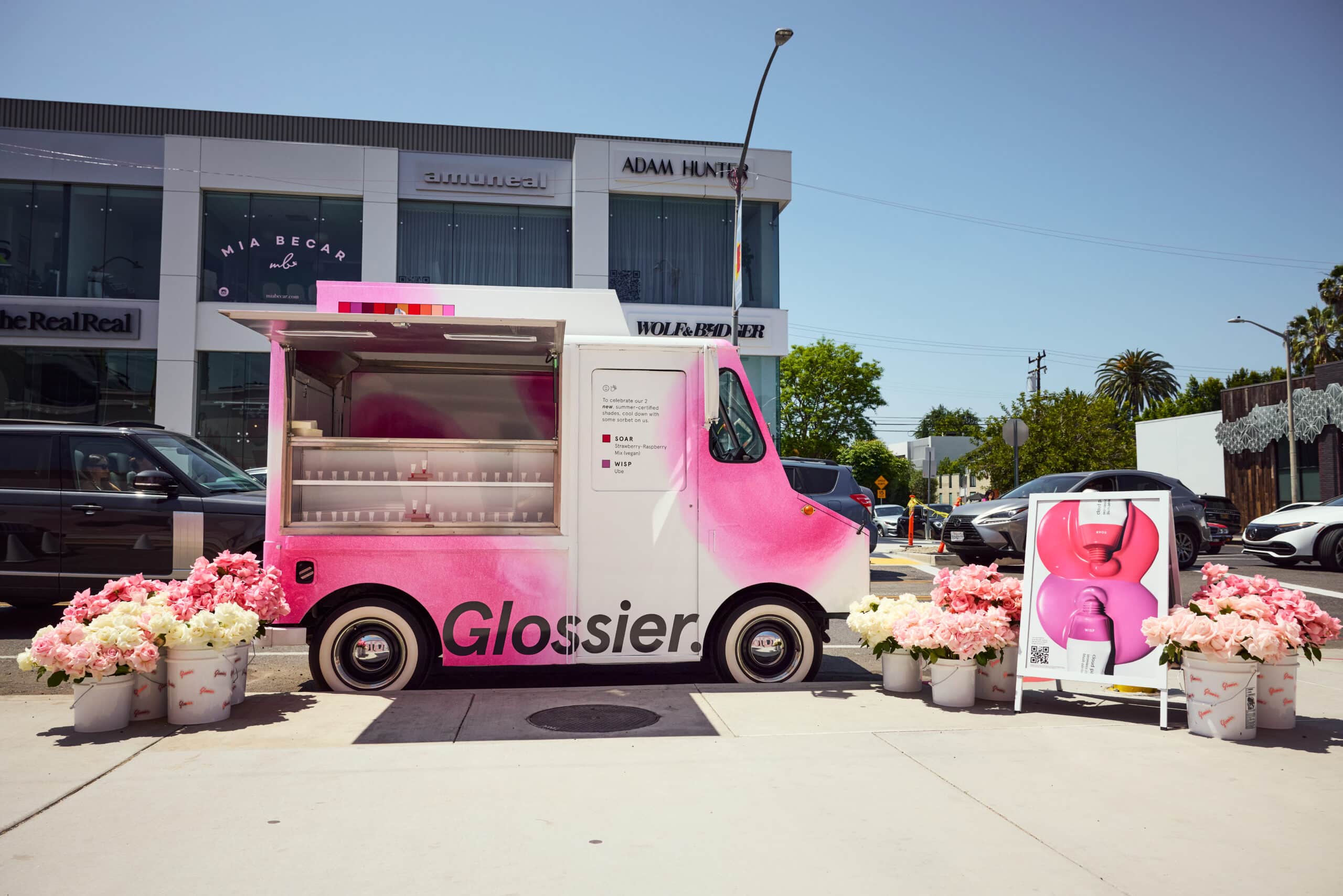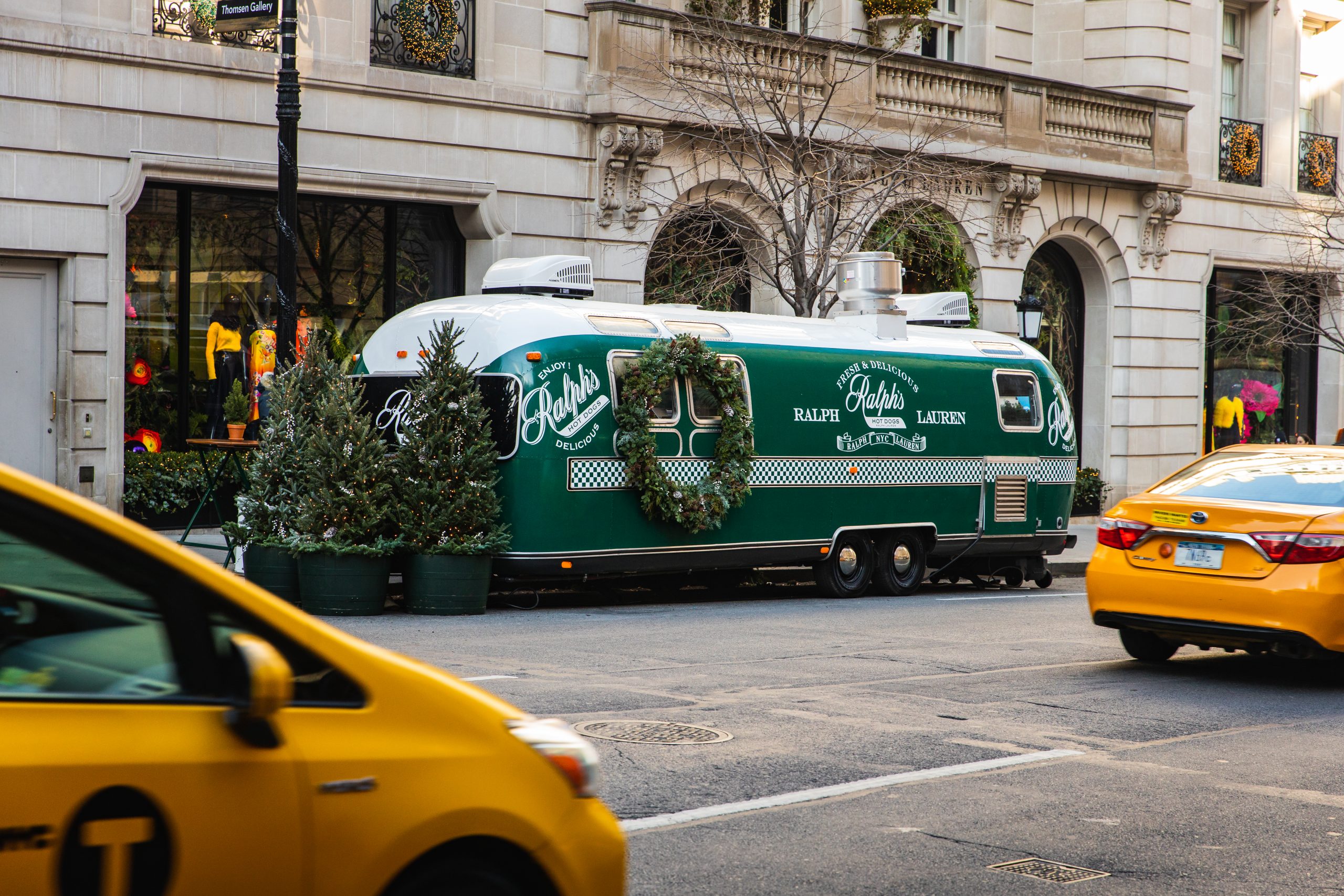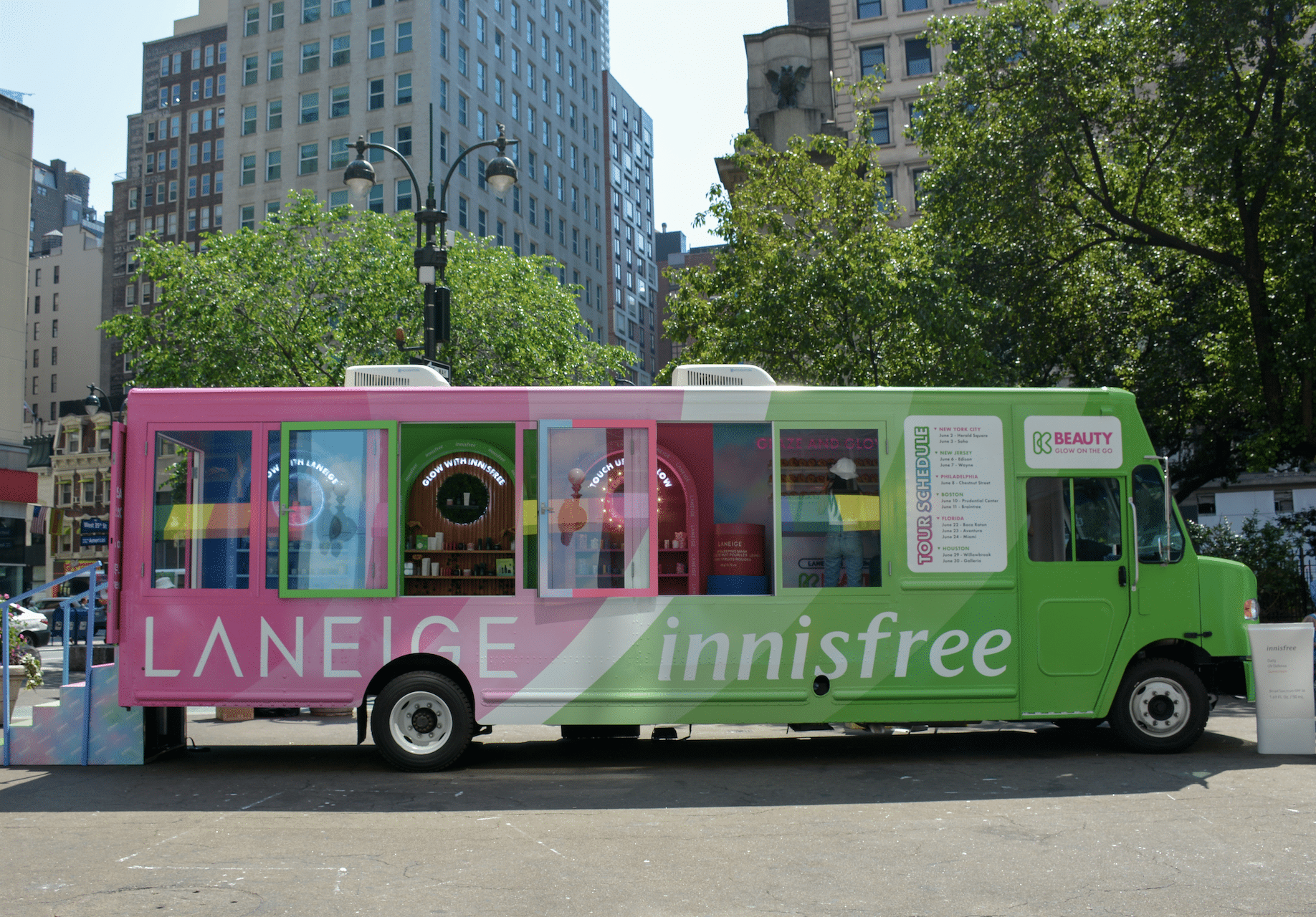We drive brand
engagement.
Literally.
Food Truck Promotions is an experiential marketing agency that will Bring Your Brand to the Streets™ with custom-branded vehicles. In a competitive digital marketing landscape, FTP Agency focuses on creating one-of-a-kind experiences and establishing meaningful connections between brands and their consumers in person. Using our experiential vehicles, we provide brands with a non-traditional platform to cut through the noise so they are not only noticed but their message is heard.
Our vehicles are your blank canvas. We turn creative ideas into real-life experiences that connect brands with people in unforgettable ways. Our team of experiential experts is passionate about pushing the boundaries of creativity and innovation. We’ve worked with some of the world’s top brands to understand their goals, execute their vision, and create moments that truly resonate. Whether you want to build a presence, spark excitement, or leave a lasting impression, we’ll make it happen—your brand, your story, brought to life on the road.
services
capabilities
our work
We’ve brought brands to life on the road, creating mobile pop-ups that drive real engagement across industries. From fashion to tech, global corporations to emerging startups, our experiential marketing solutions are designed to be both impactful and versatile. Explore our success stories and see how we’ve helped brands like yours turn ideas into unforgettable experiences.
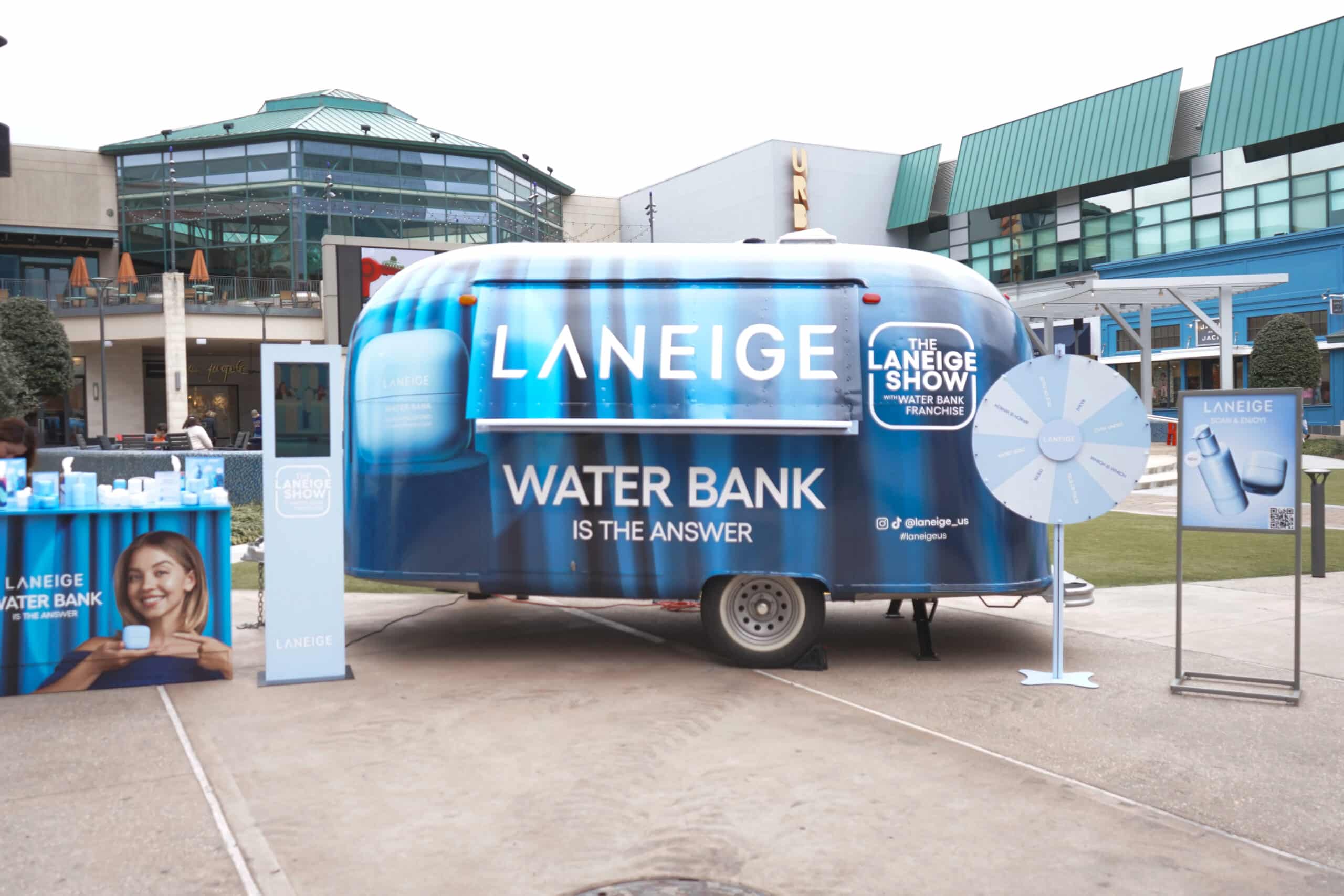
Laneige Water Bank
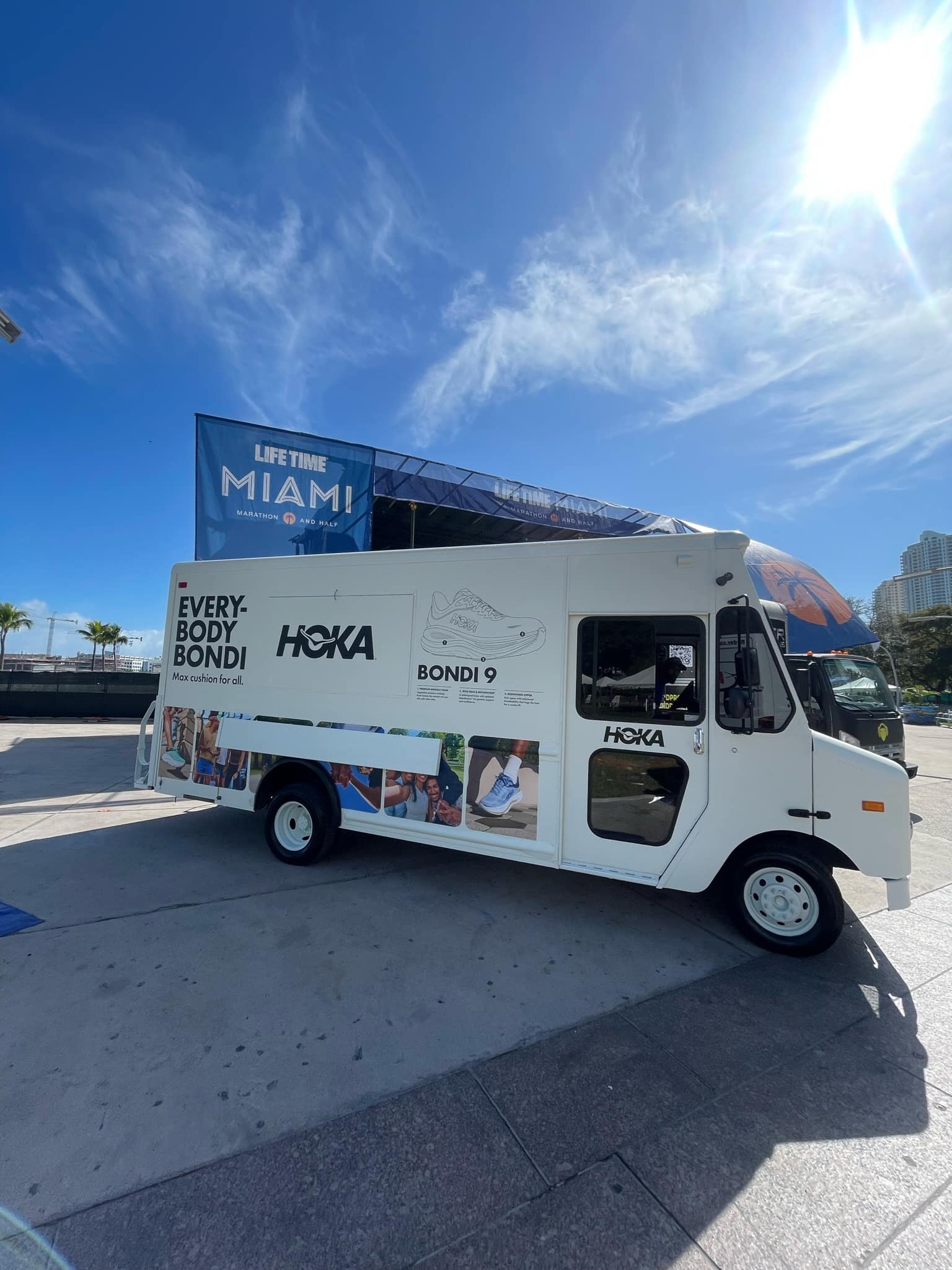
Hoka X Miami Marathon
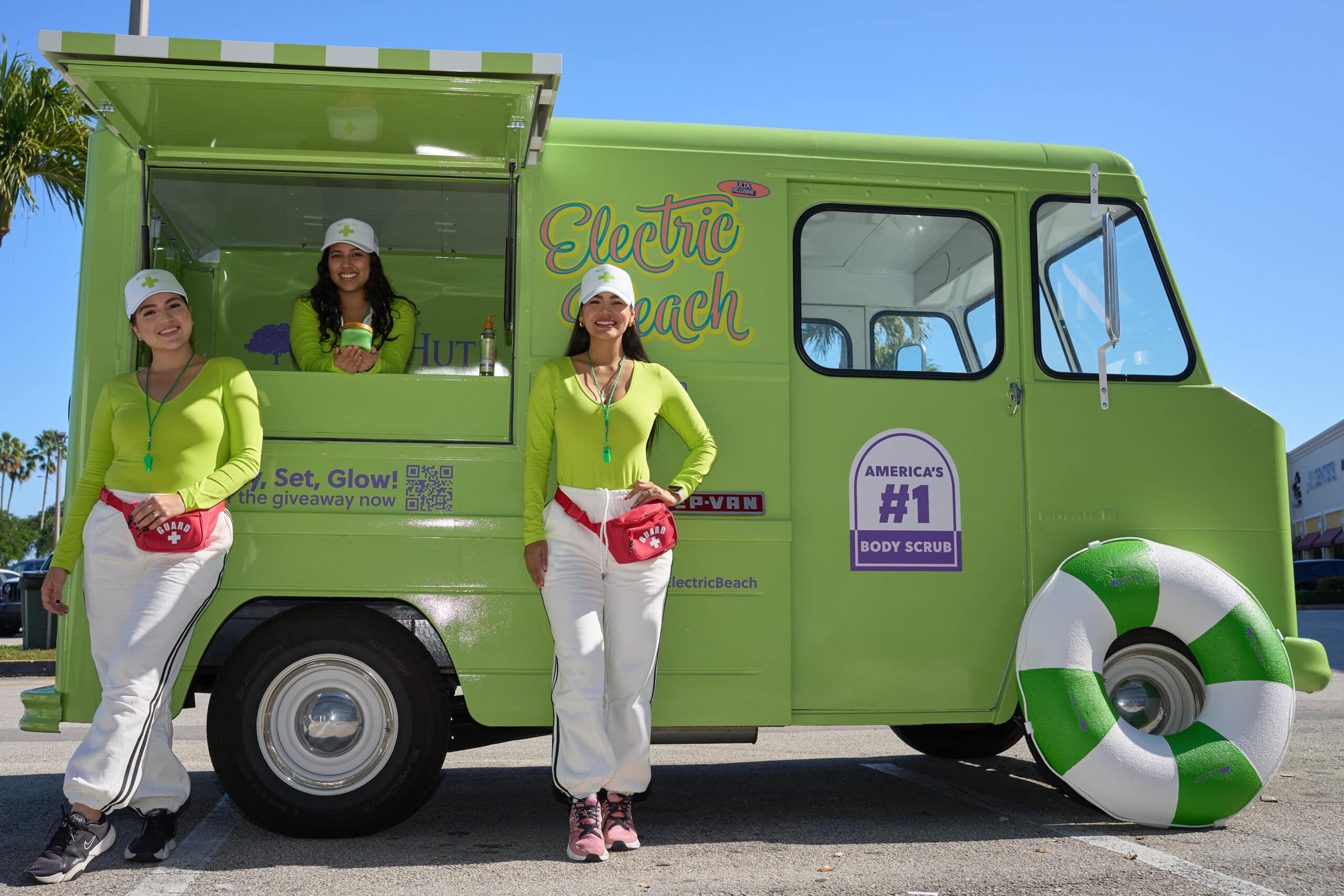
Tree Hut Electric Beach Miami Pop-Up
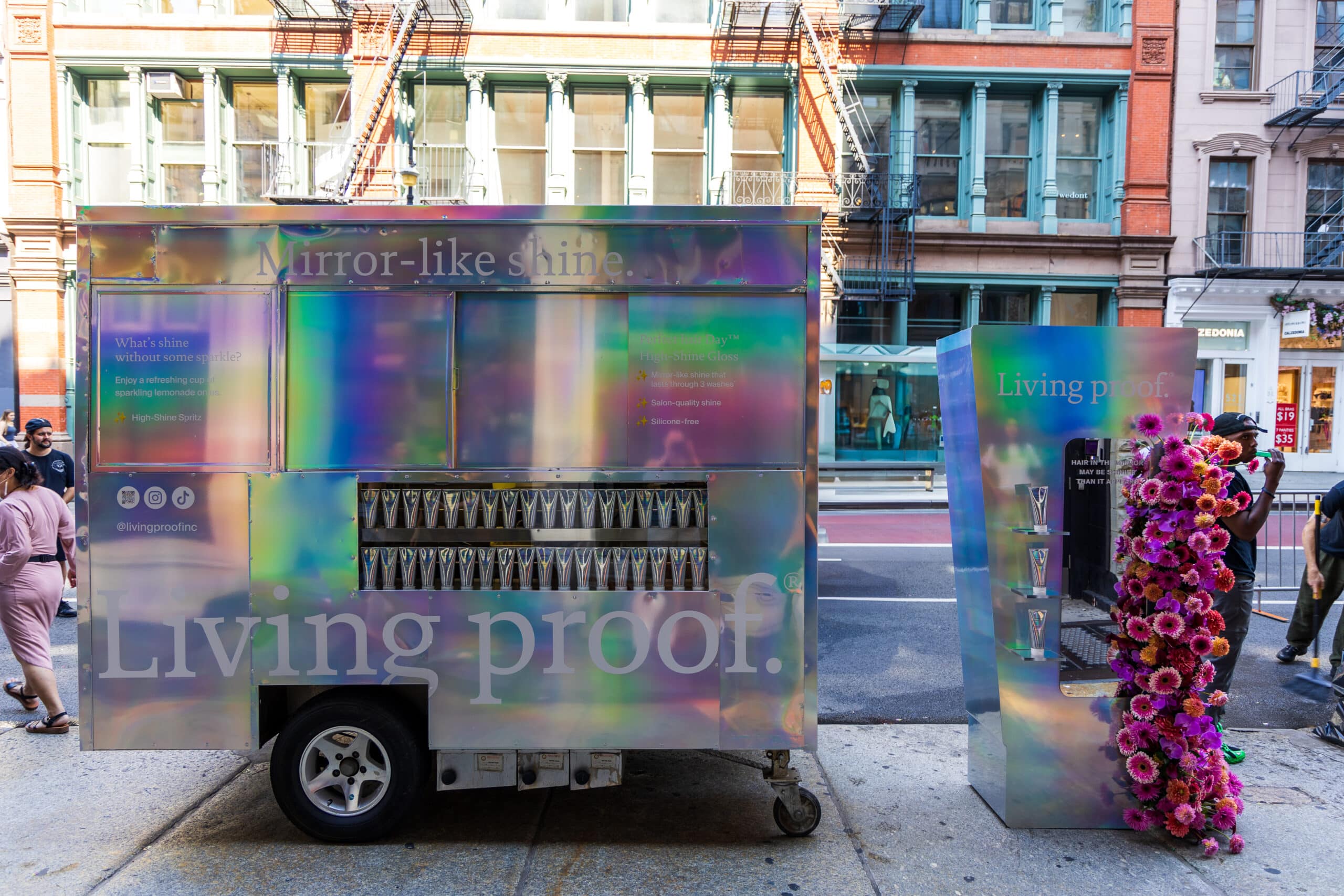
Living Proof High-Shine Gloss Pop-Up Cart
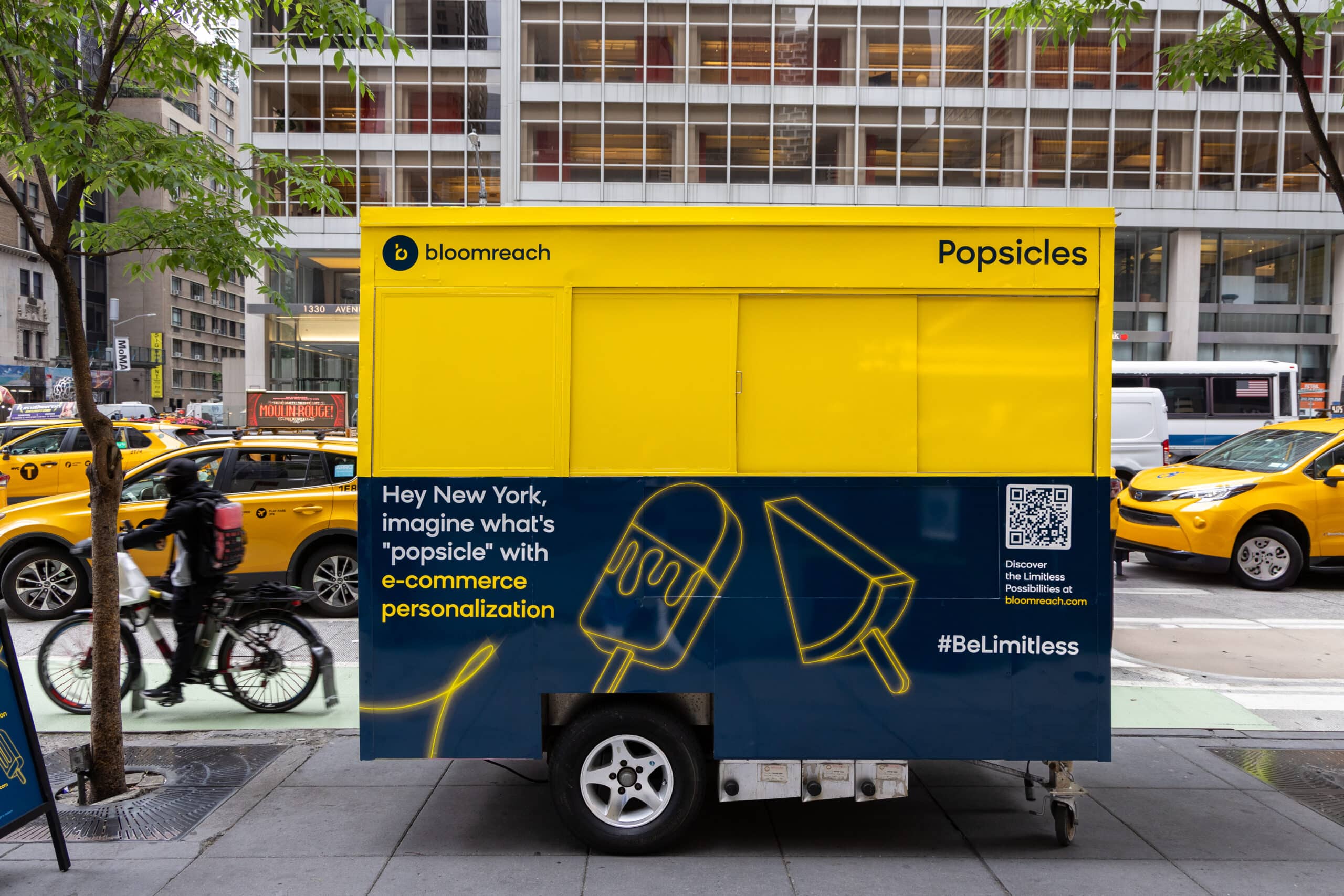
Bloomreach Popsicle Pop-Up
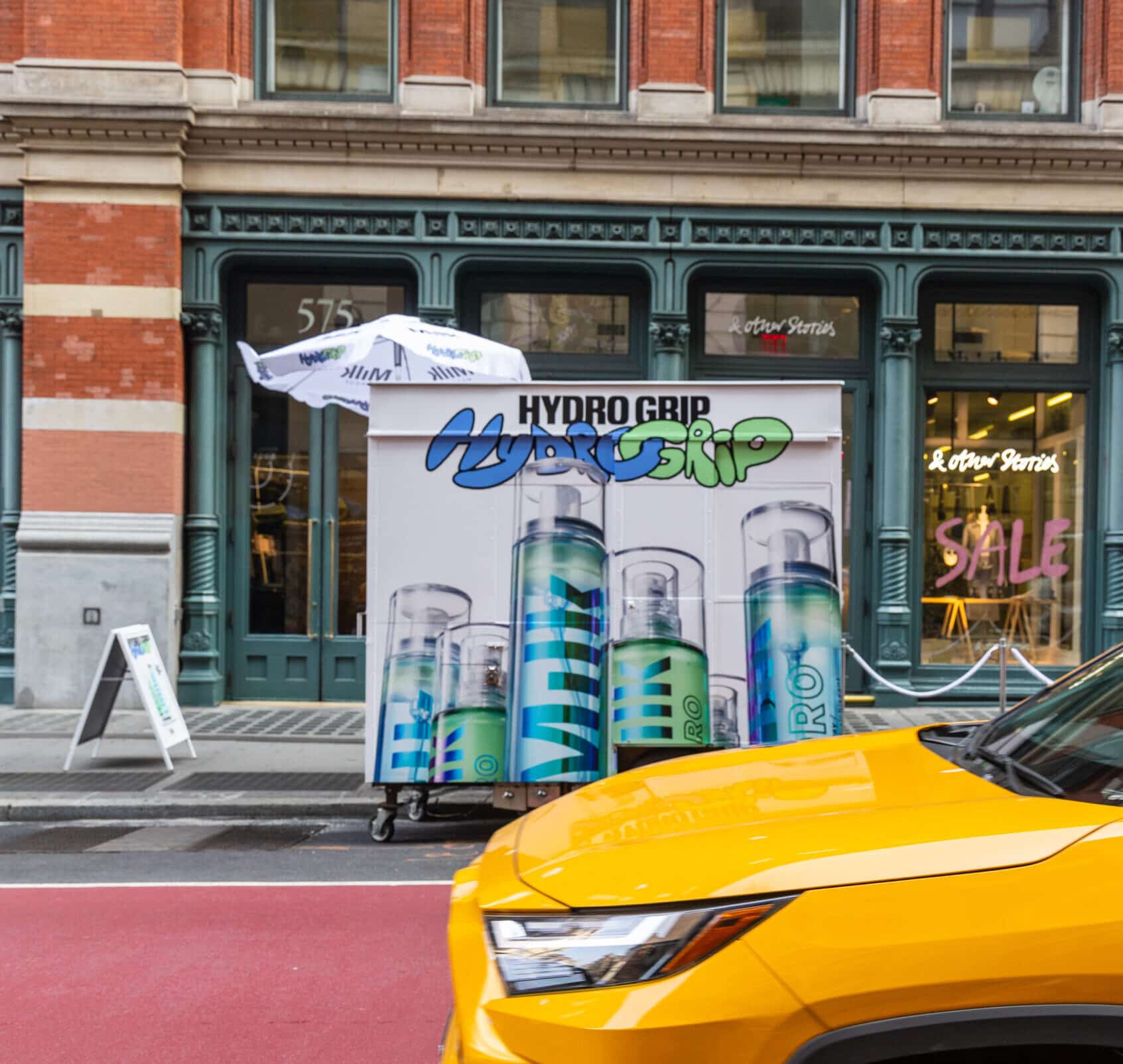
Milk Makeup Hydro Grip Pop-Up Cart
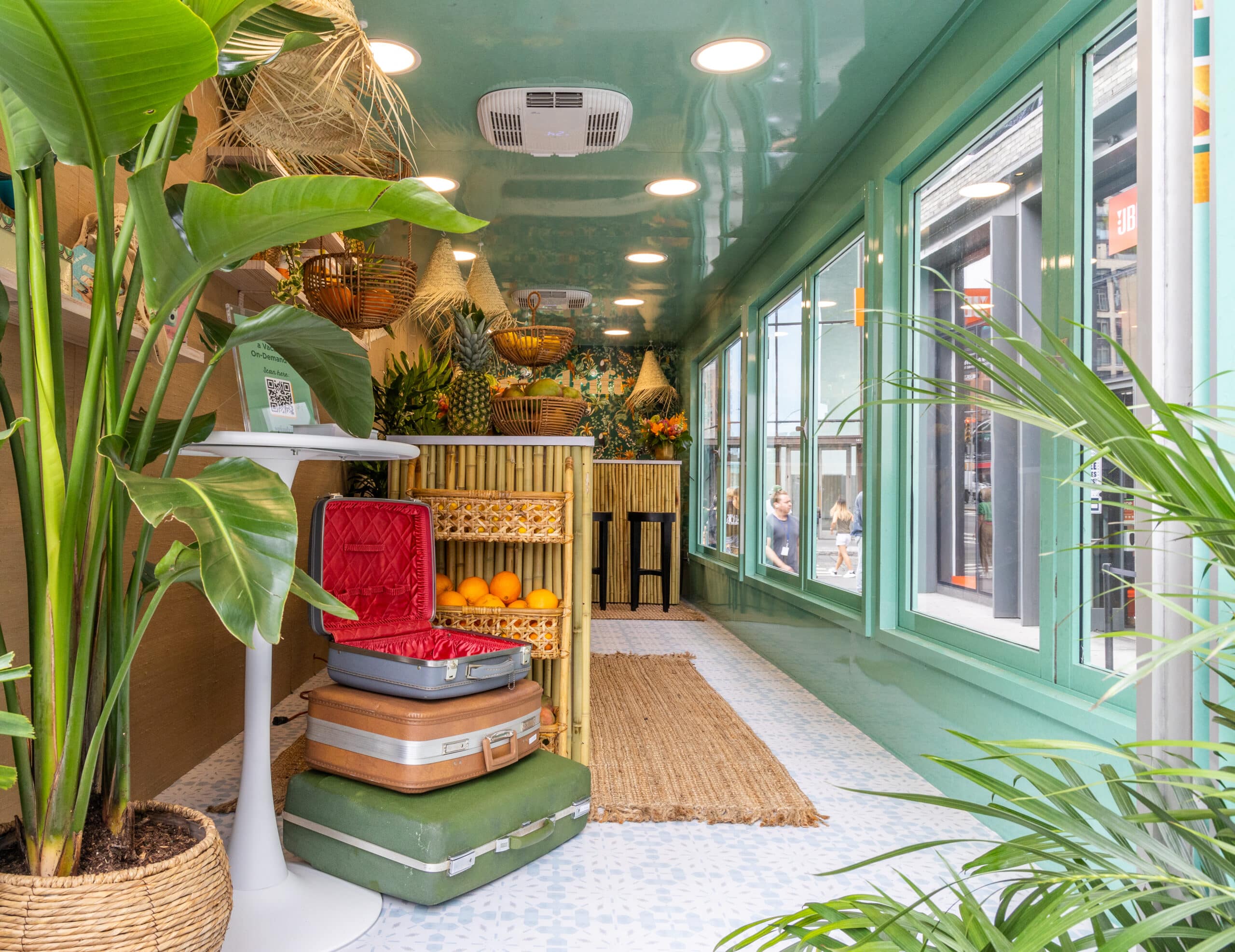
Spindrift ‘Greetings from Paradise’
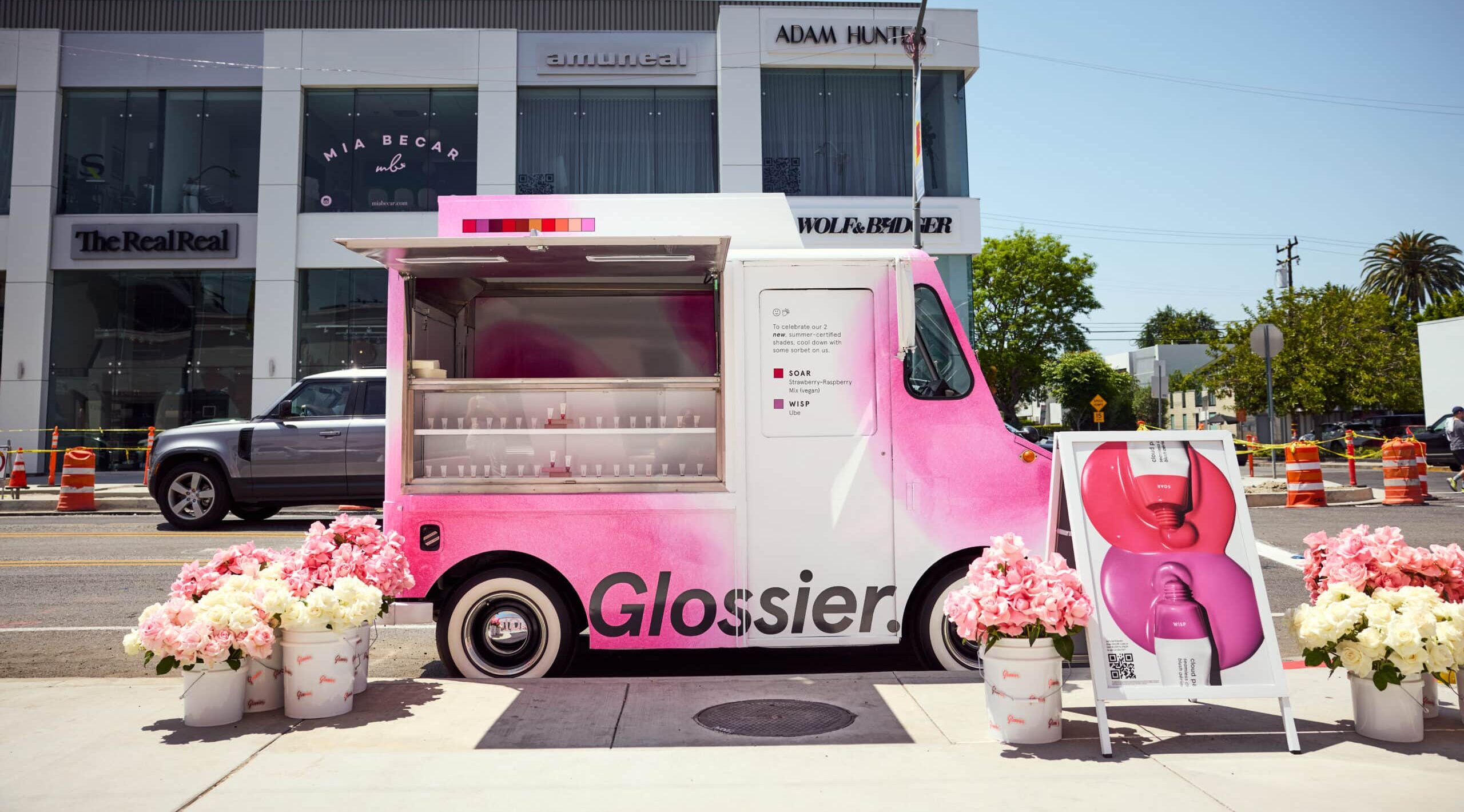
Glossier Cloud Paint Pop-Up
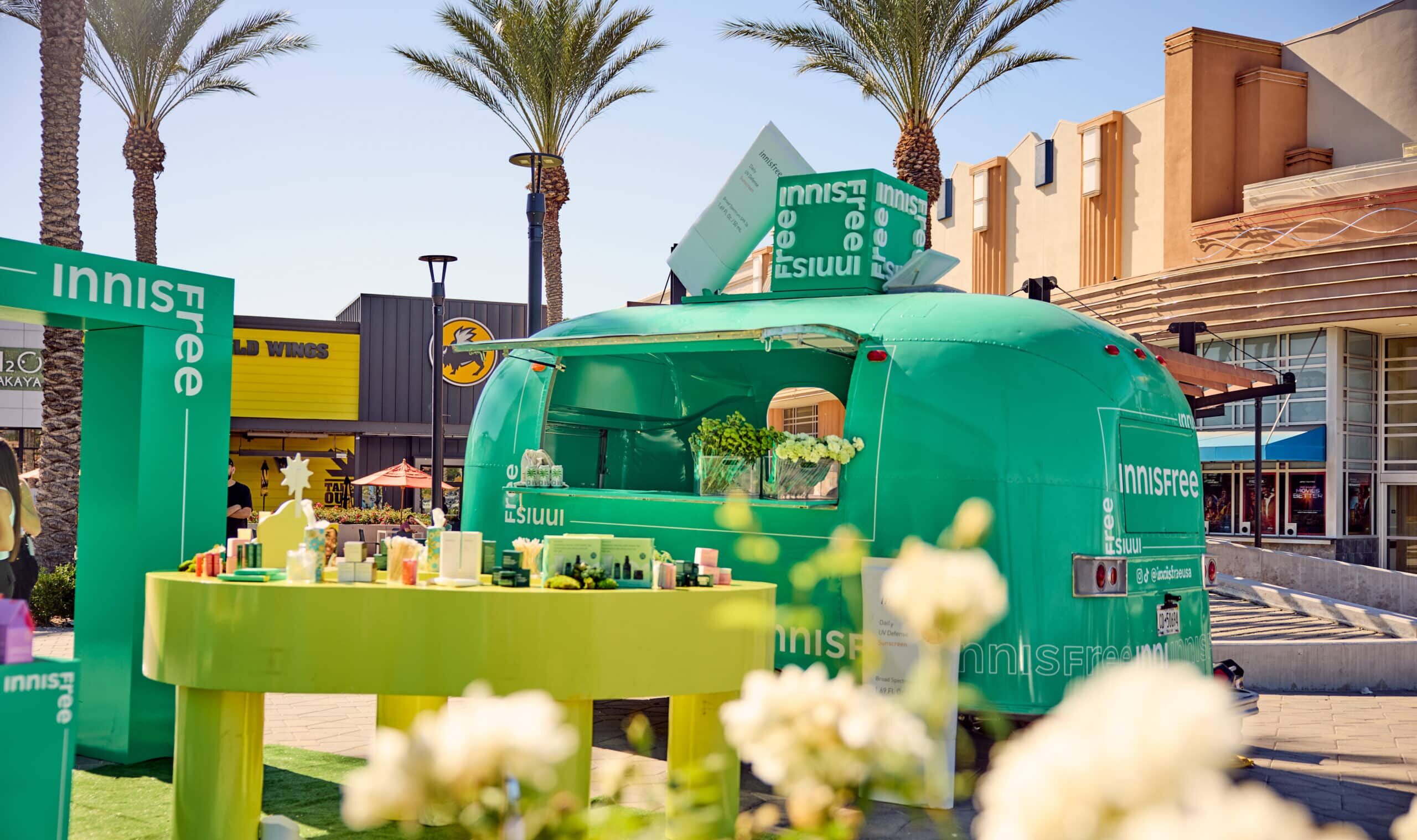
innisfree
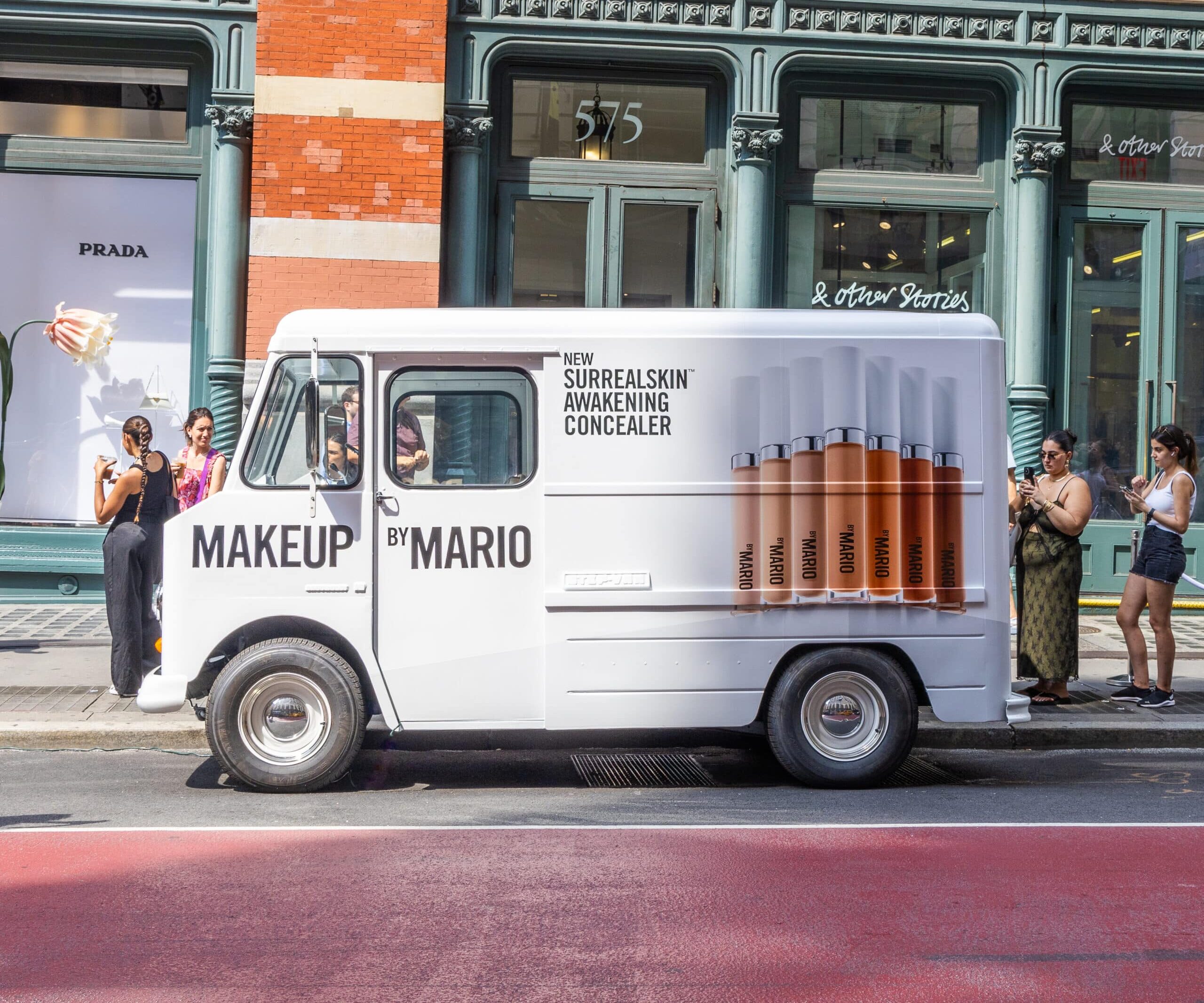
Makeup By Mario
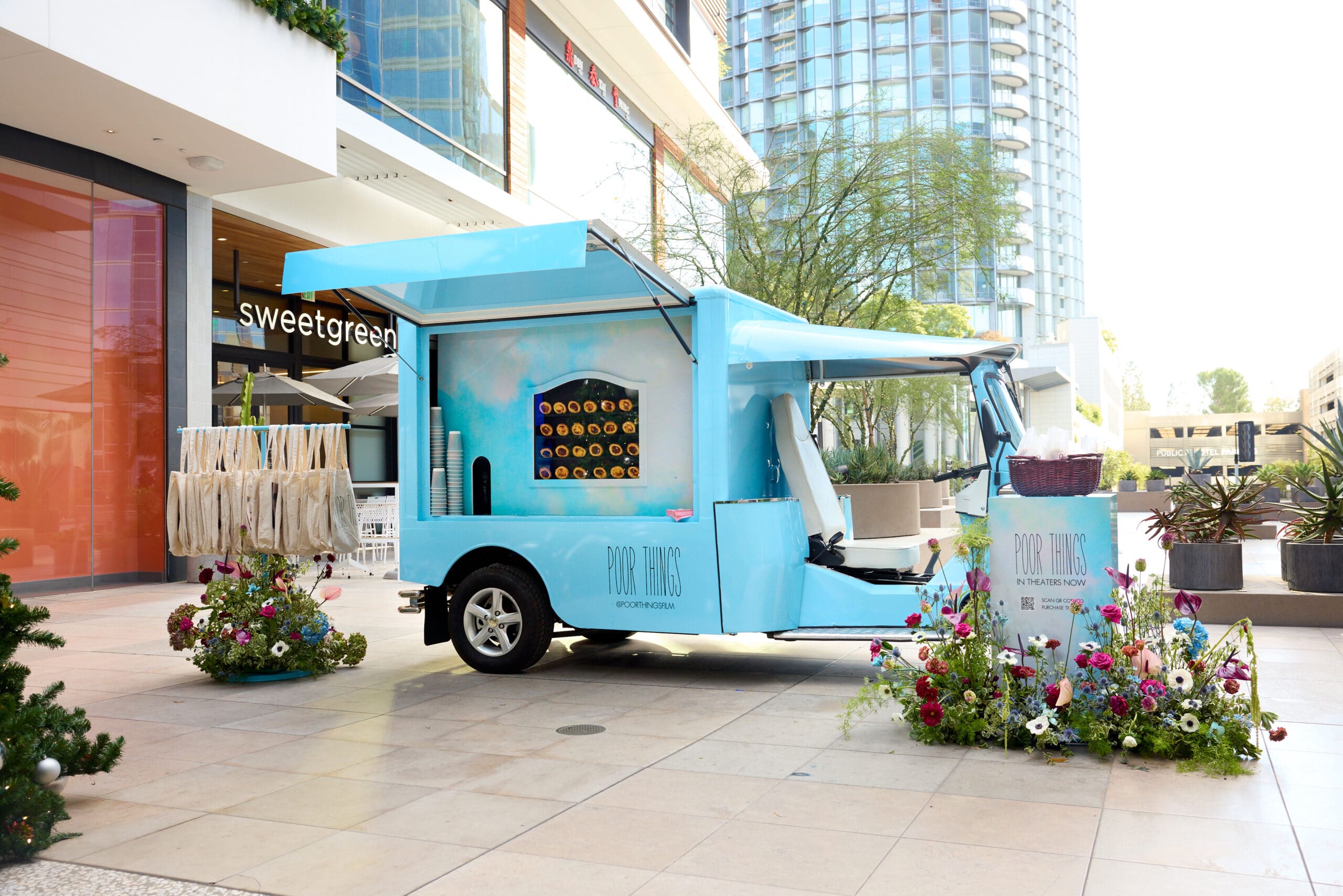
Poor Things Film Premiere Pop-Up
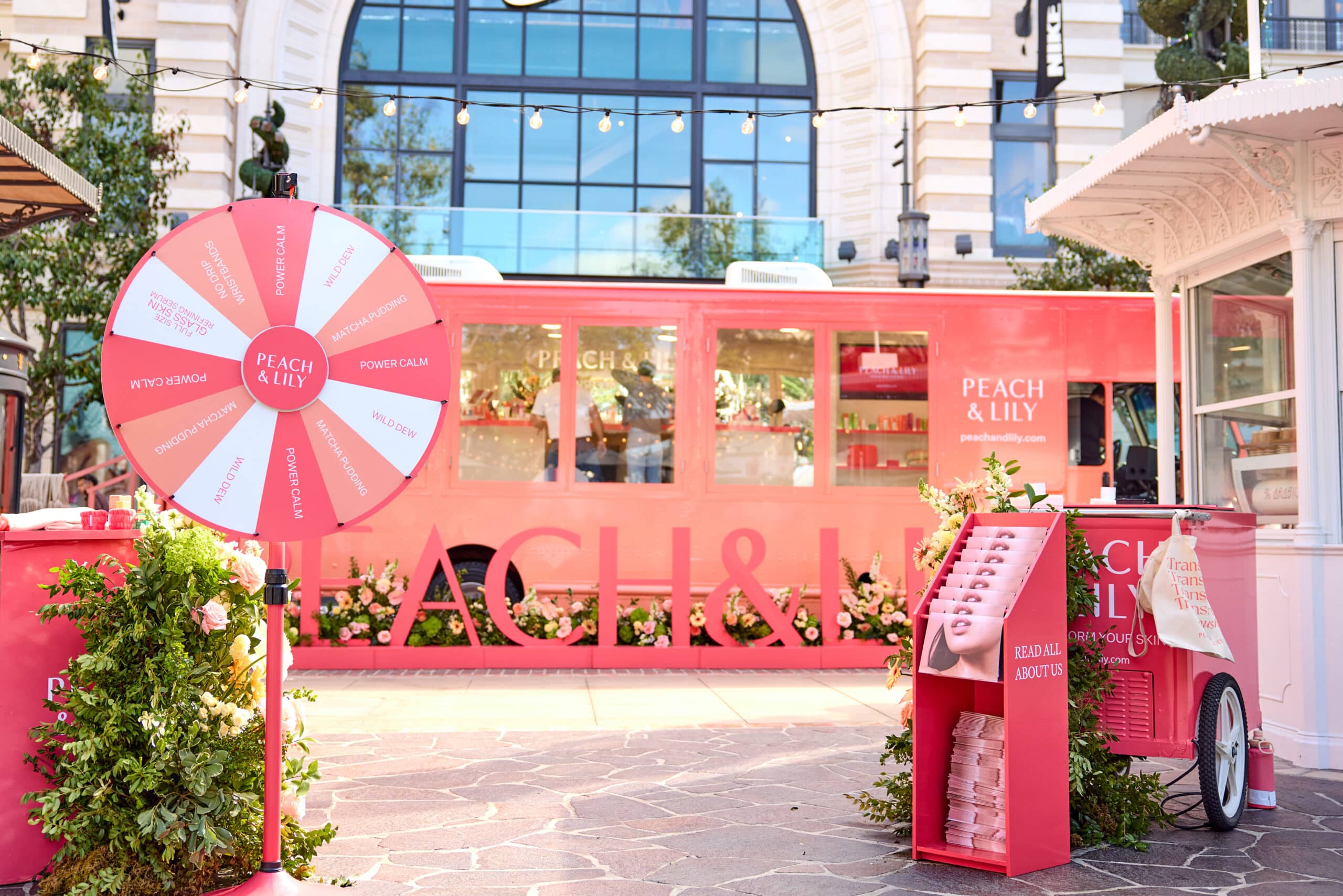
Peach & Lily 5-Year Anniversary Bus Pop-Up
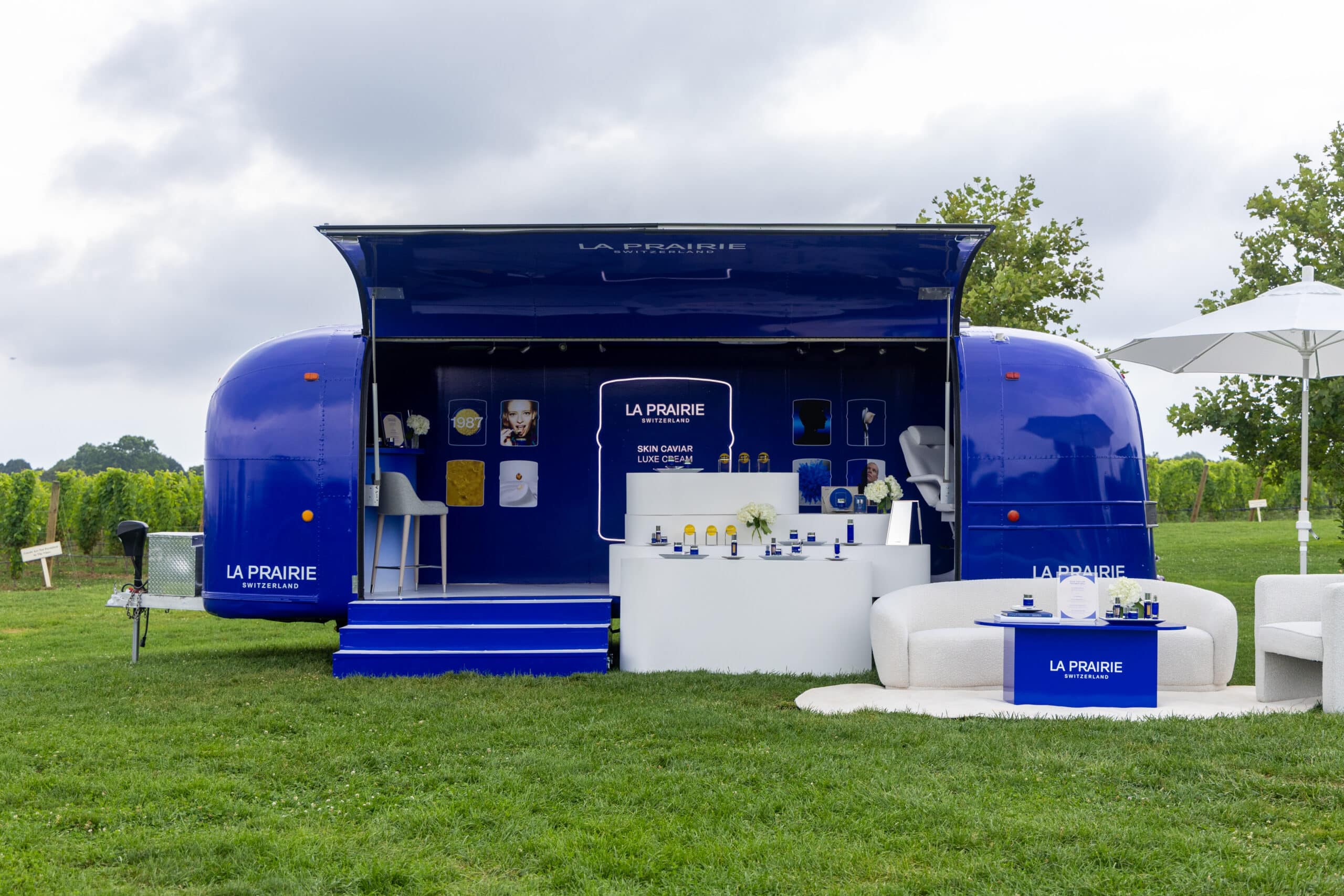
La Prairie Skin Caviar Mobile Pop-Up Spa
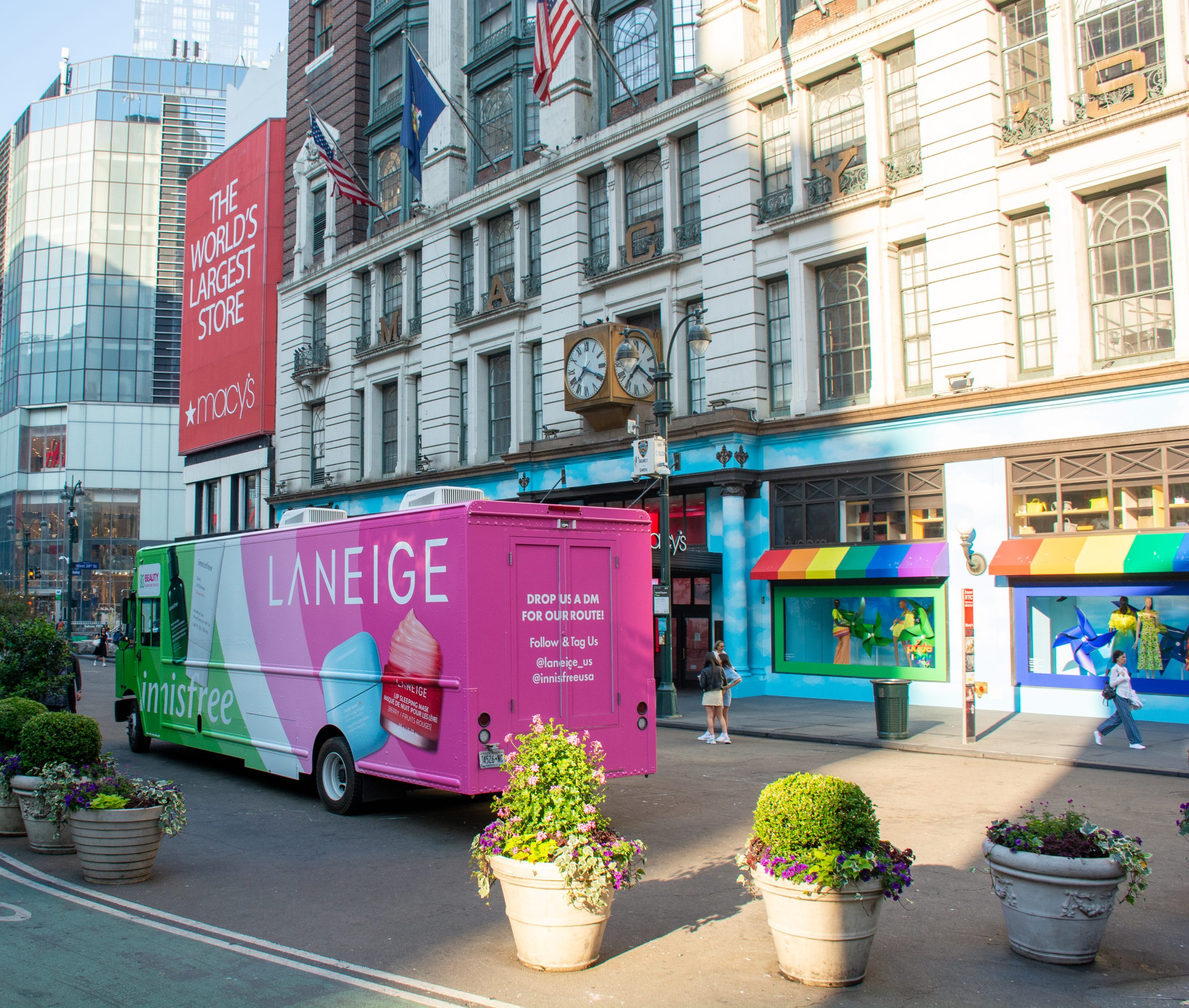
LANEIGE x innisfree Glow On-The-Go Bus Tour
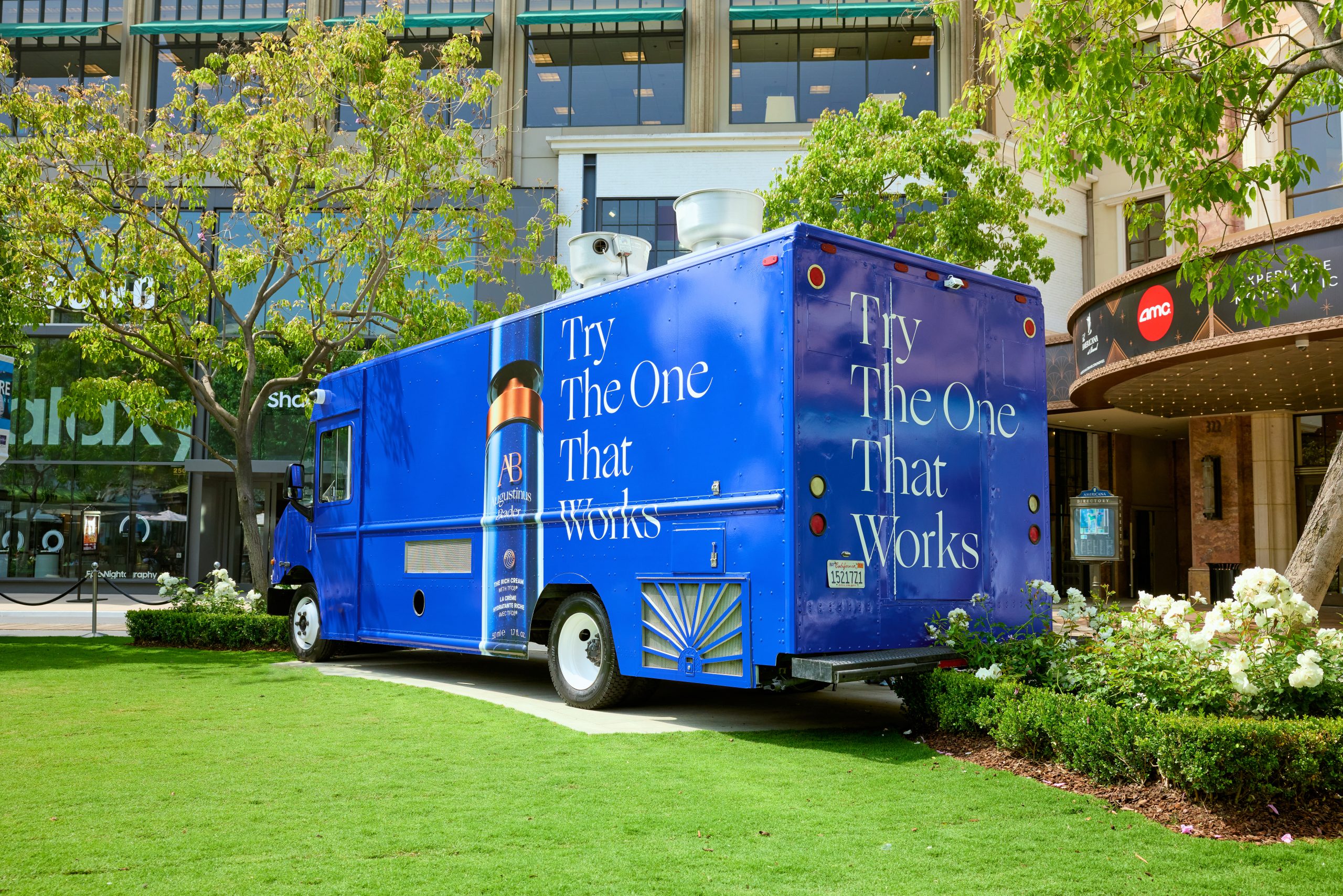
Augustinus Bader
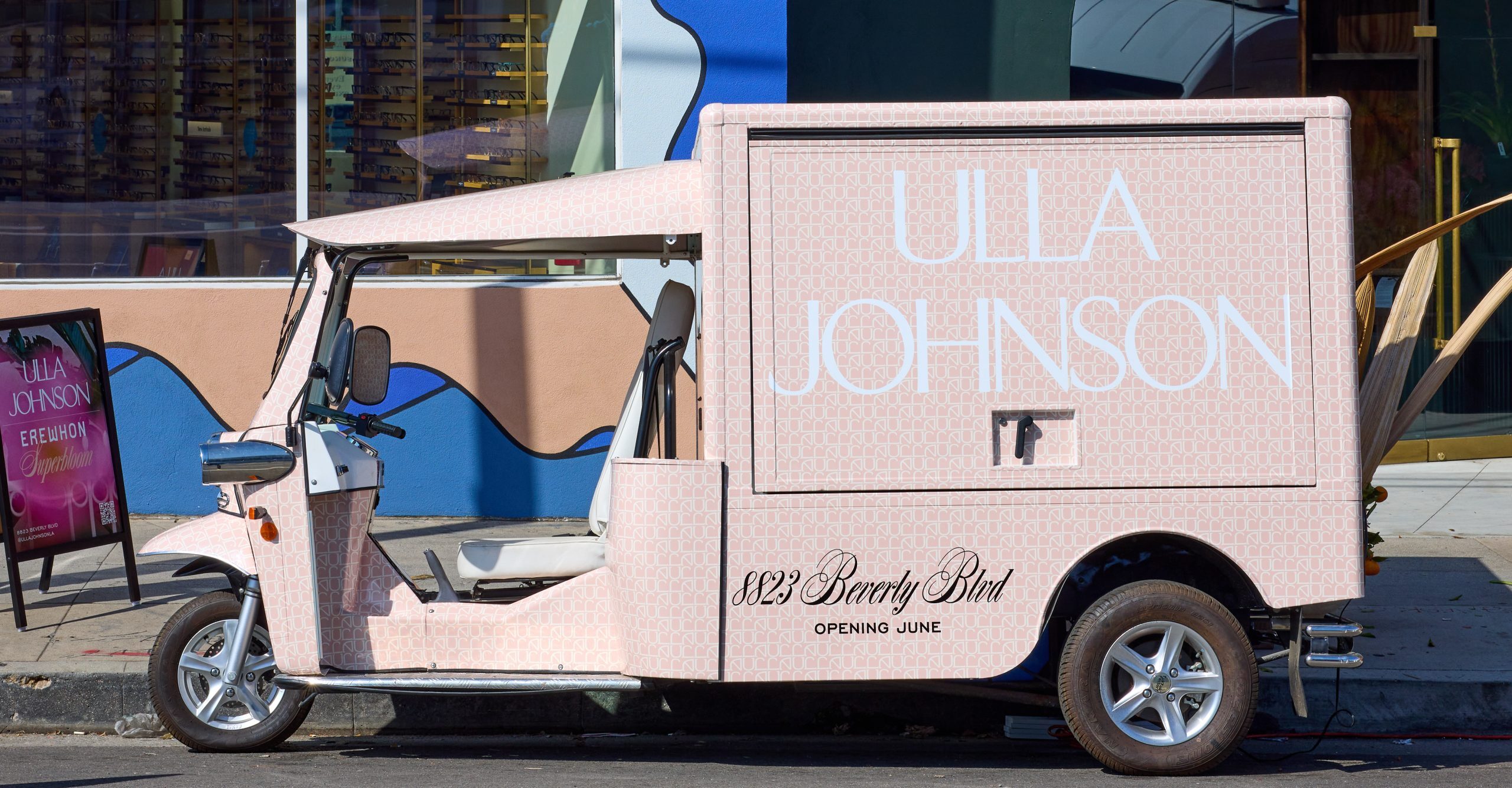
Ulla Johnson
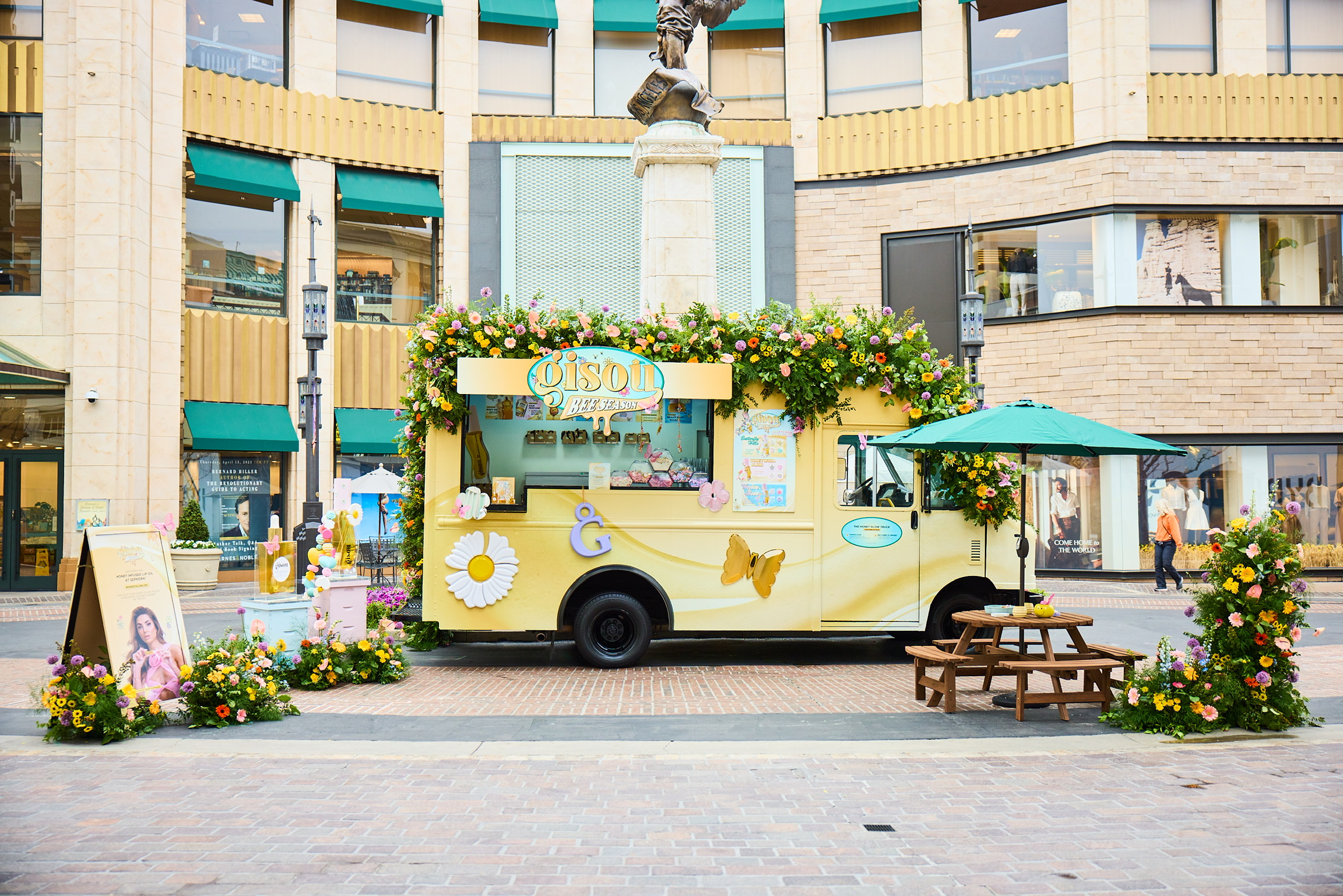
Gisou
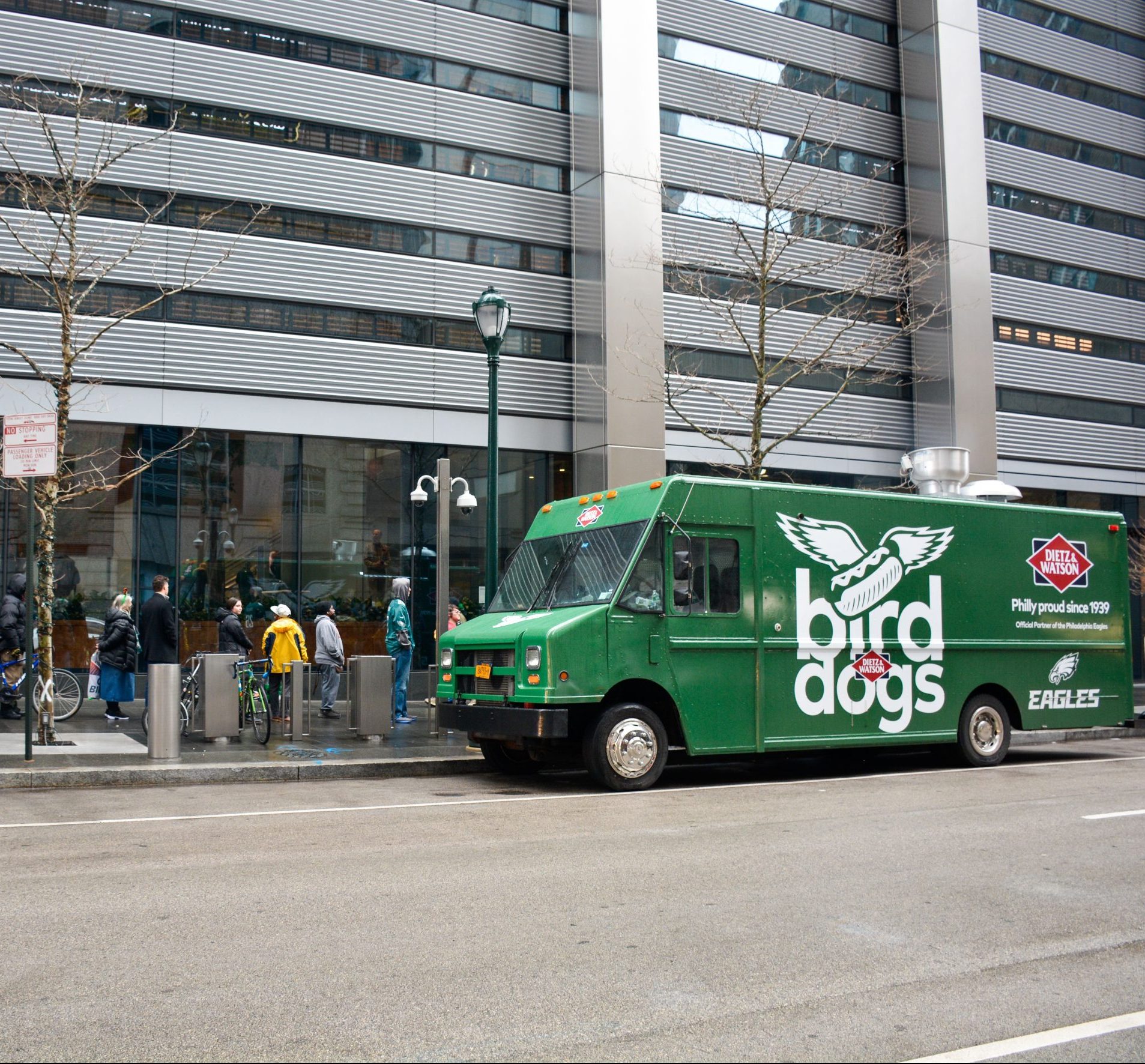
Dietz & Watson
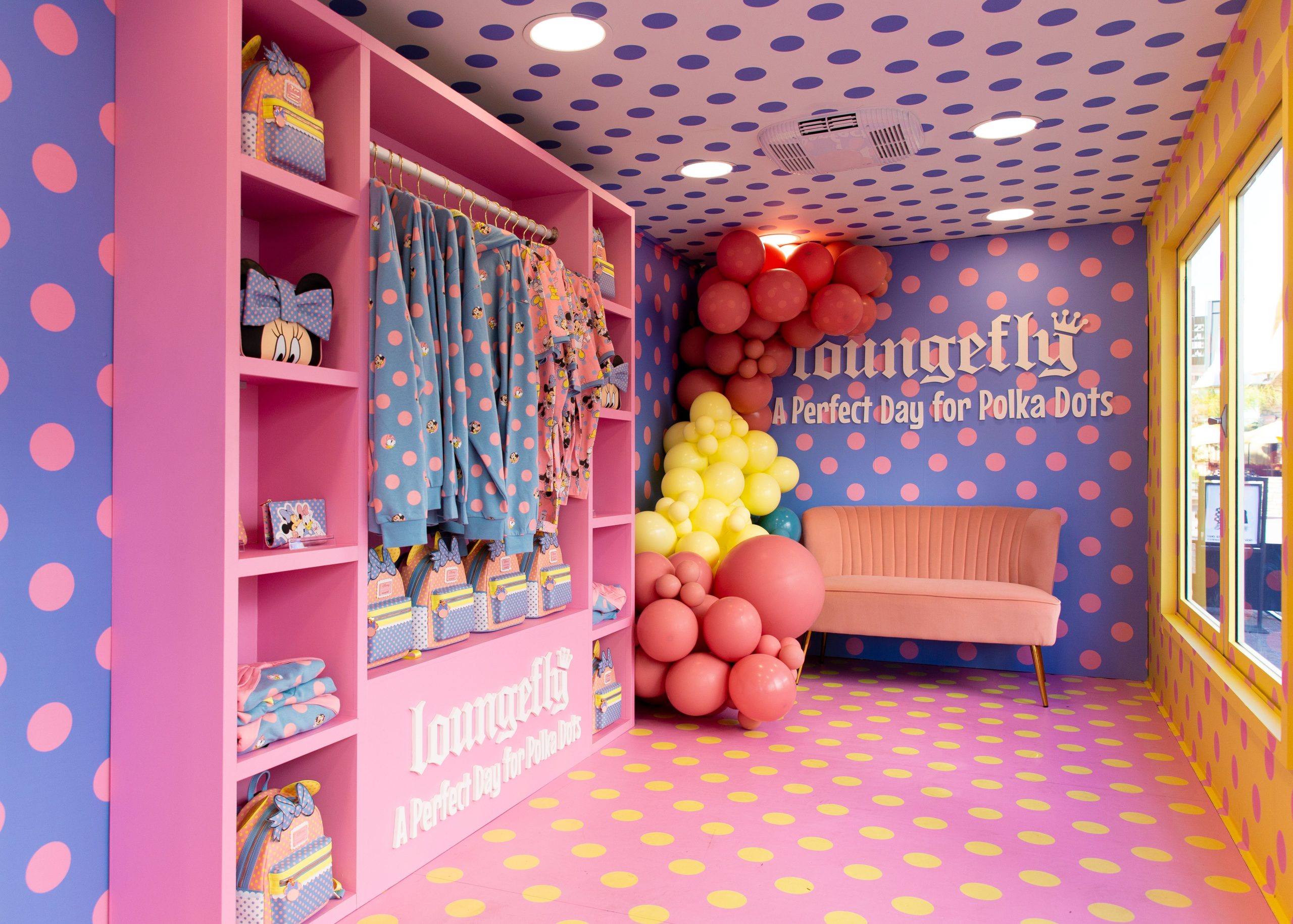
Loungefly
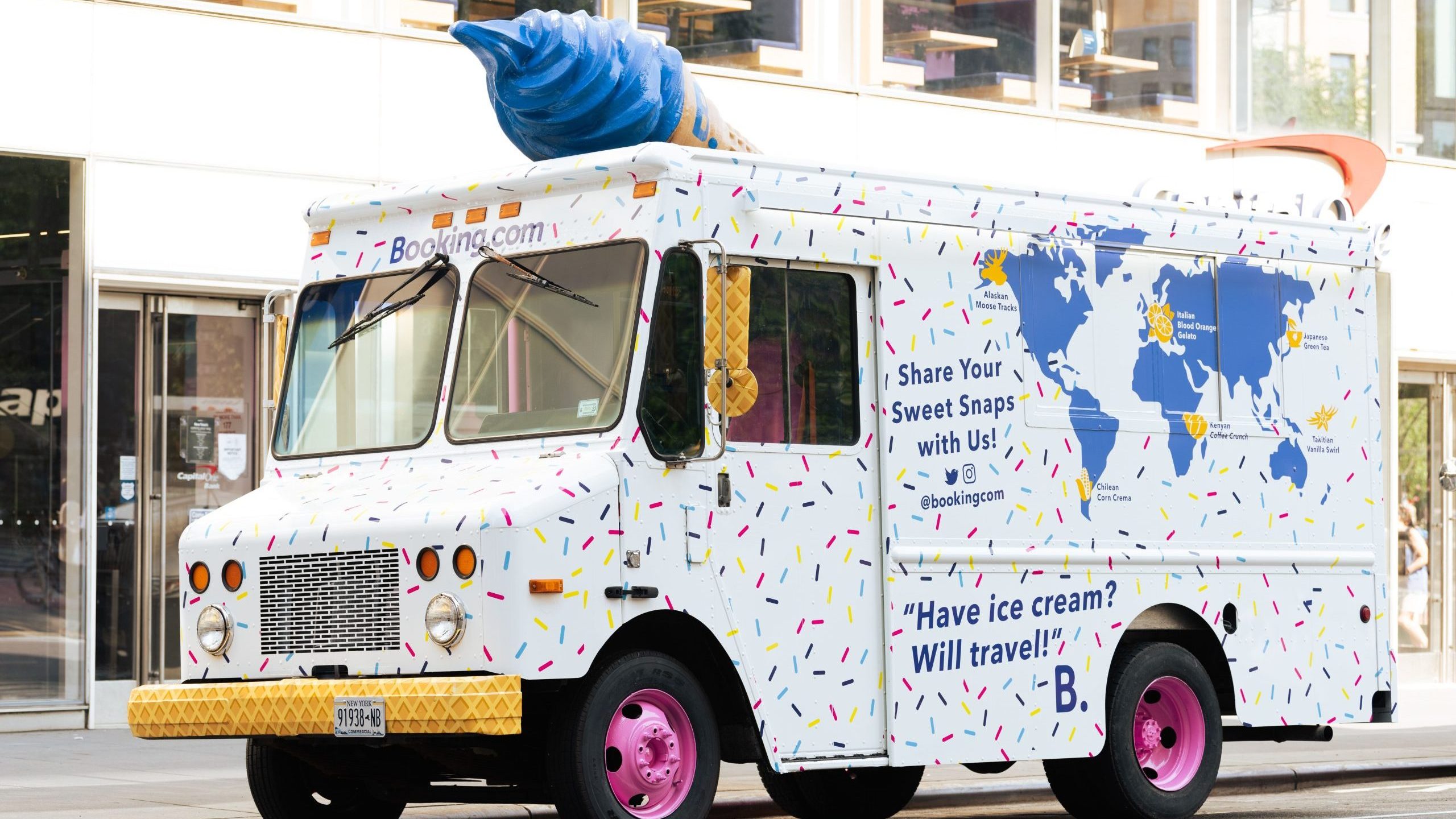
Booking.com
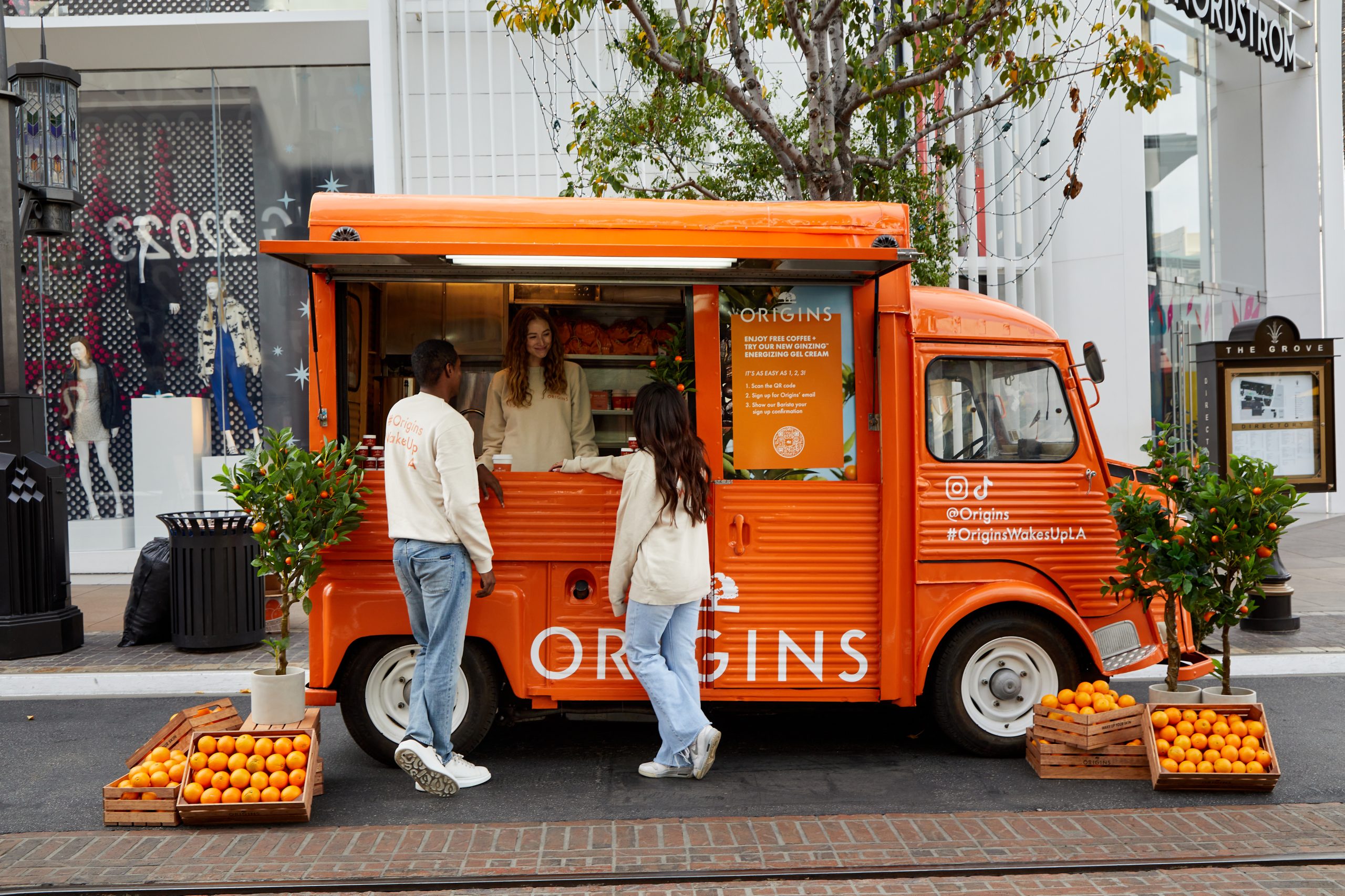
Origins
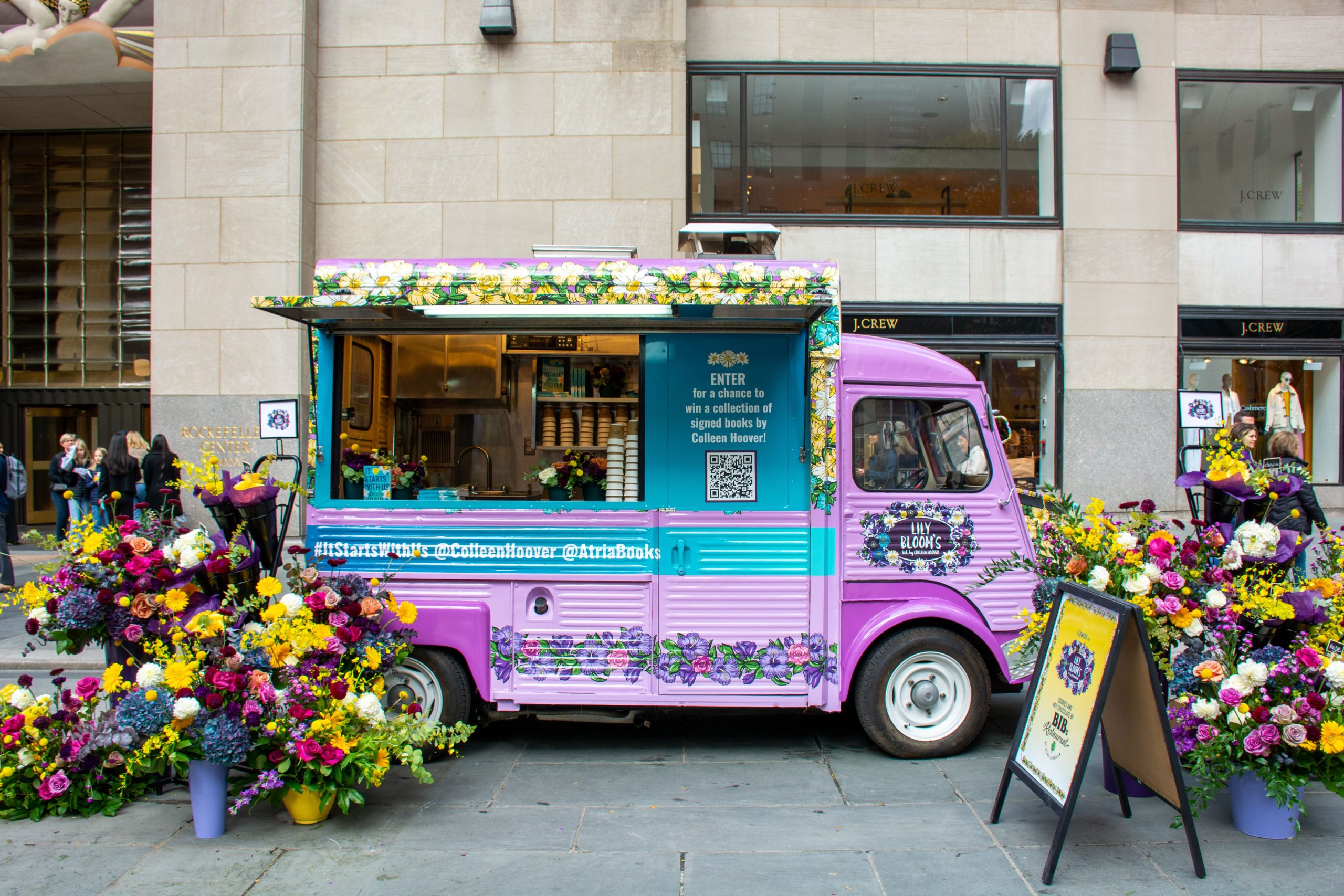
Simon & Schuster
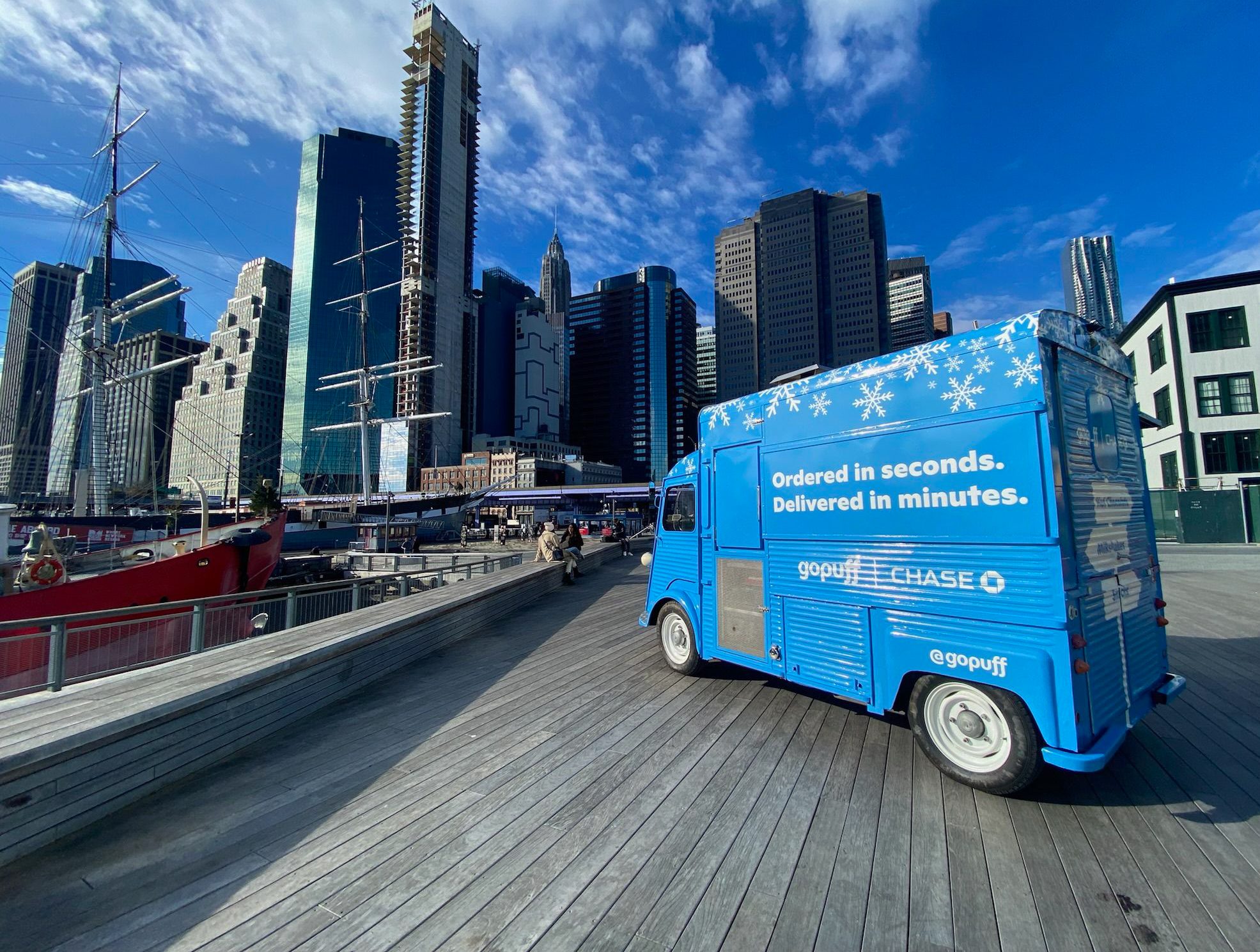
Gopuff
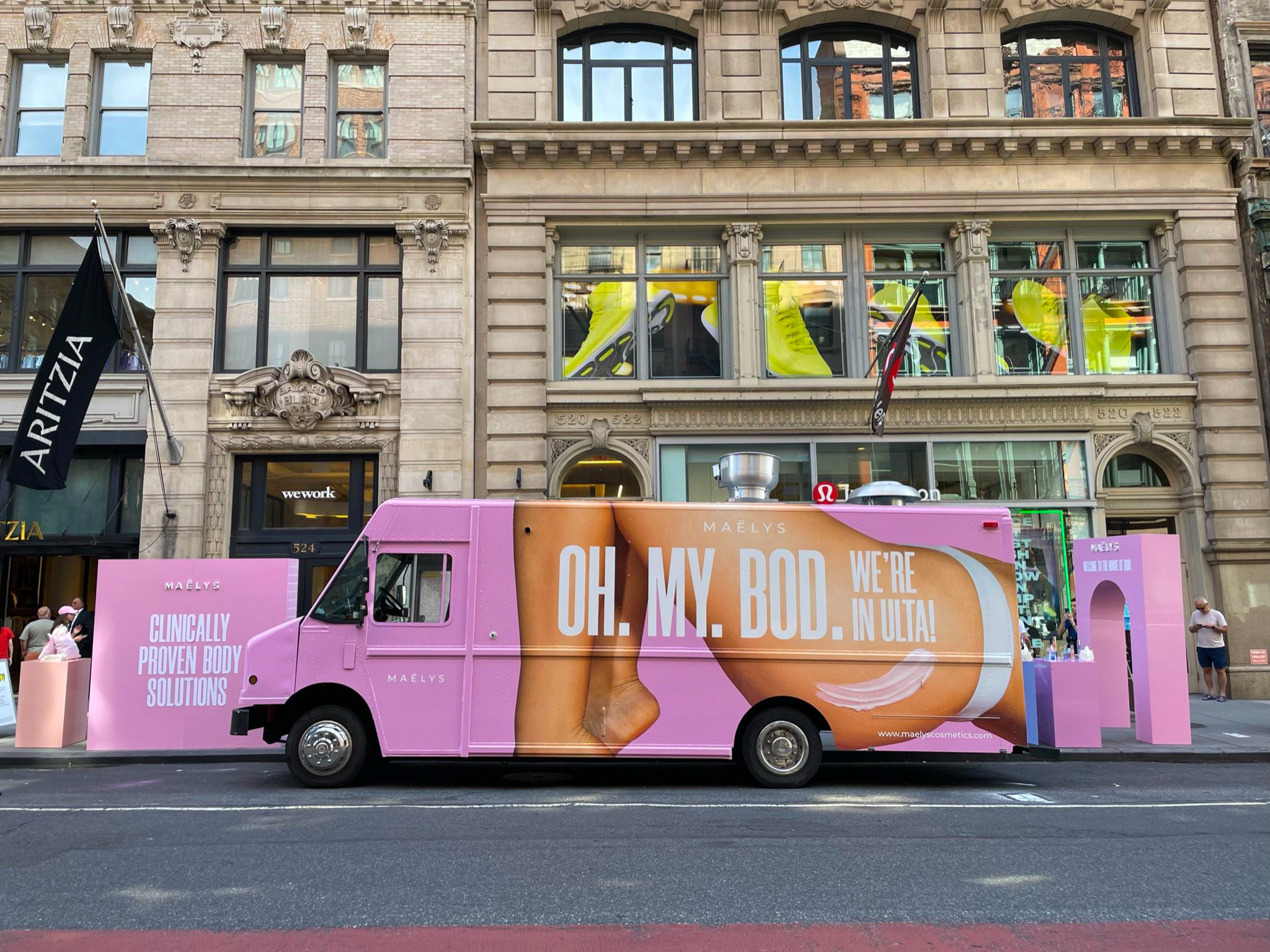
MAËLYS
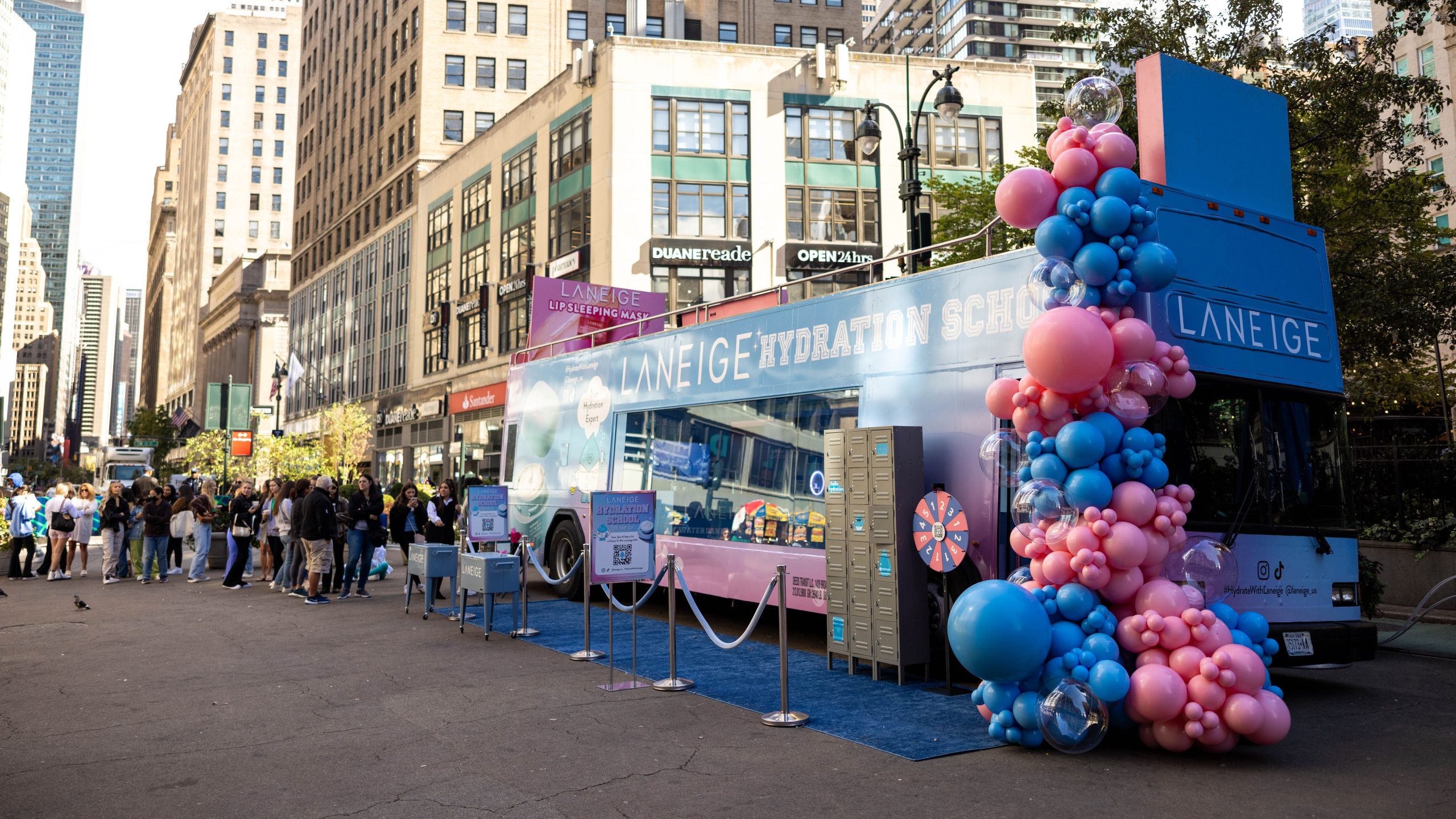
Laneige
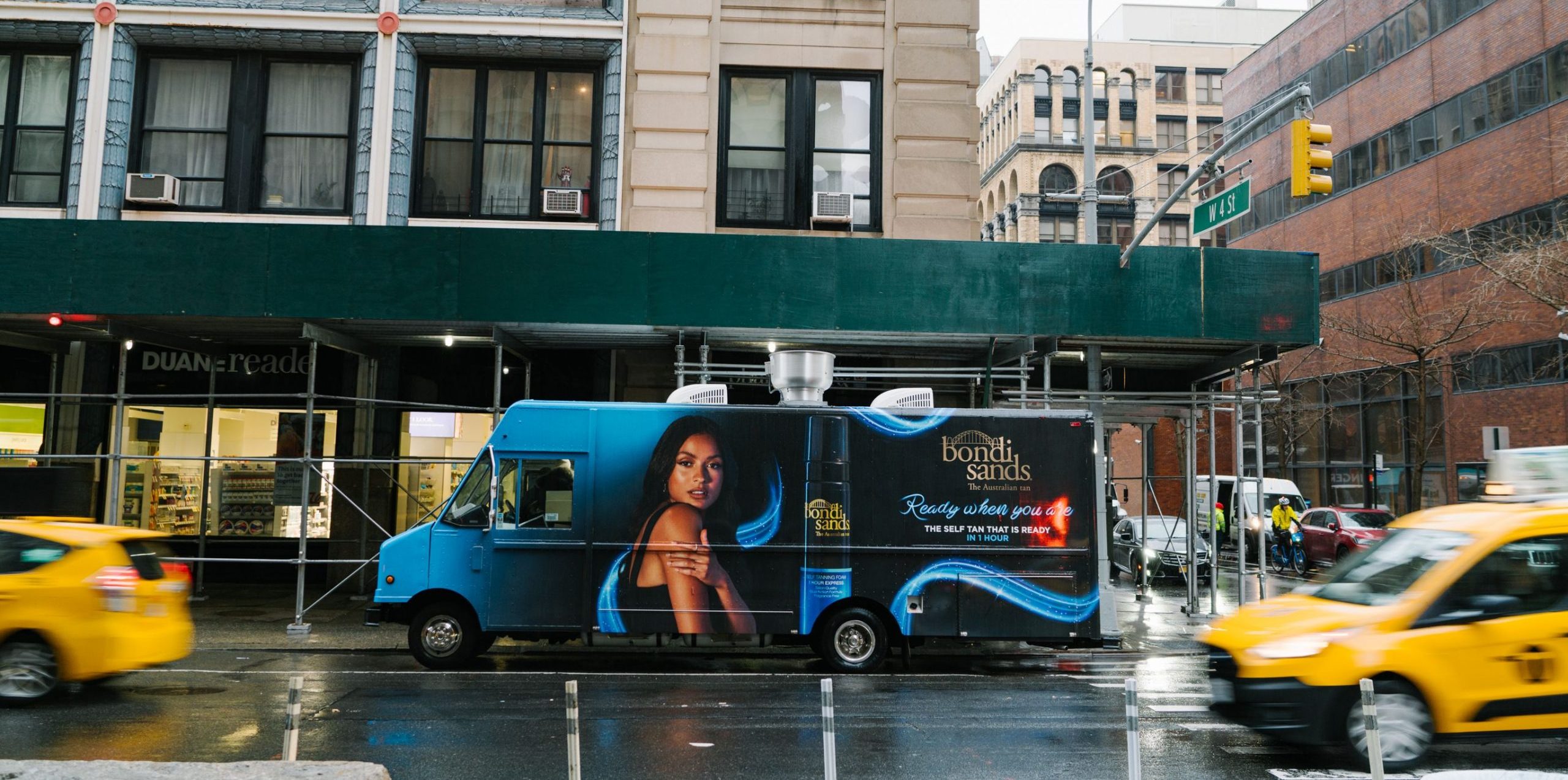
Bondi Sands
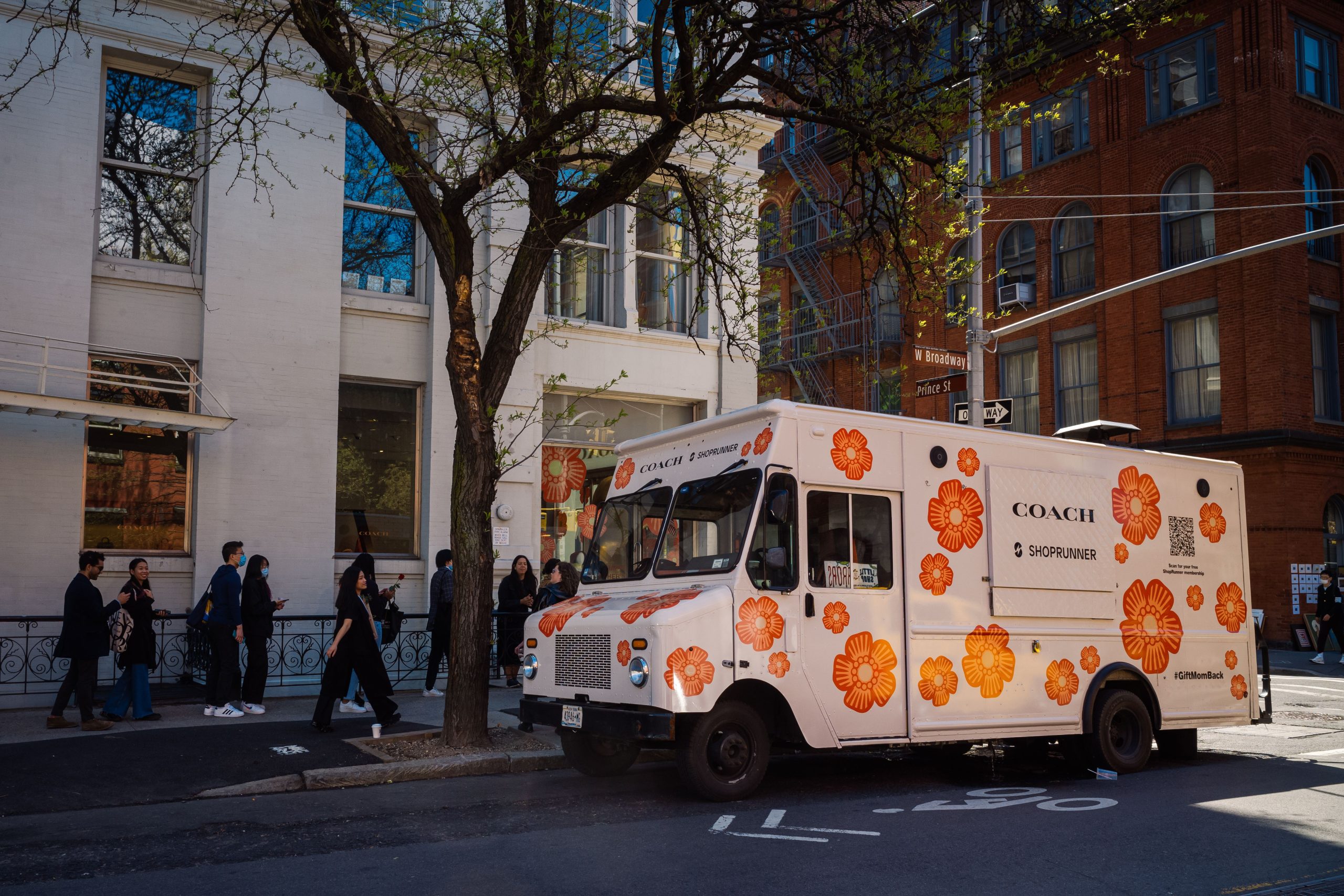
ShopRunner x Coach
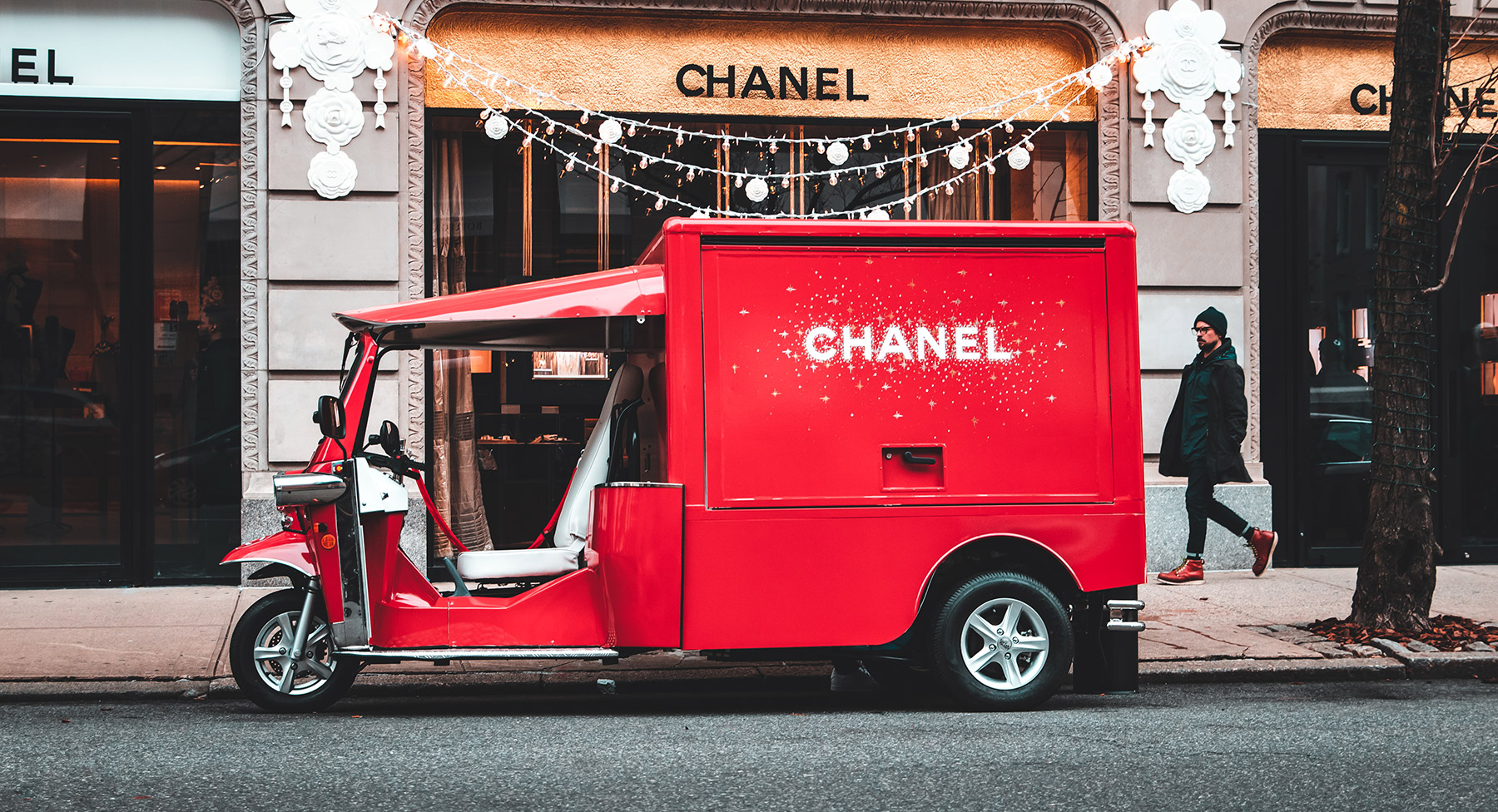
Chanel
vehicles
Experiential vehicles offer the flexibility to create diverse in-person brand activations, from immersive experiences to product sampling. Whether you’re looking for something big like a food truck, or the compact charm of a tuk-tuk or Citroen, we offer a range of experiential vehicles that are suited for every need.
